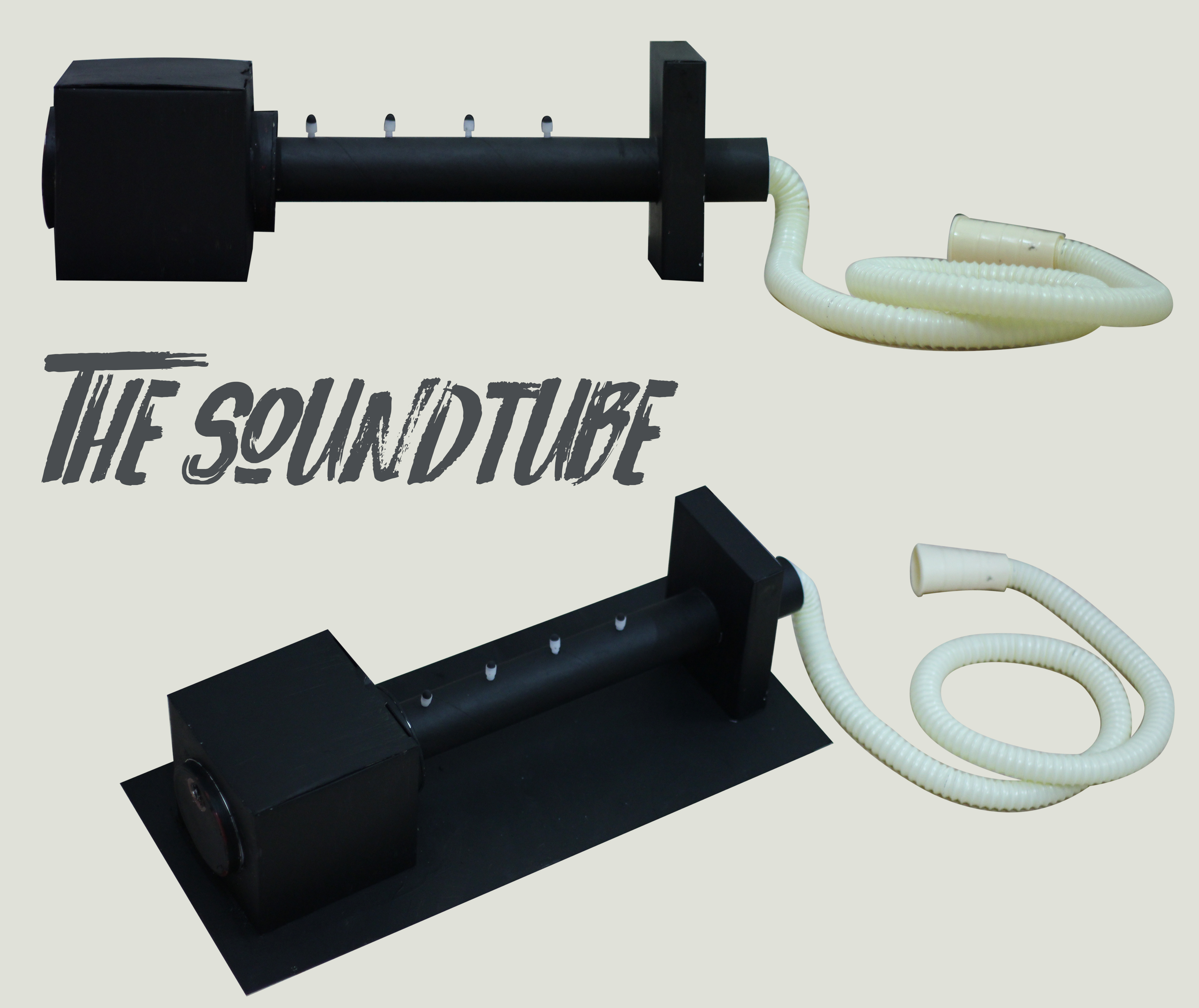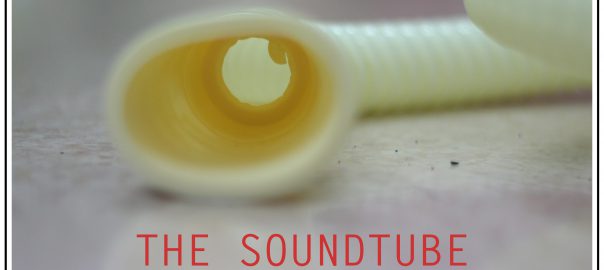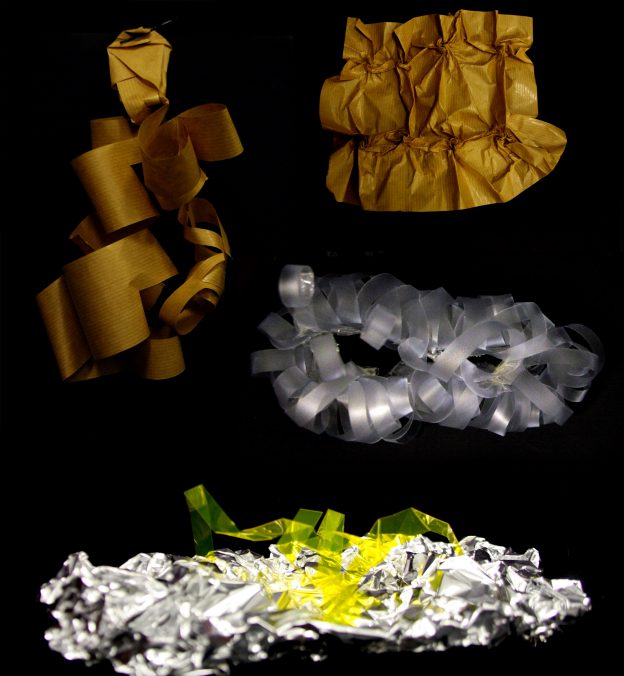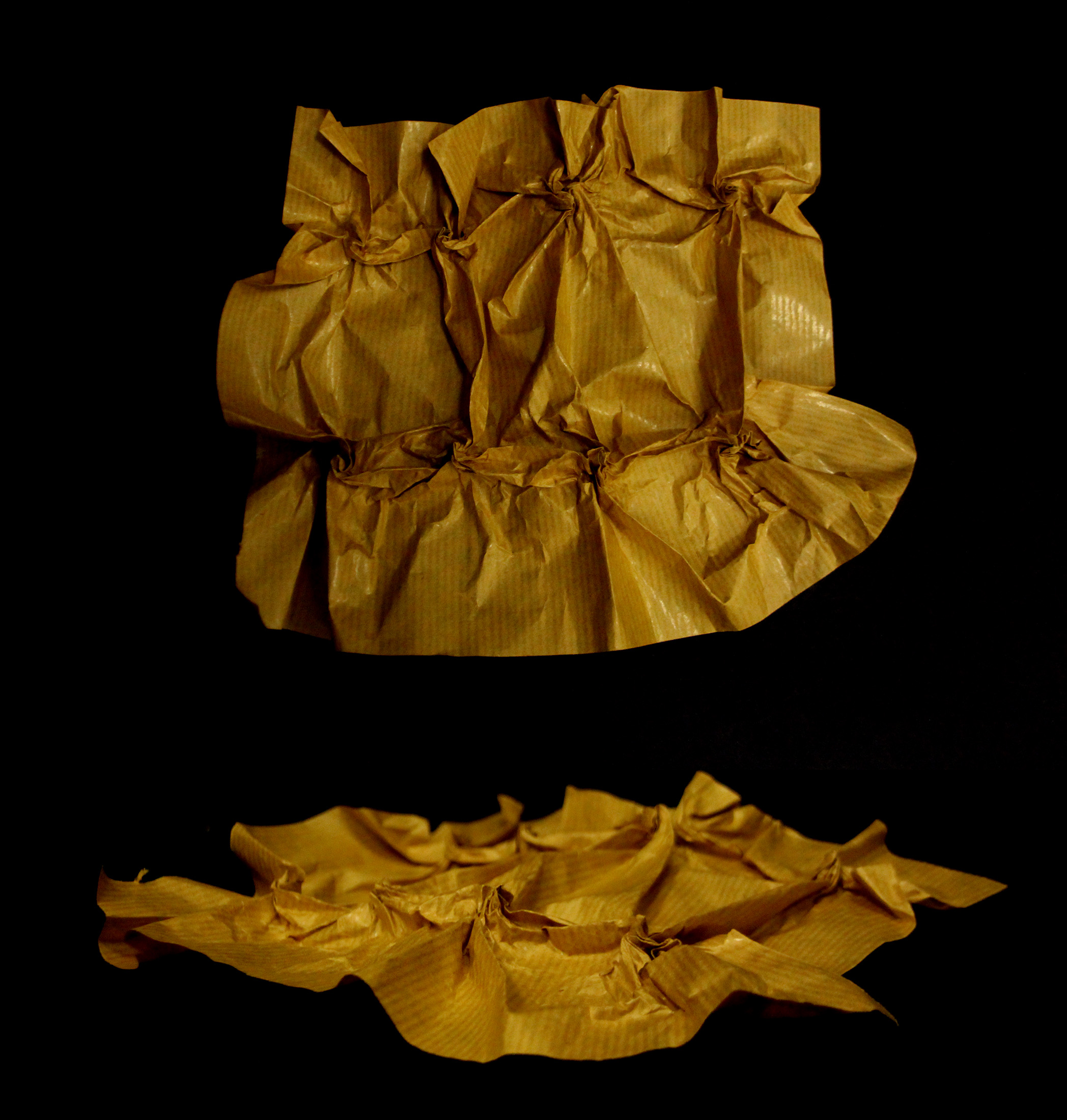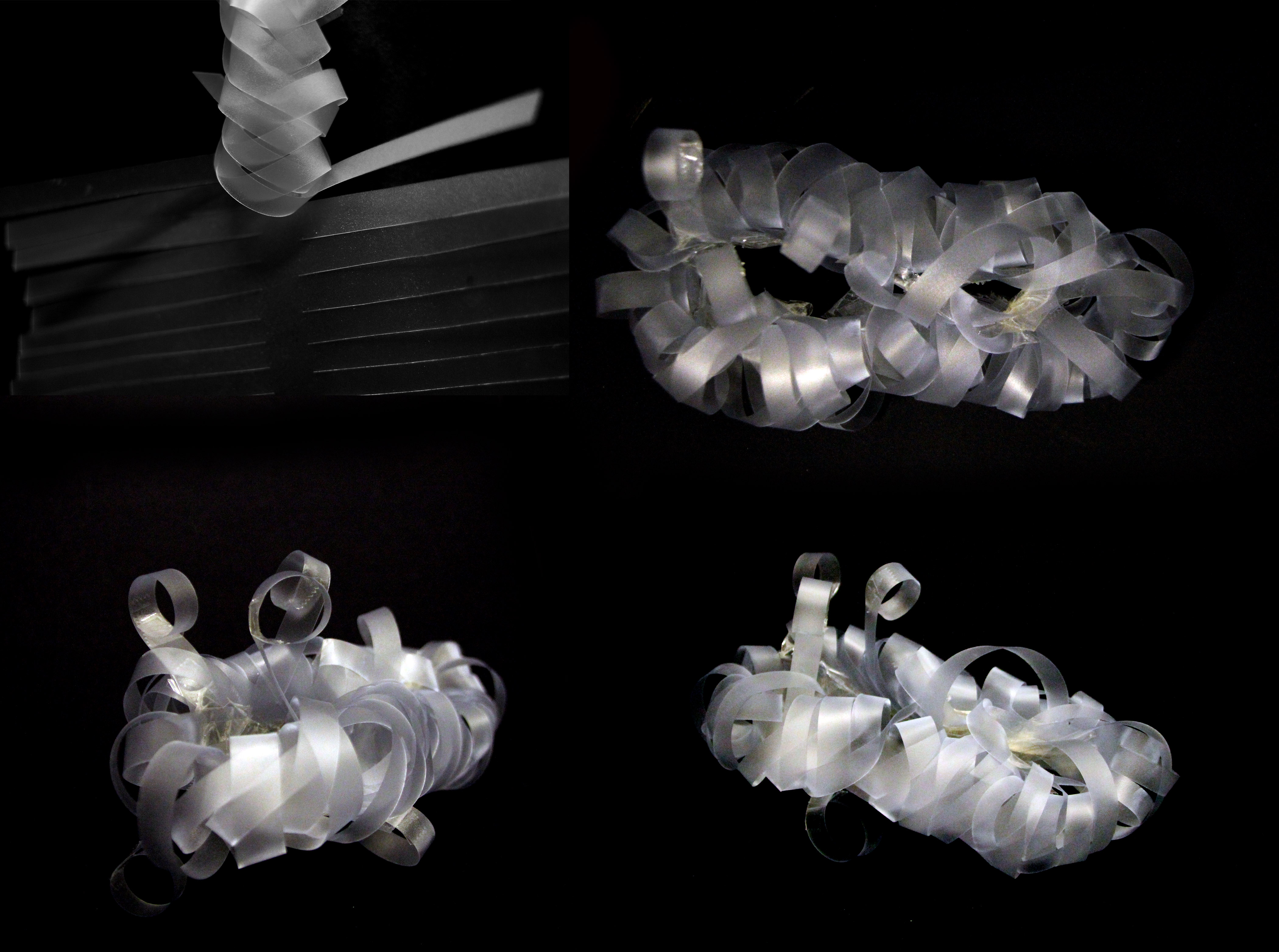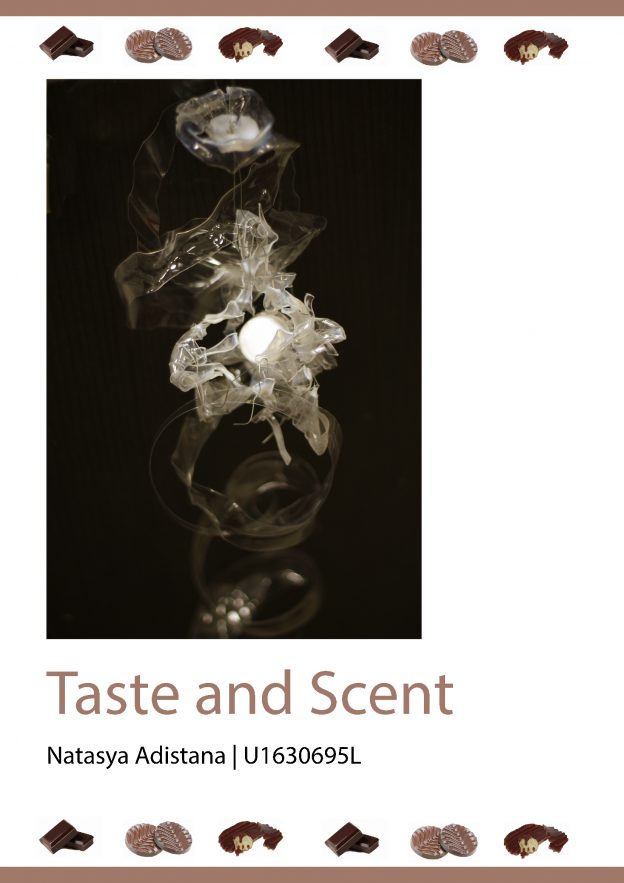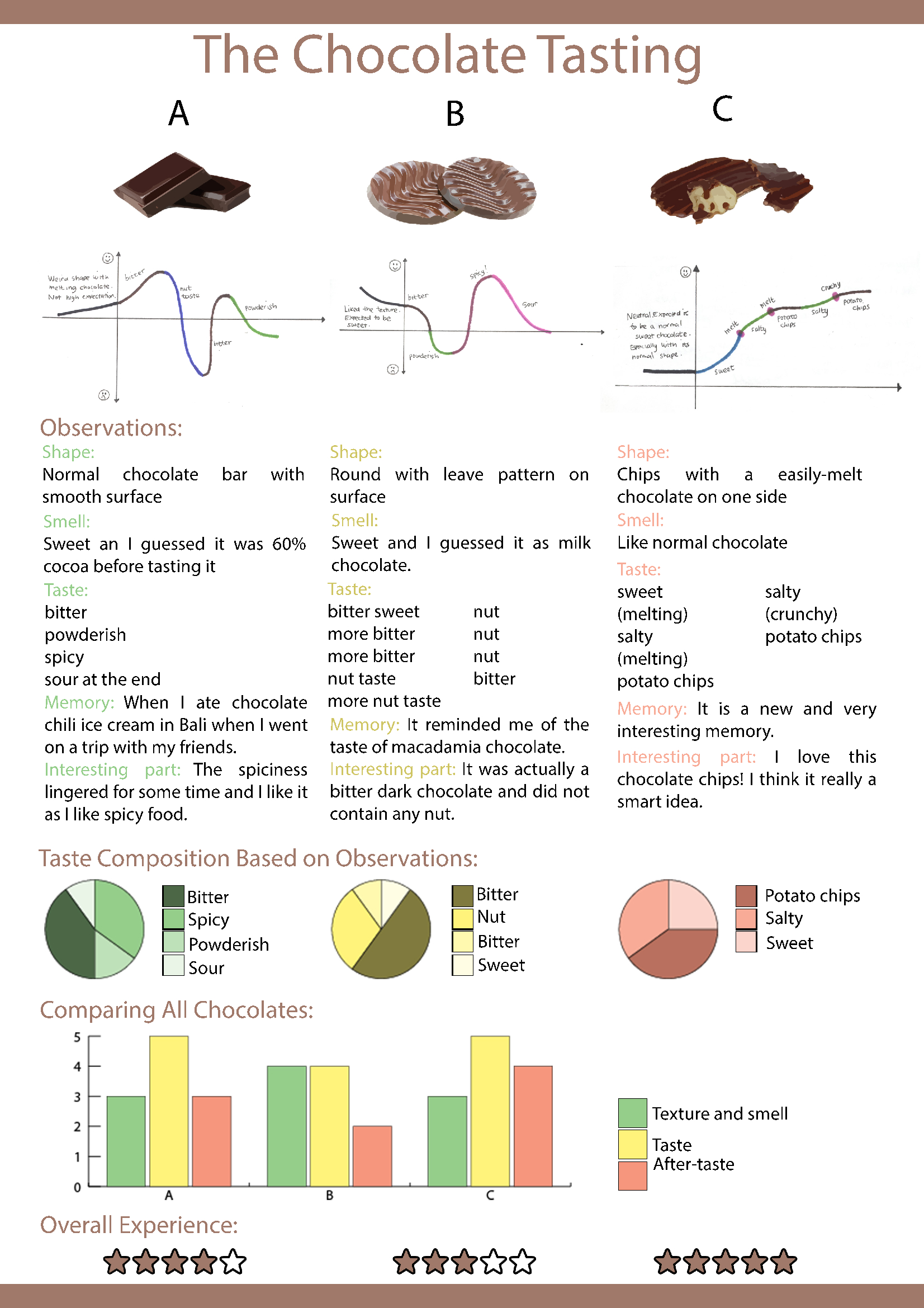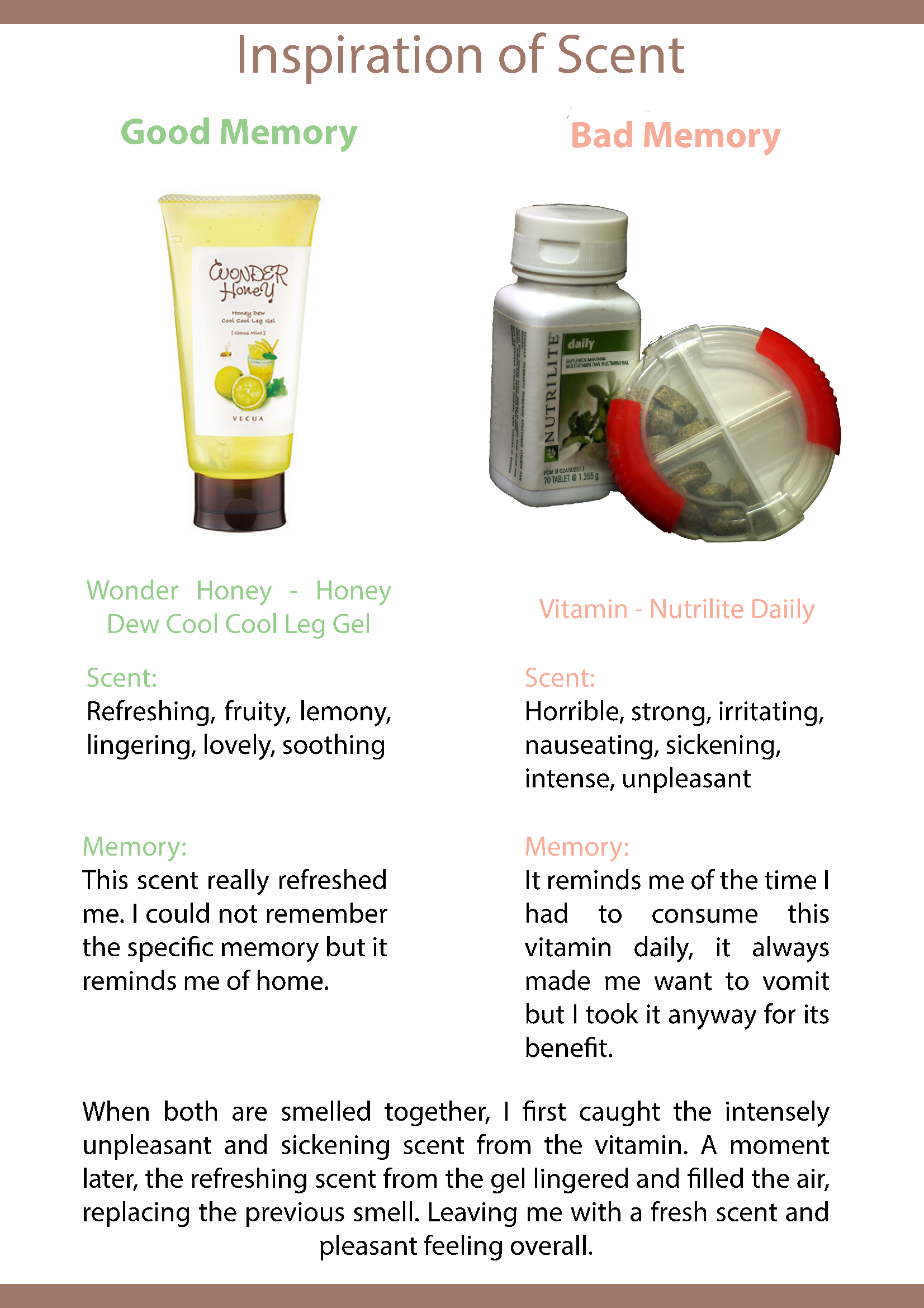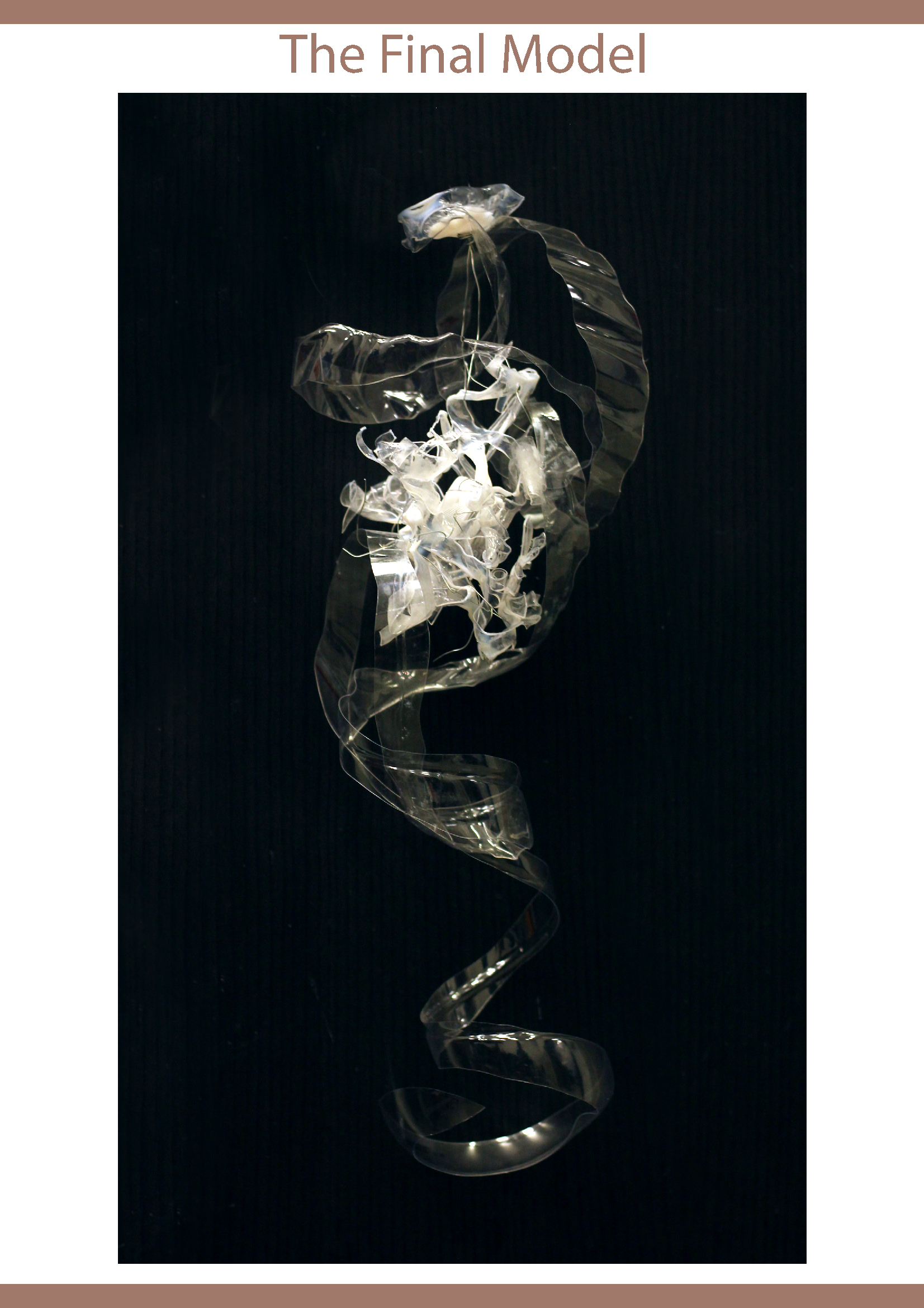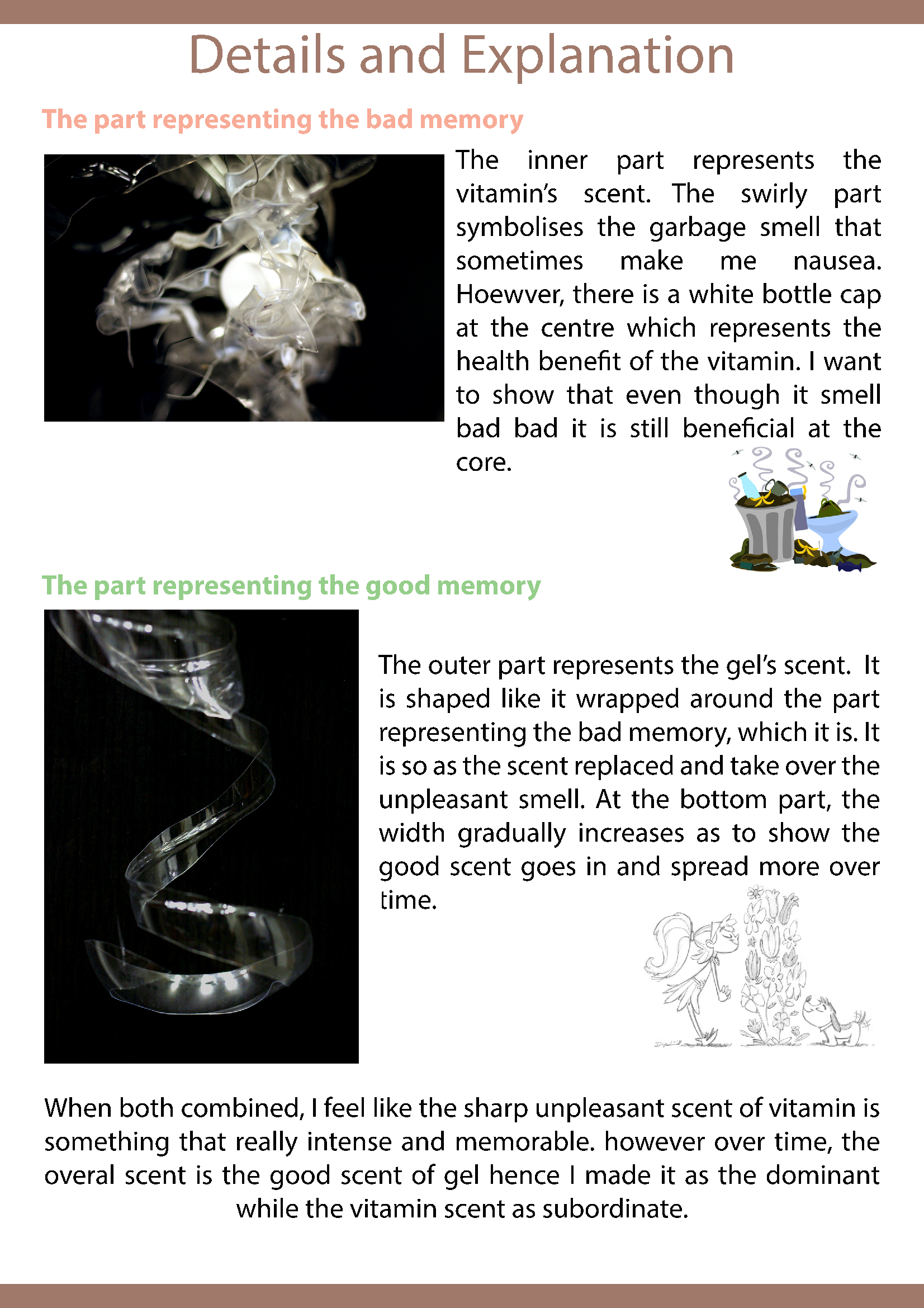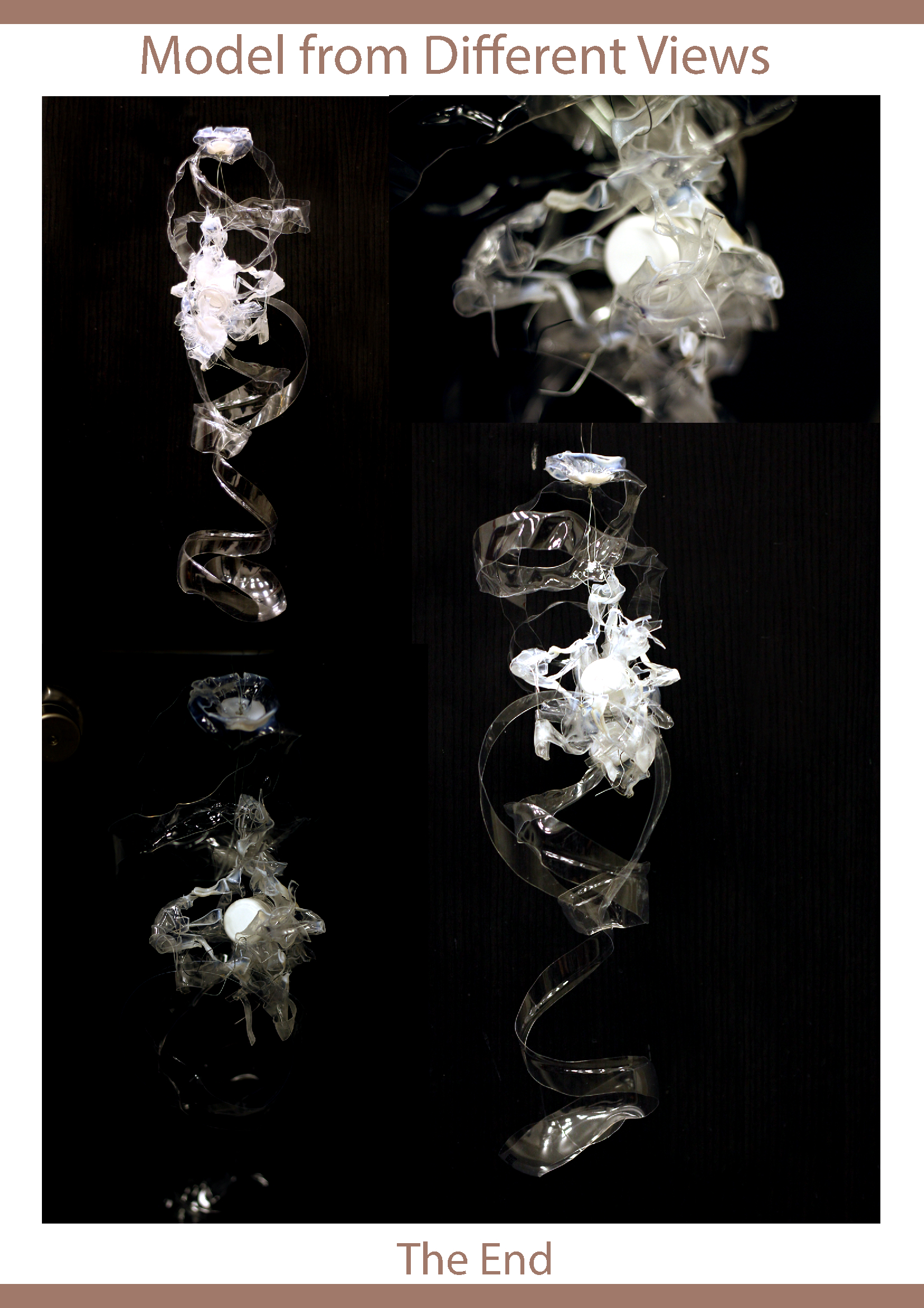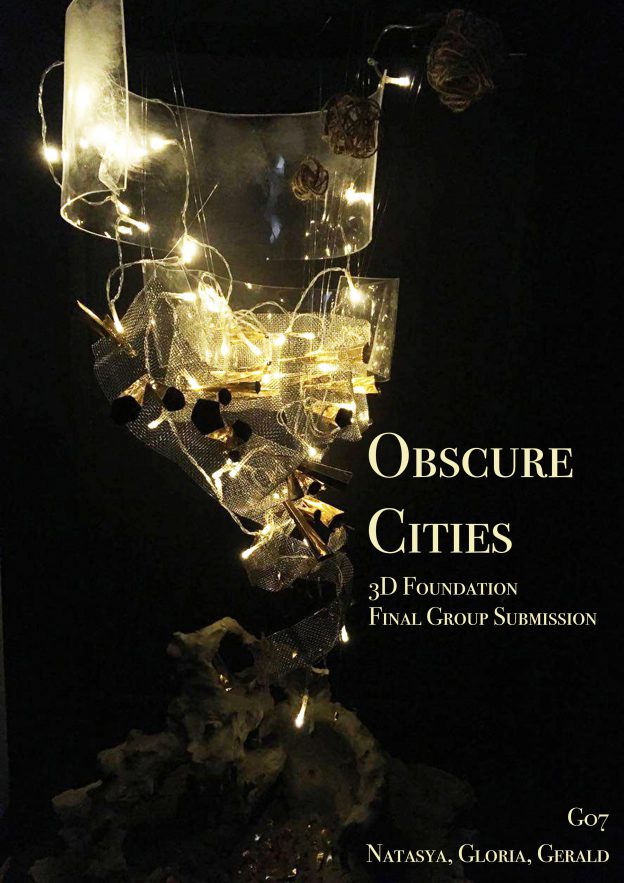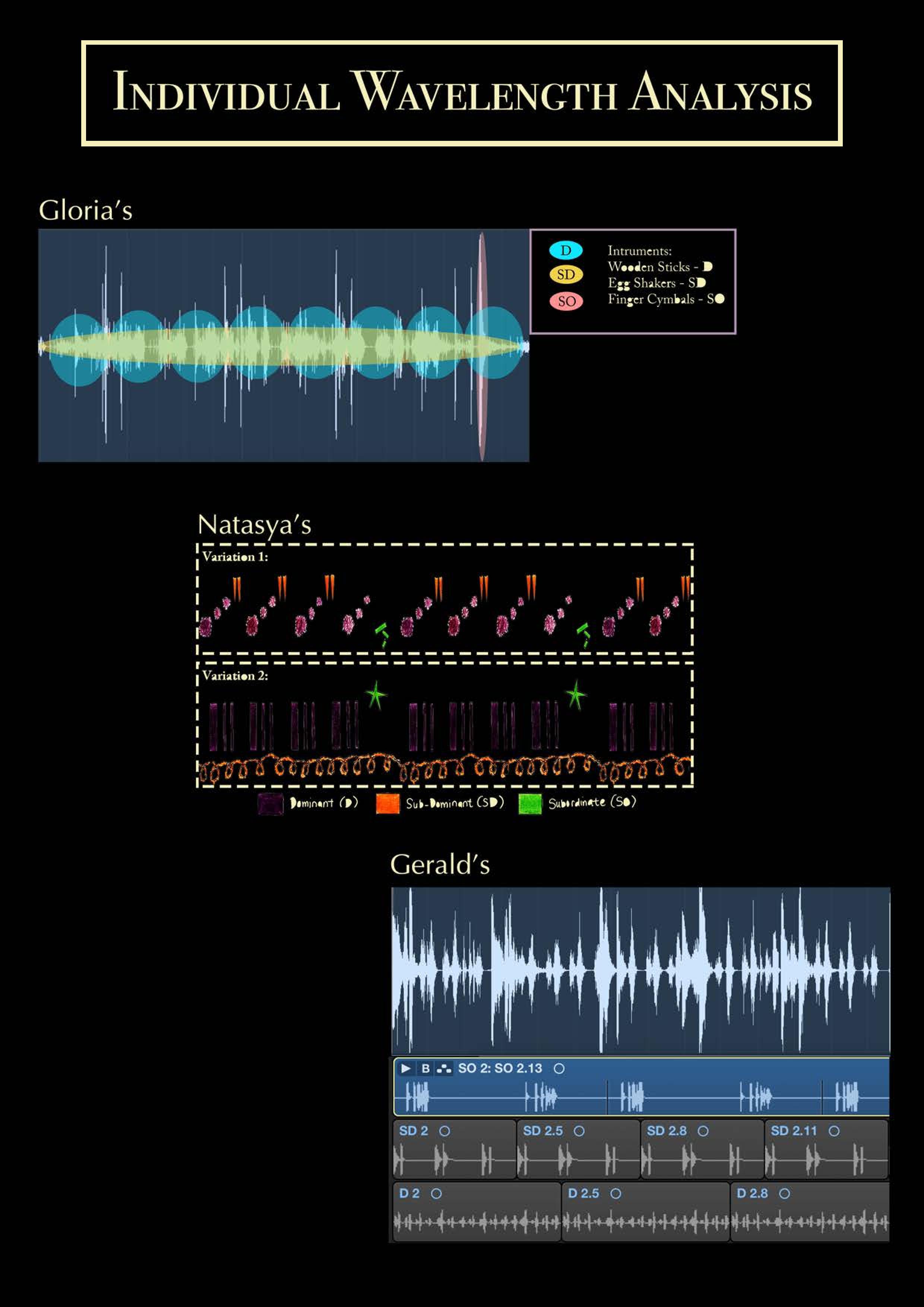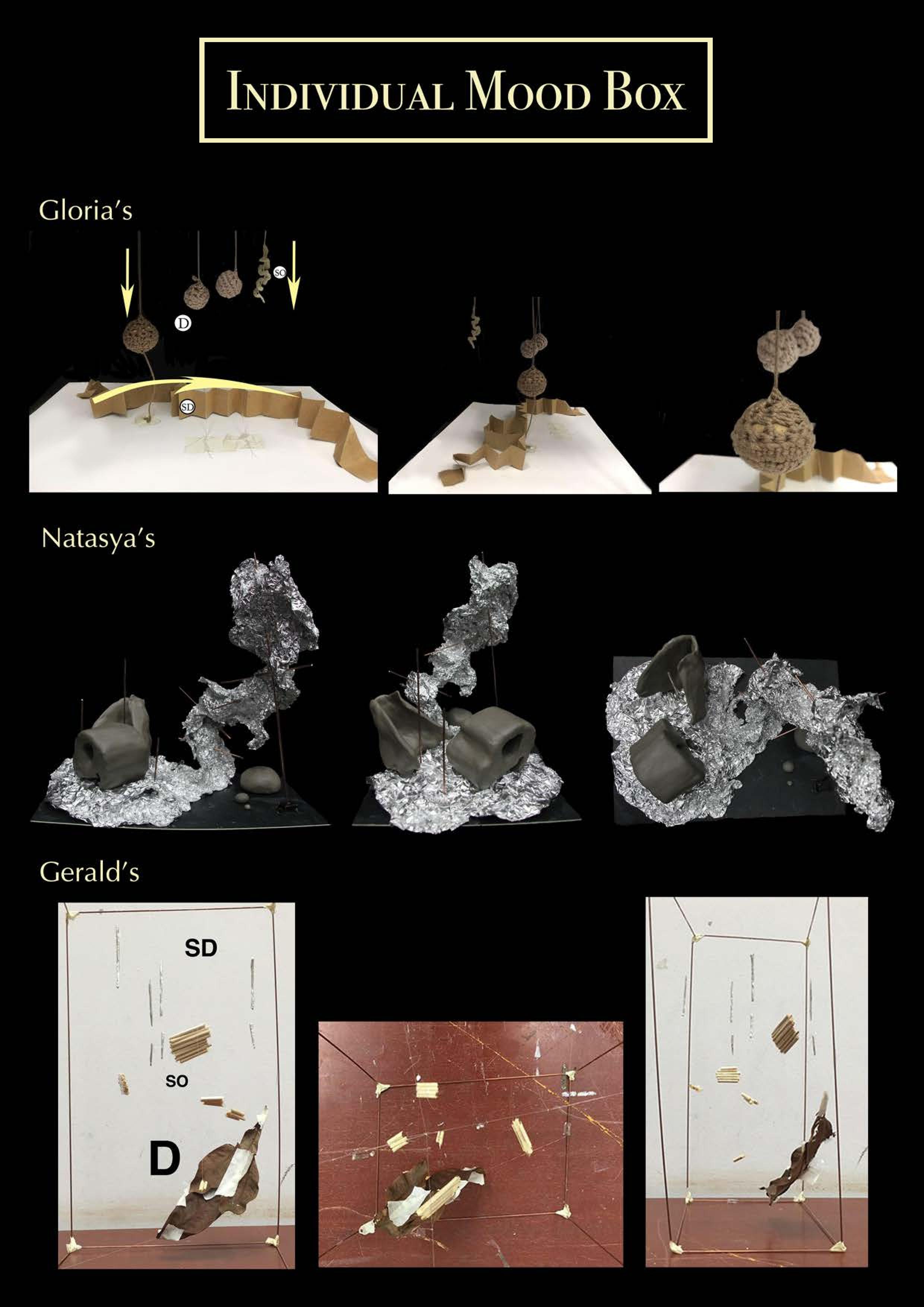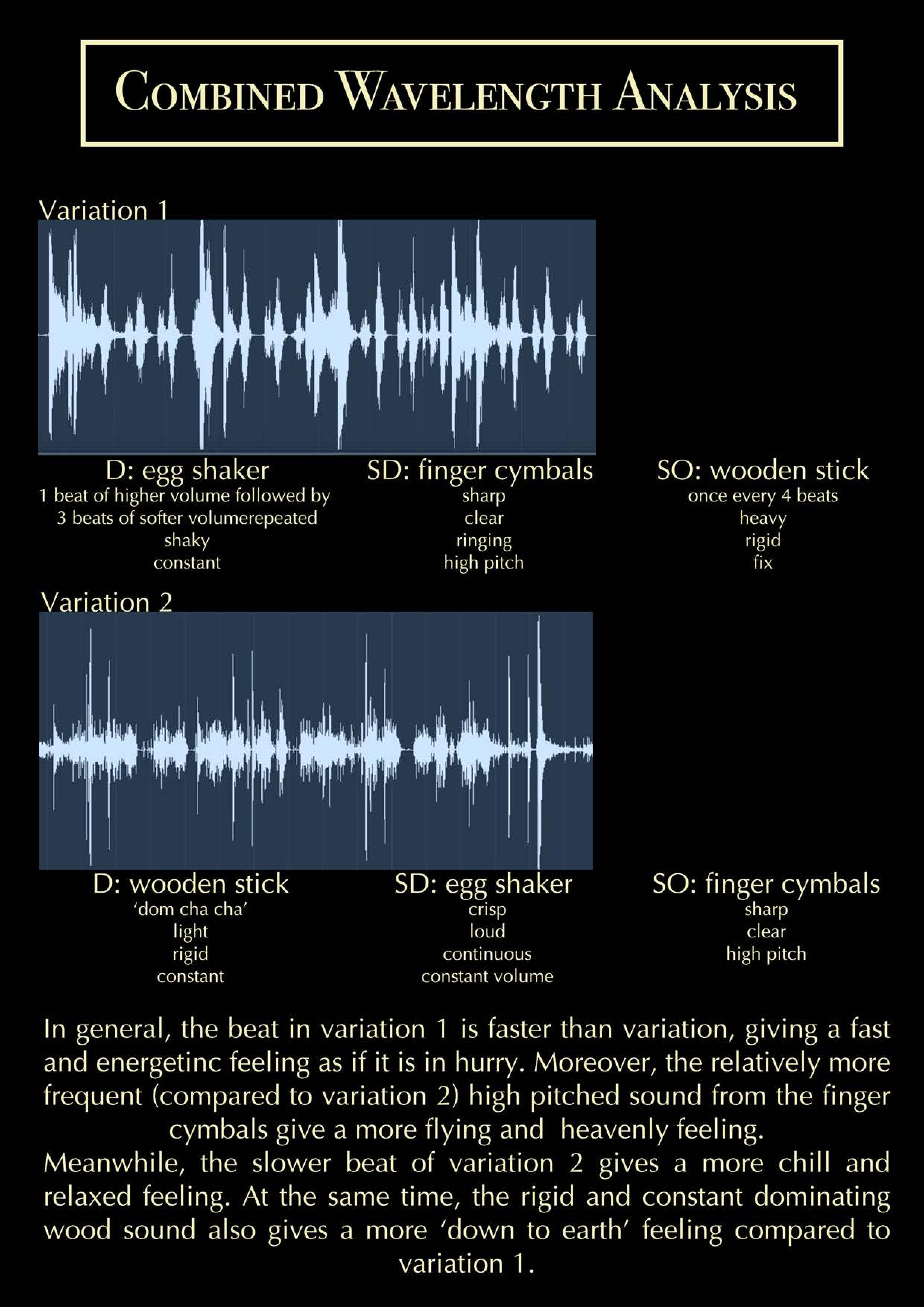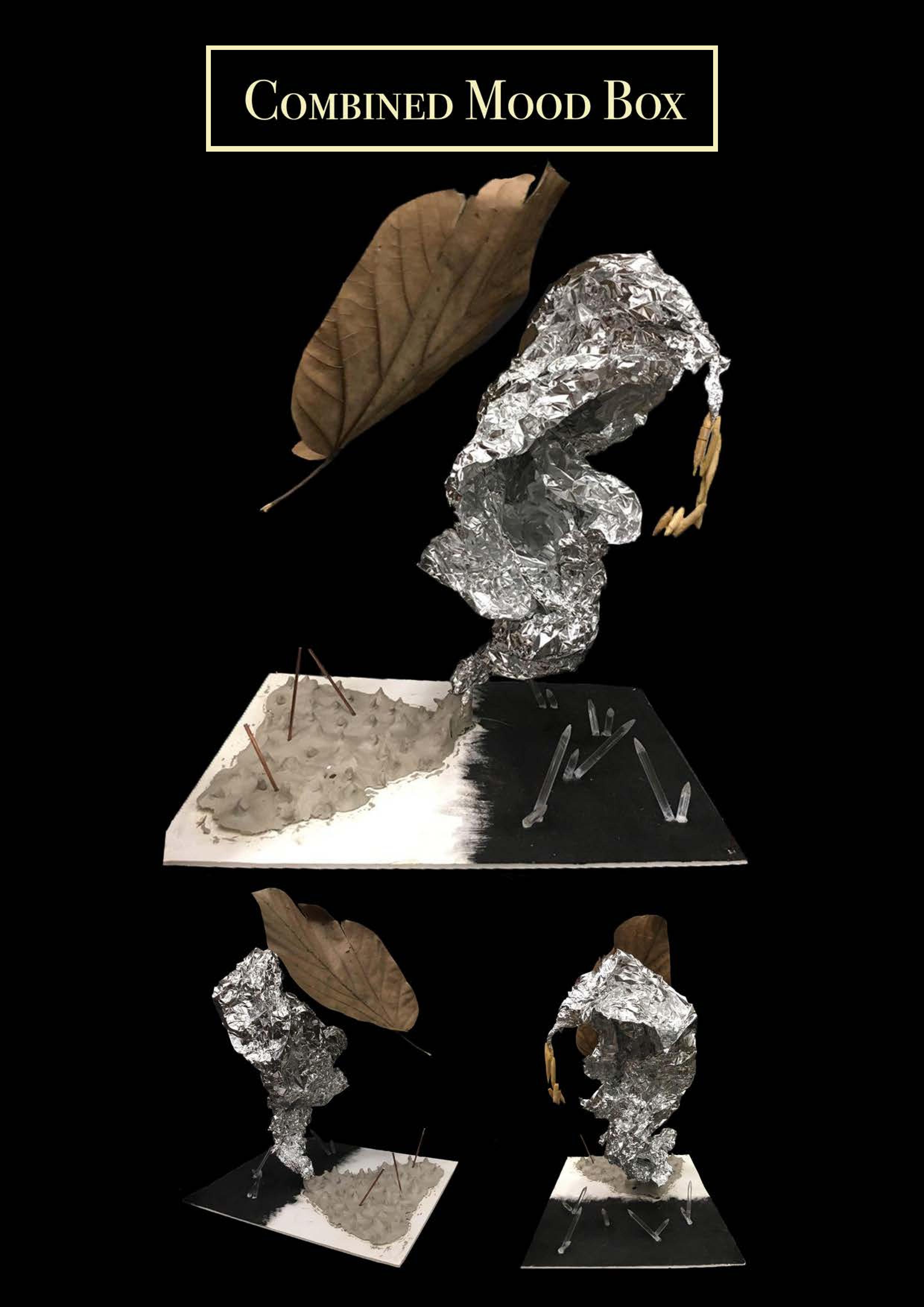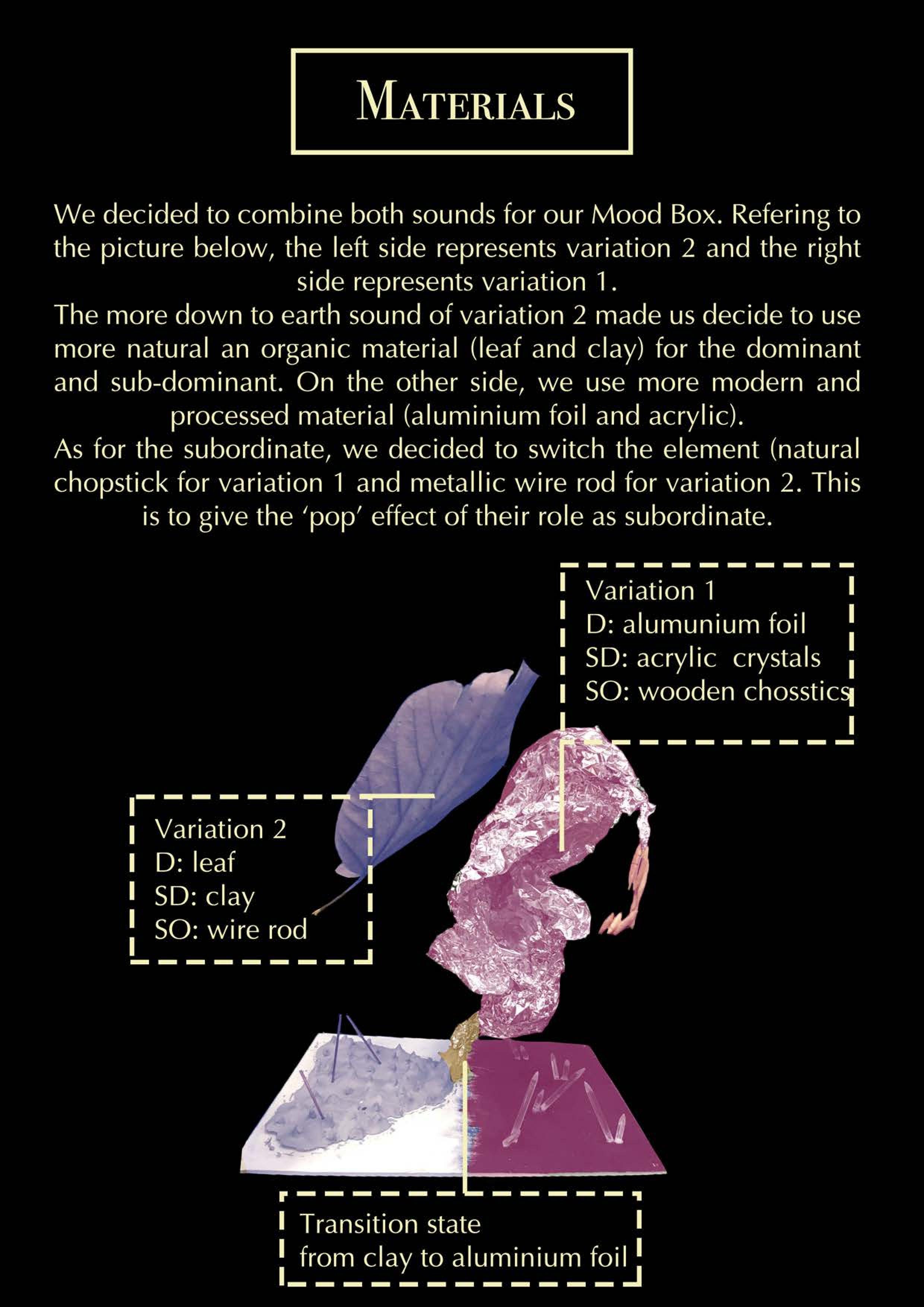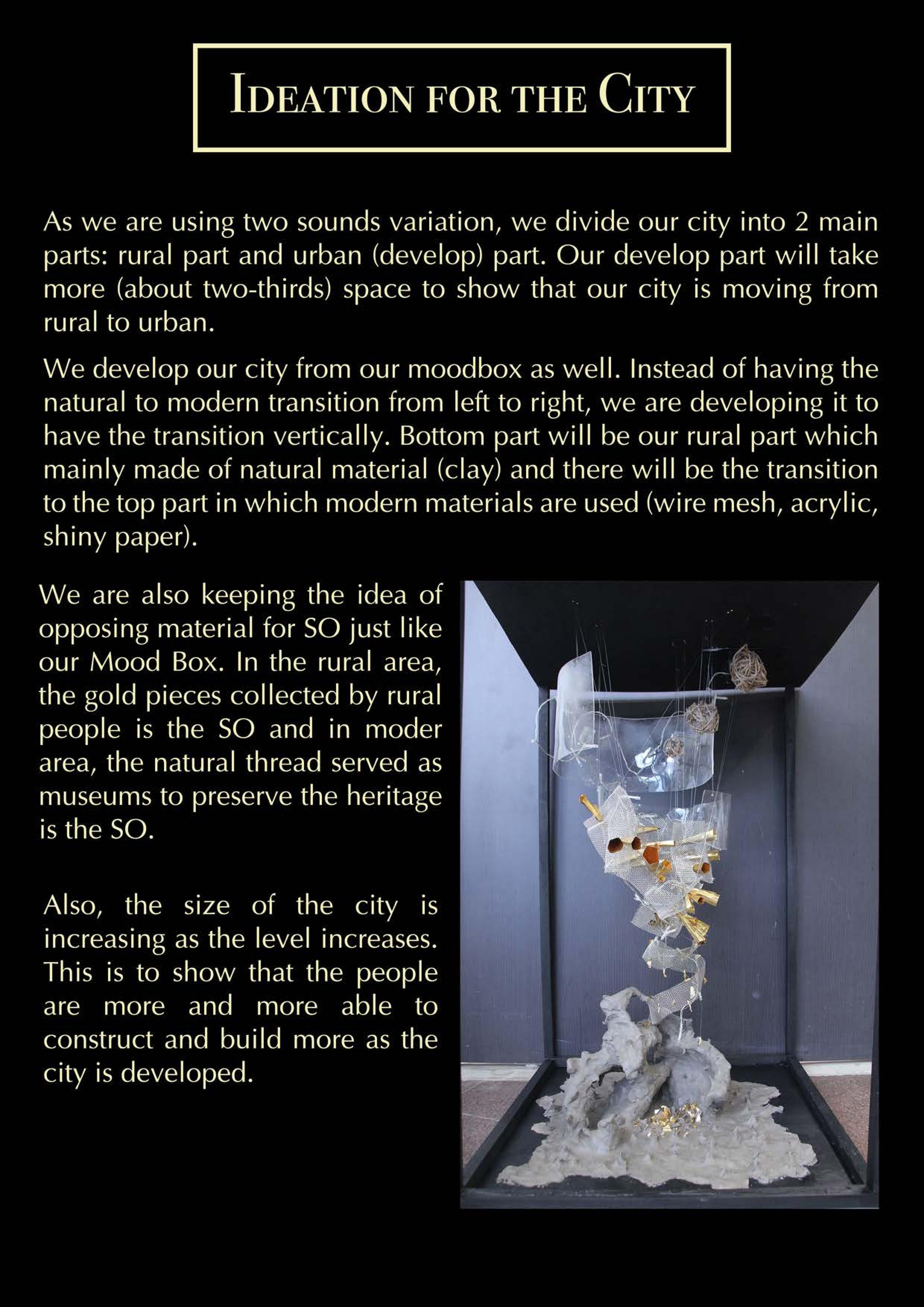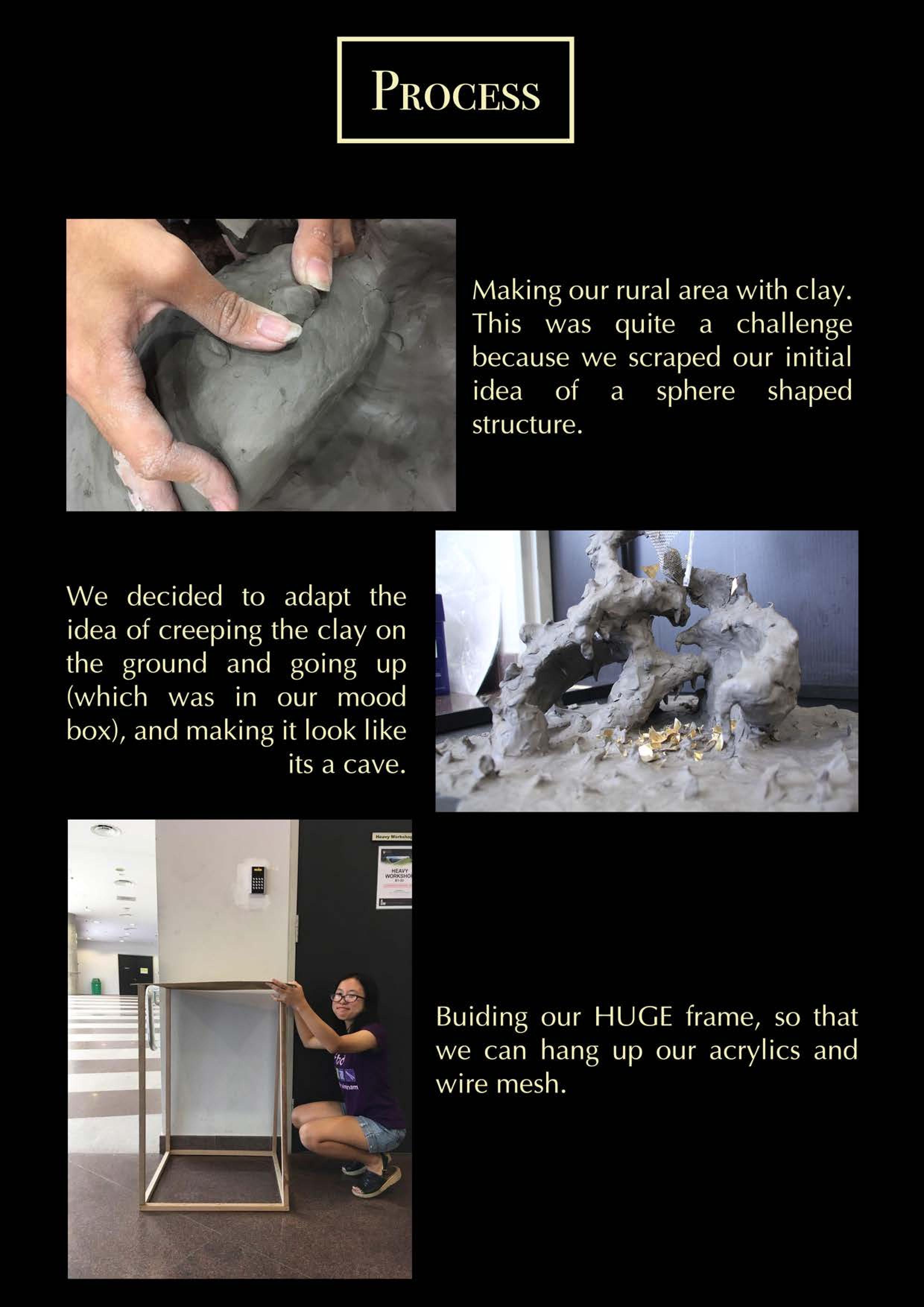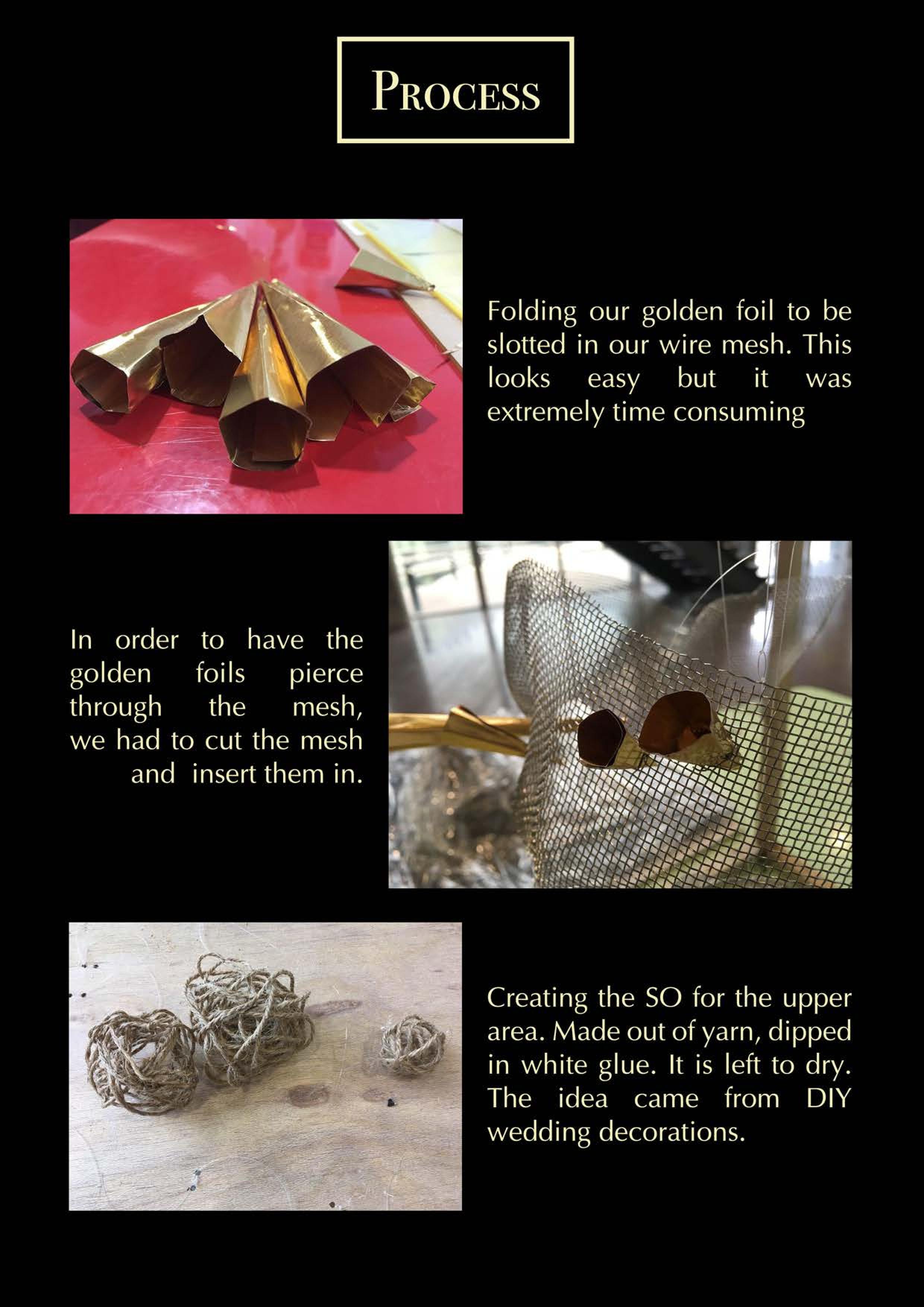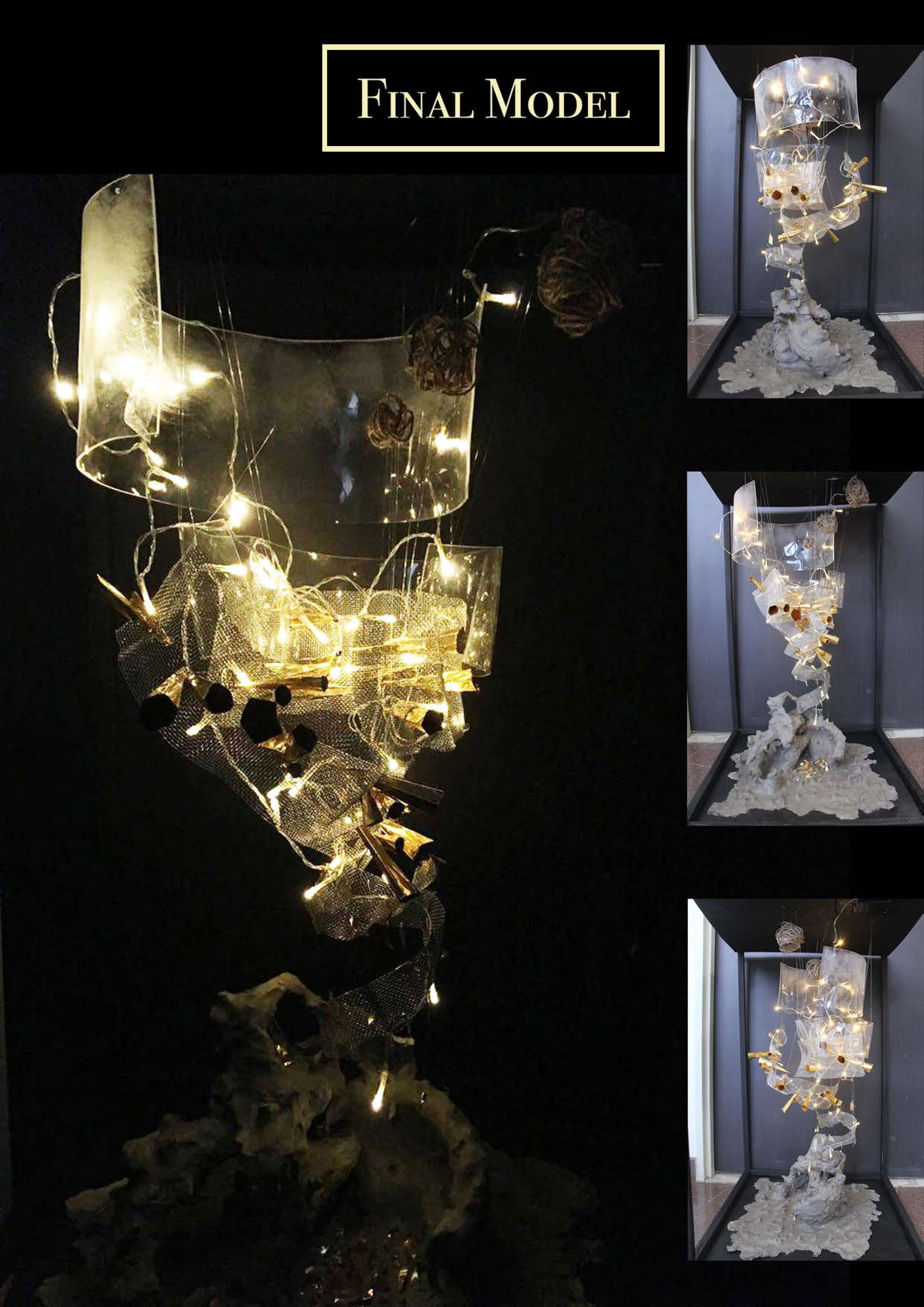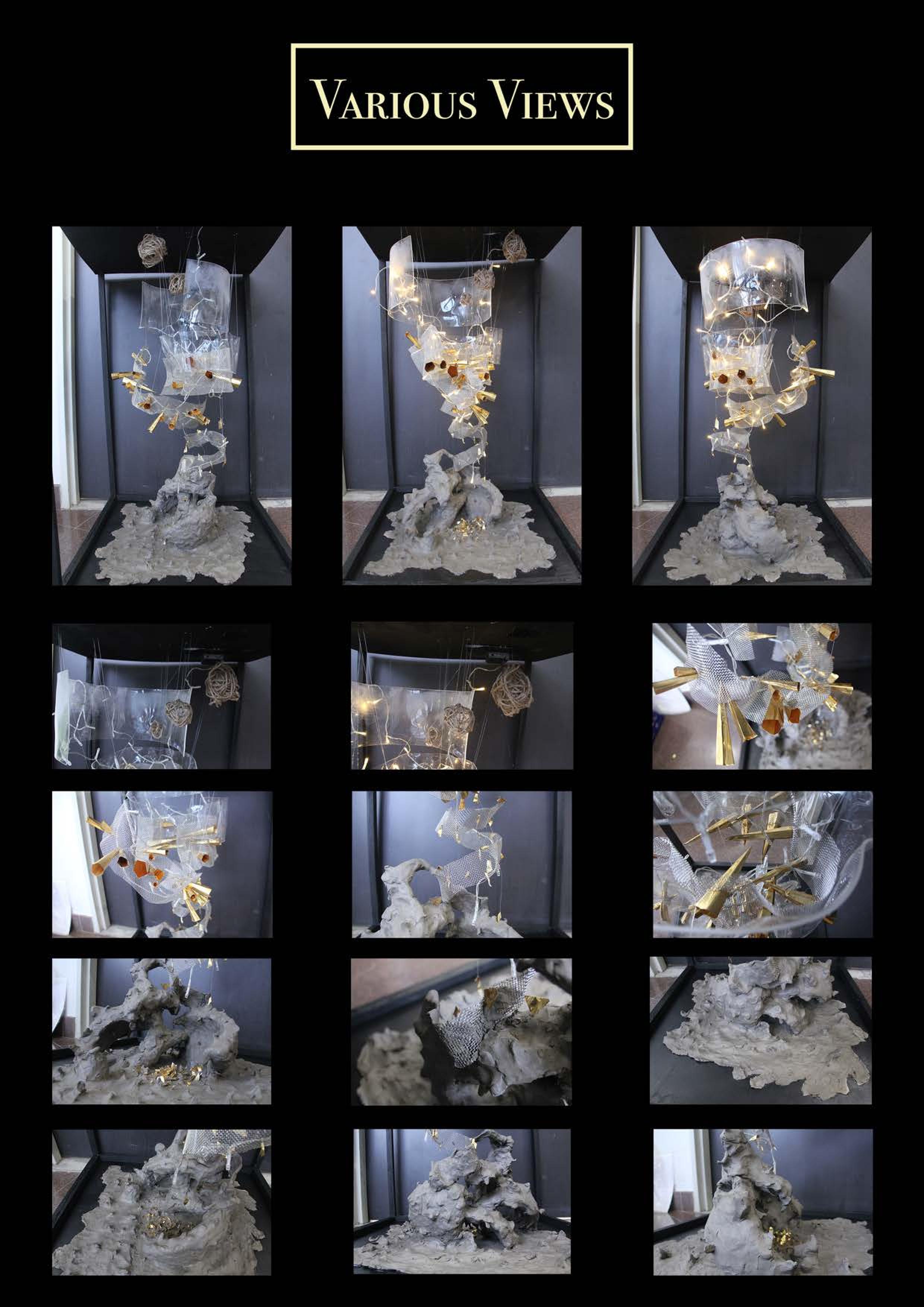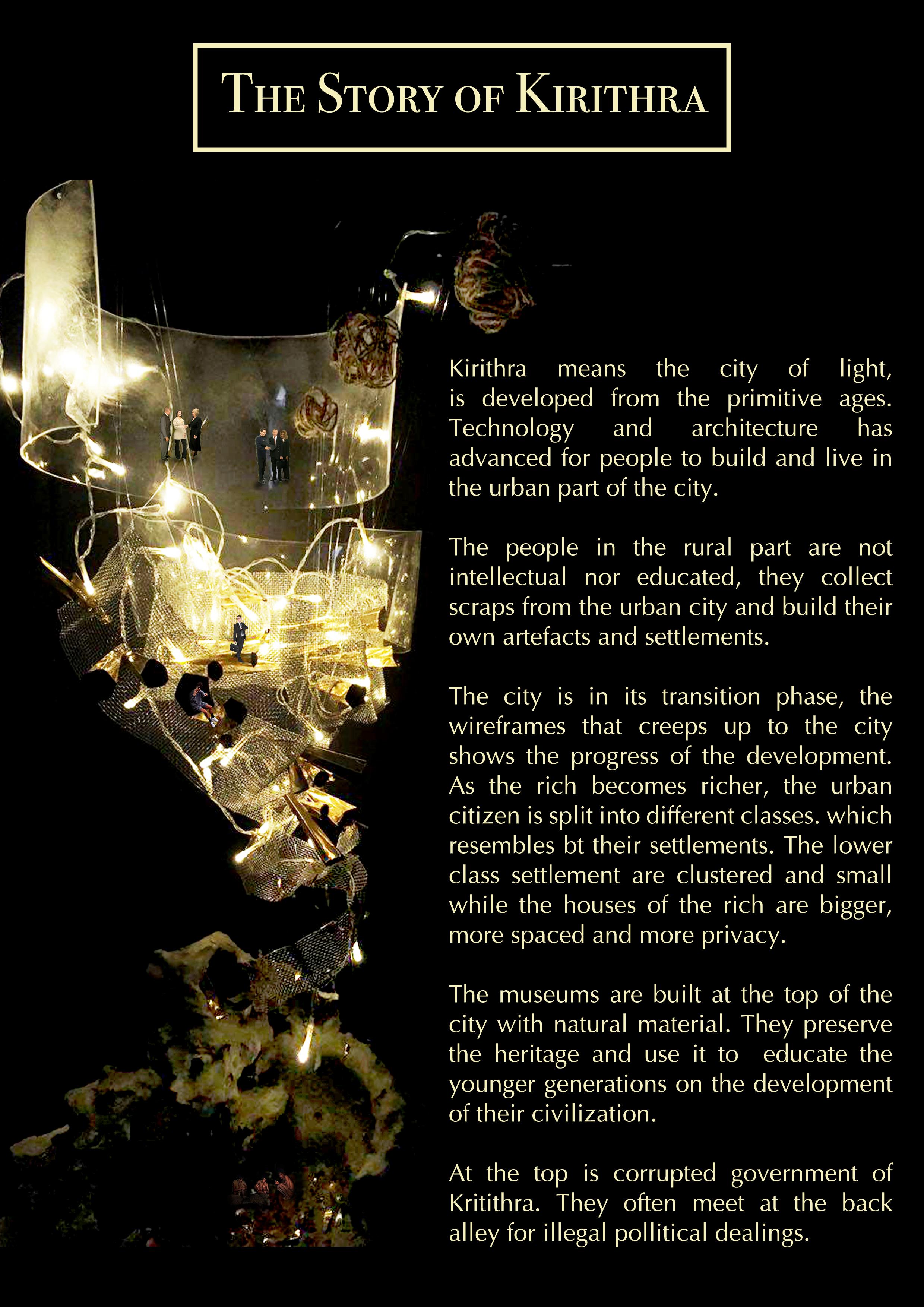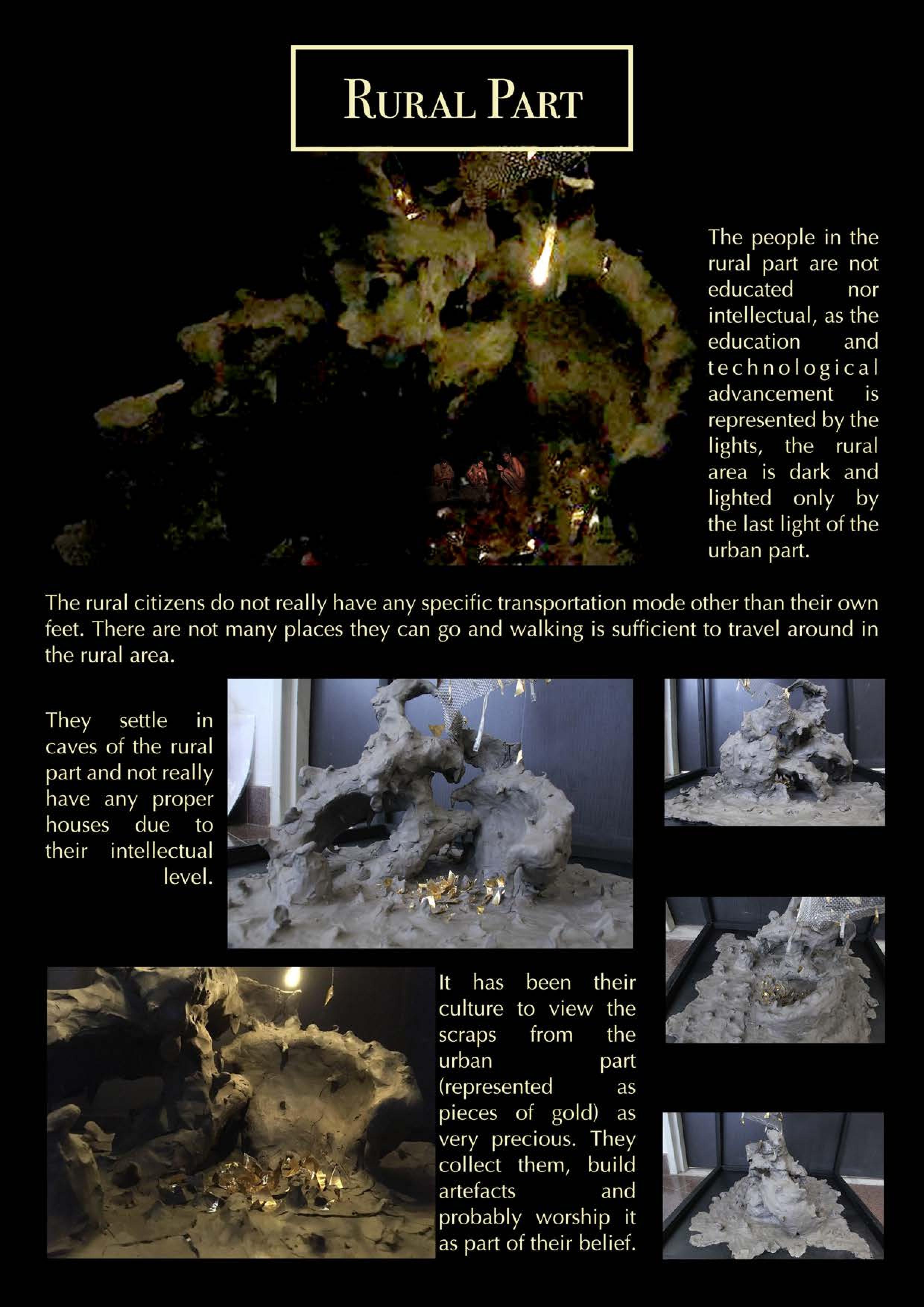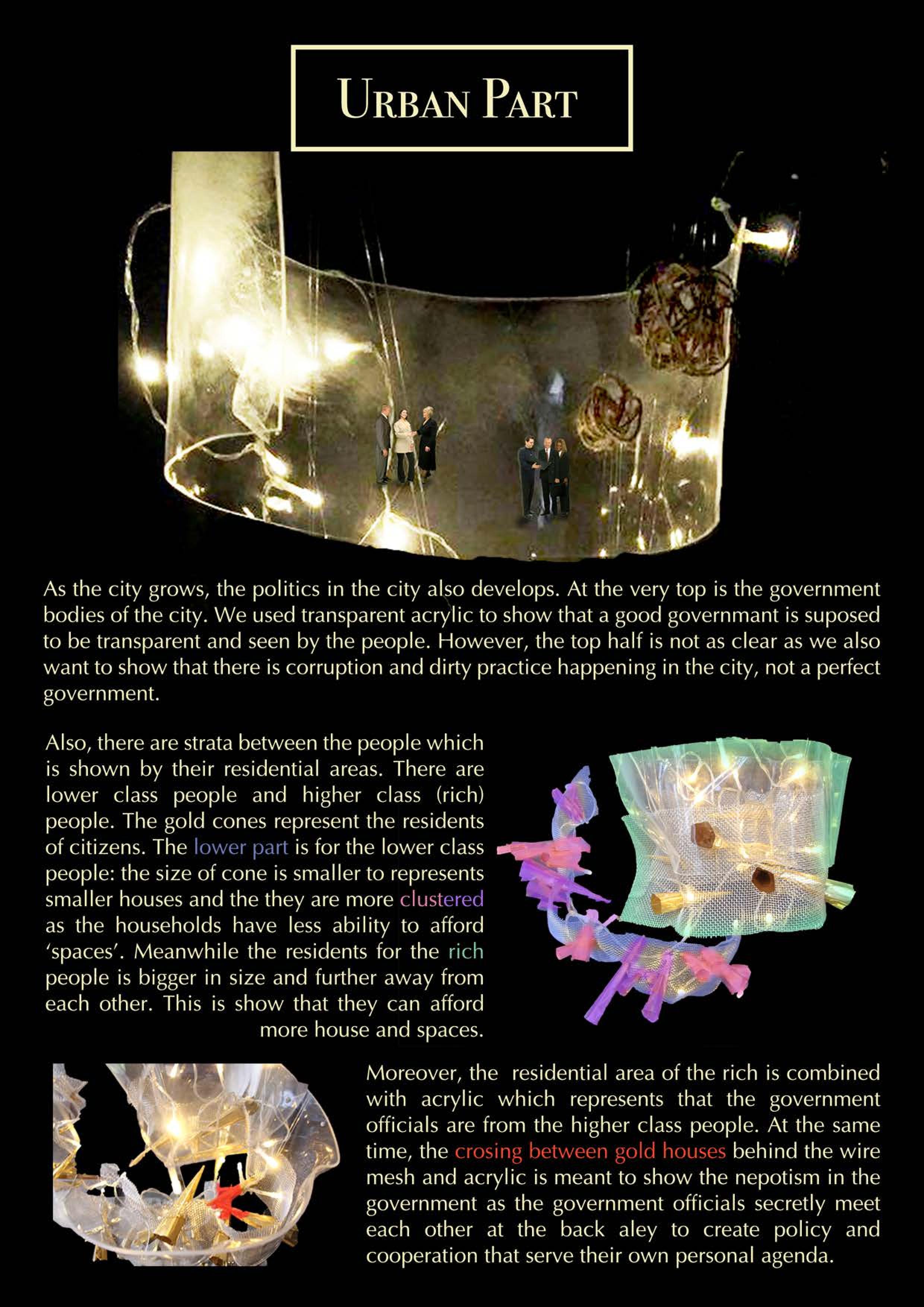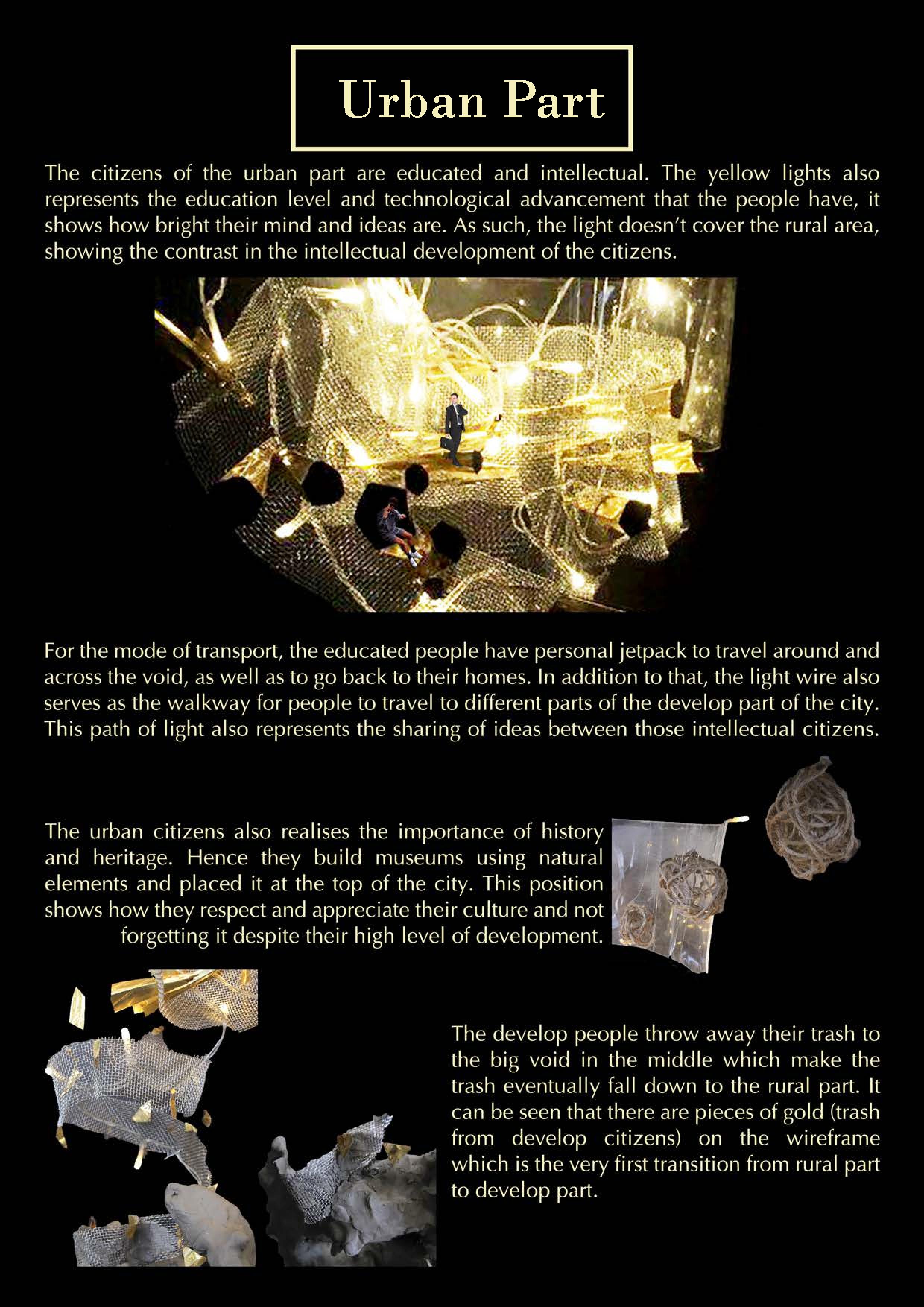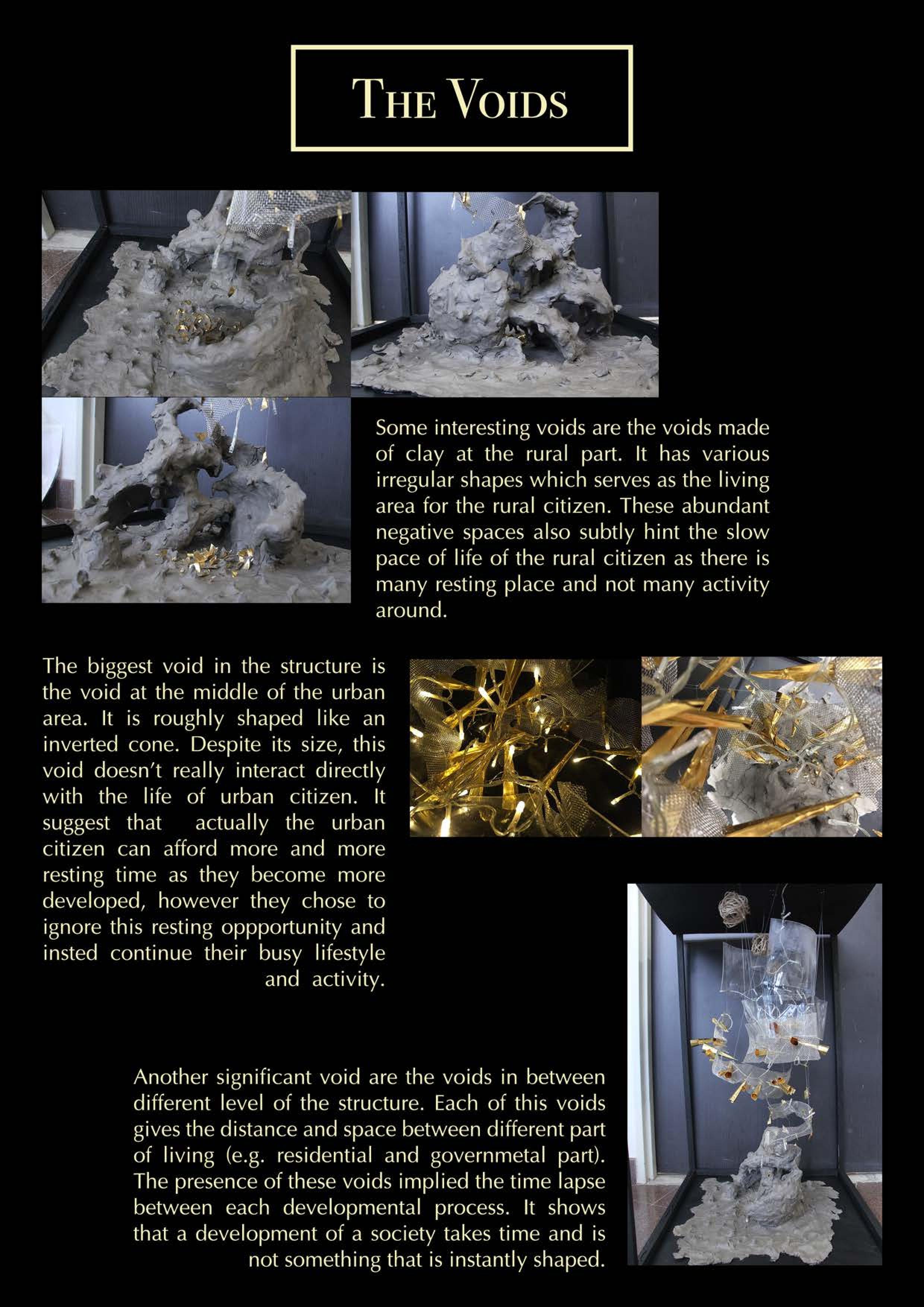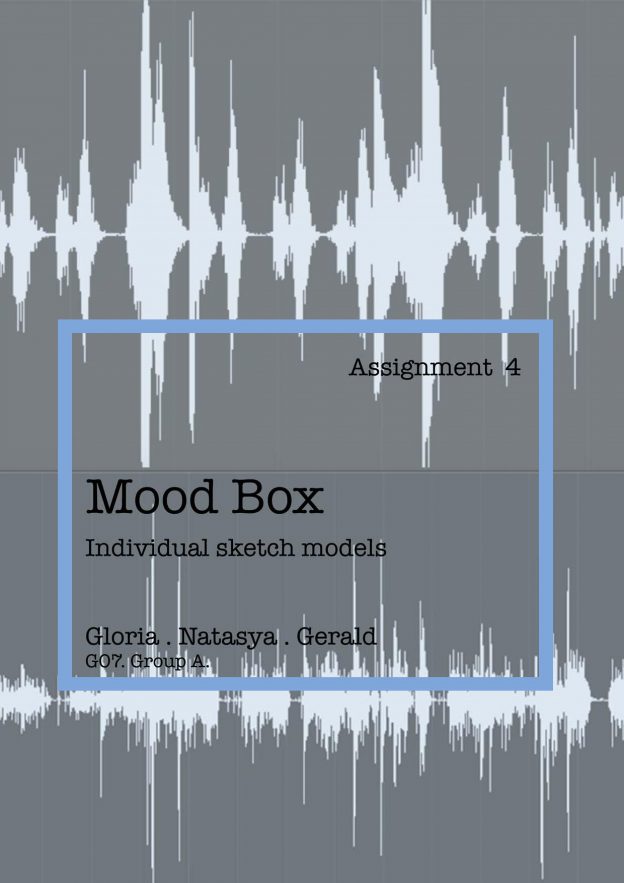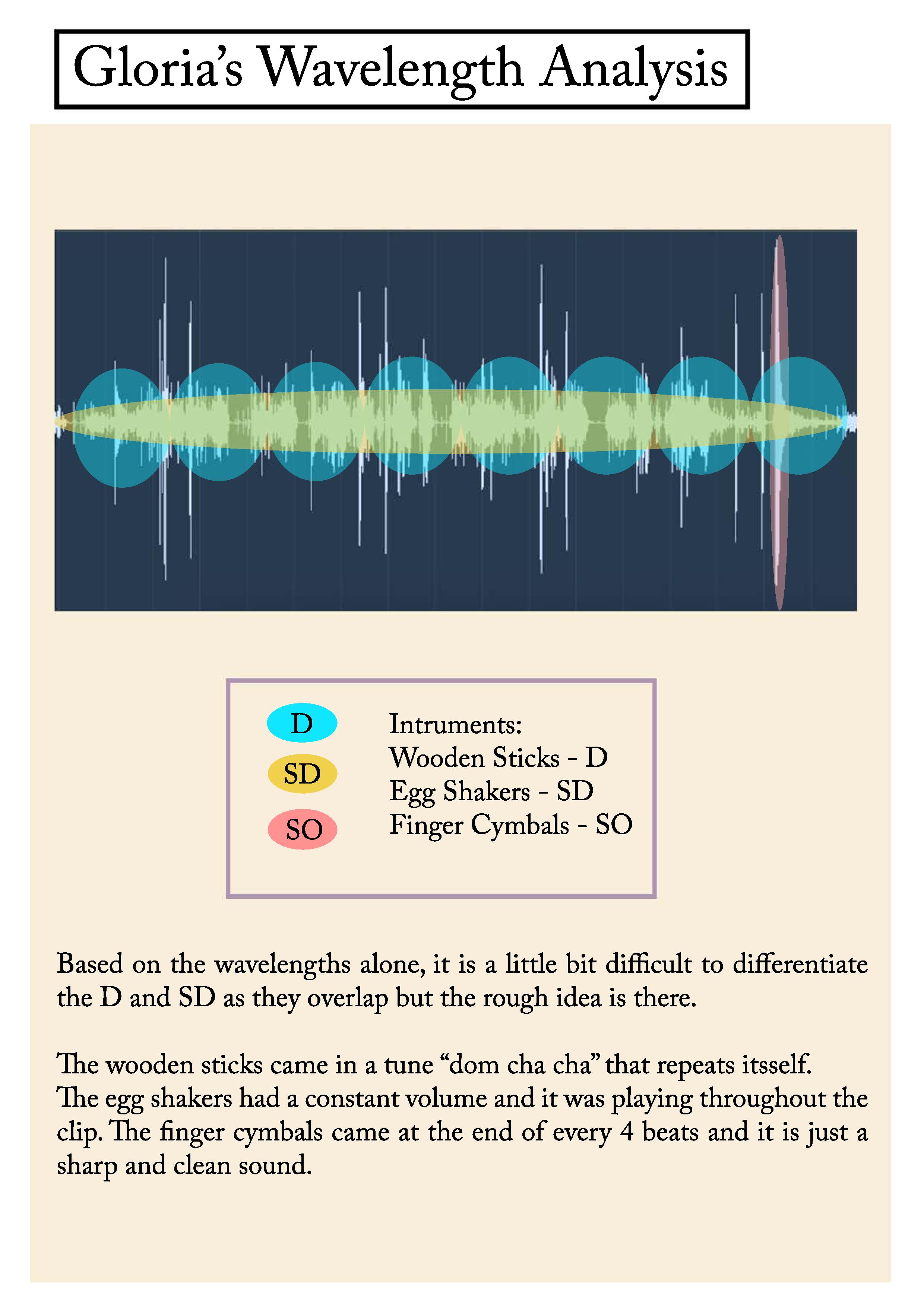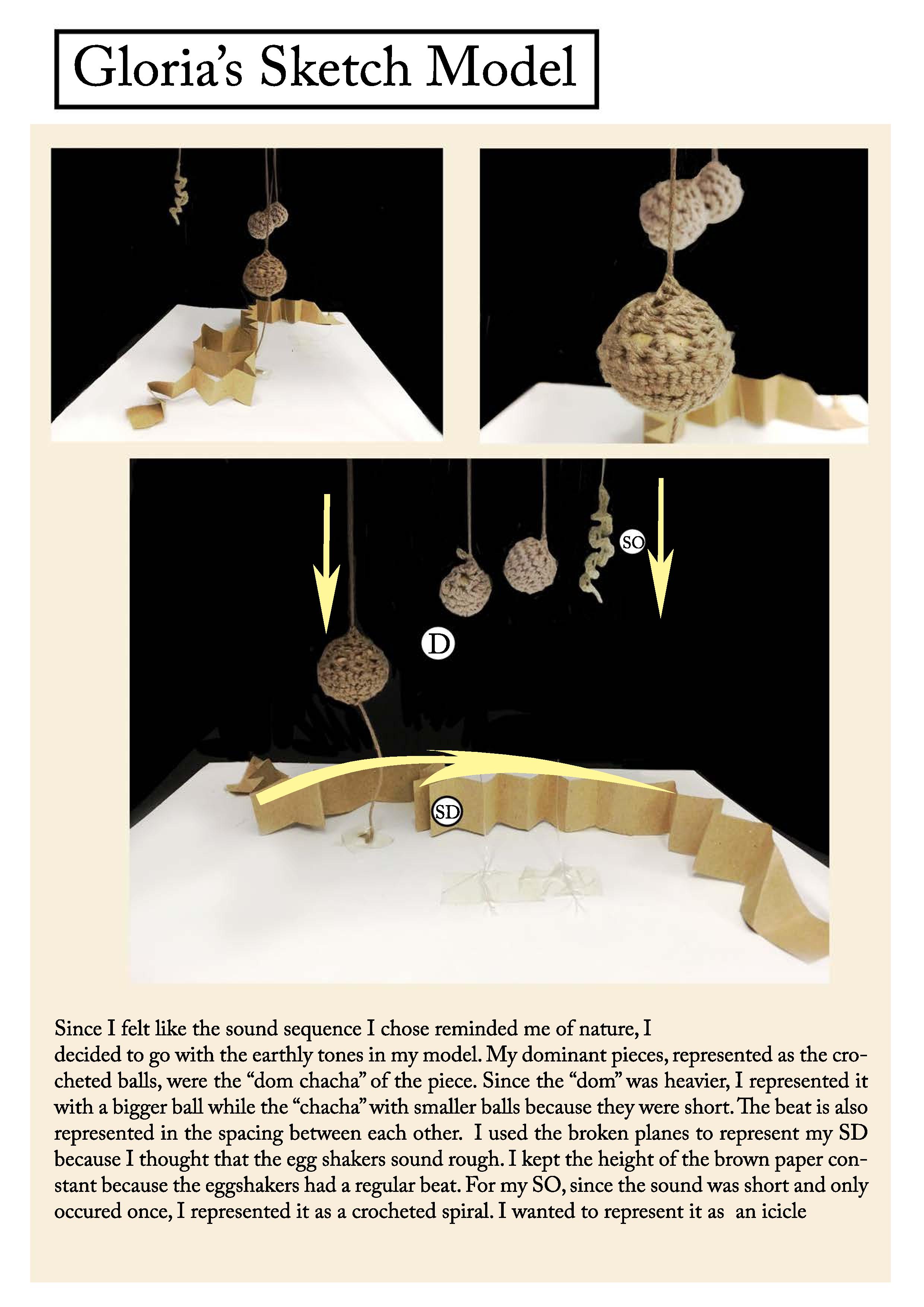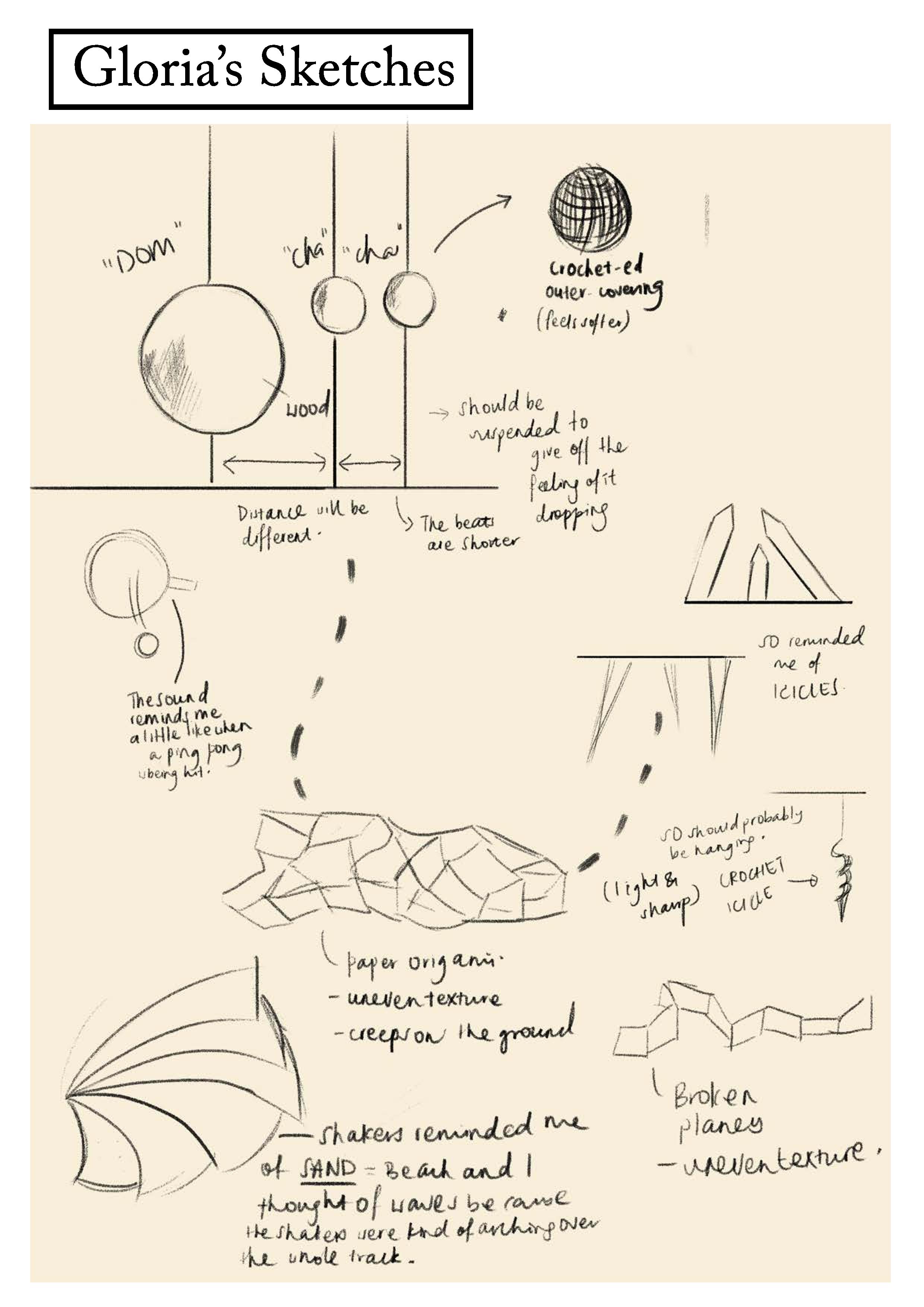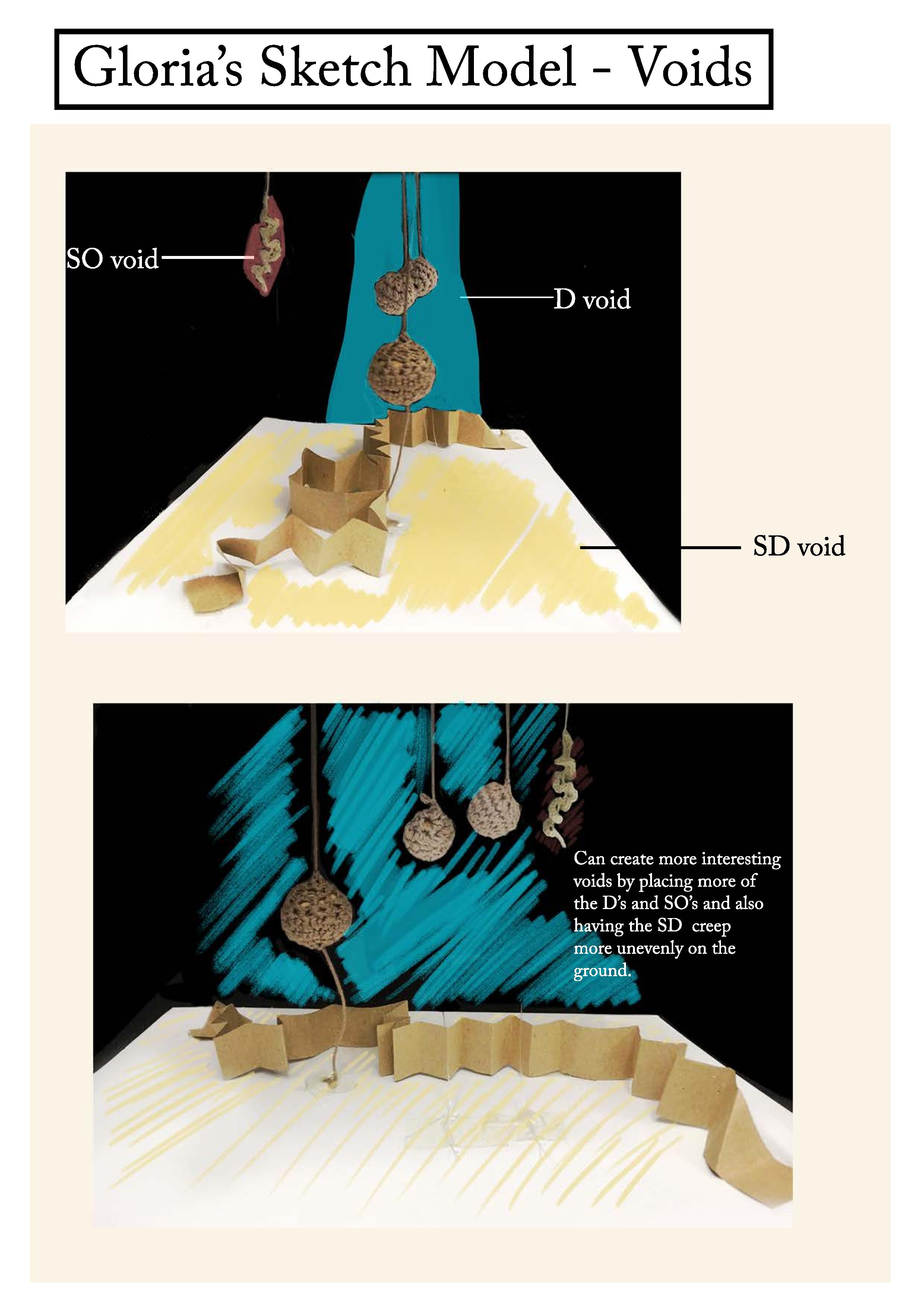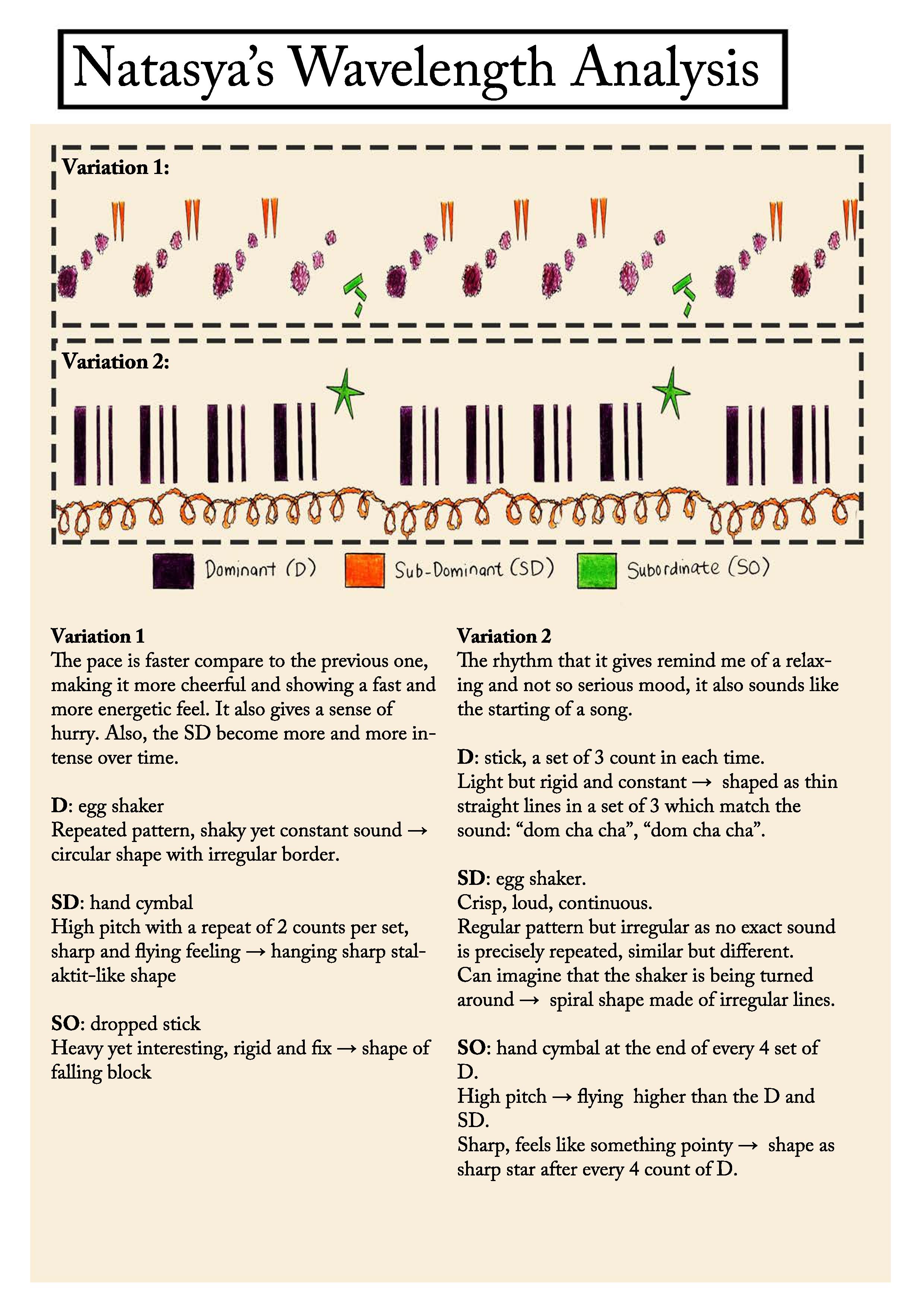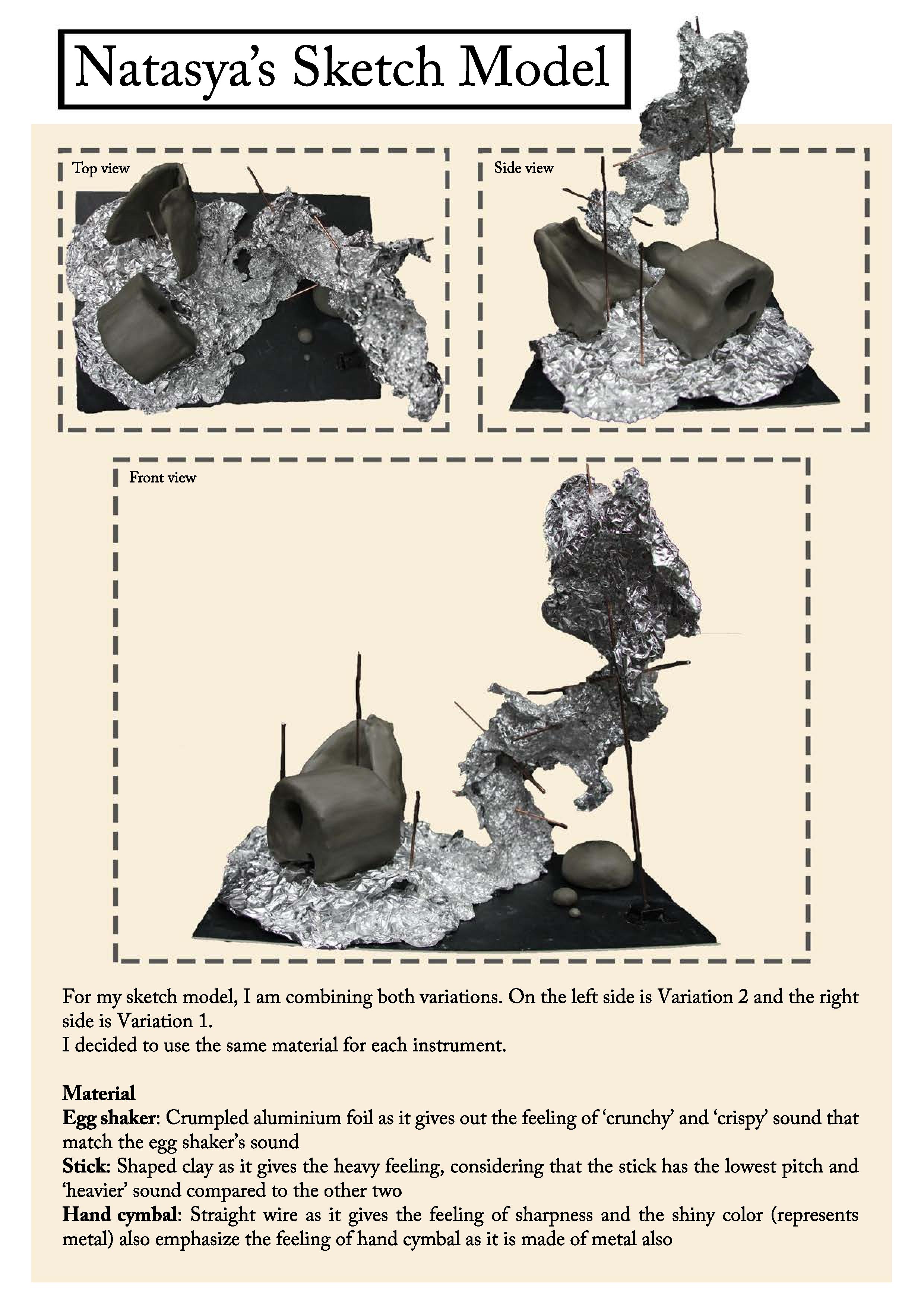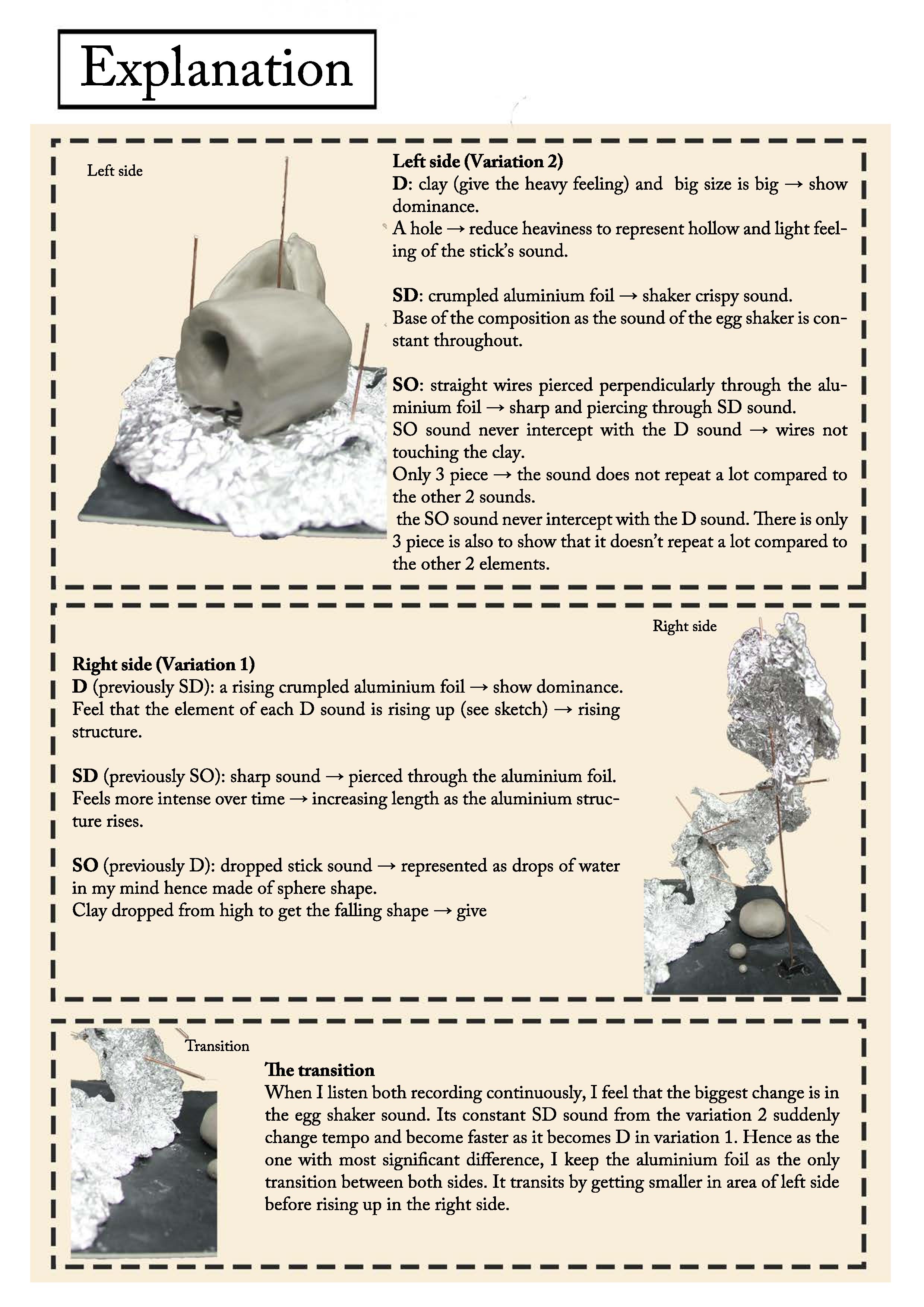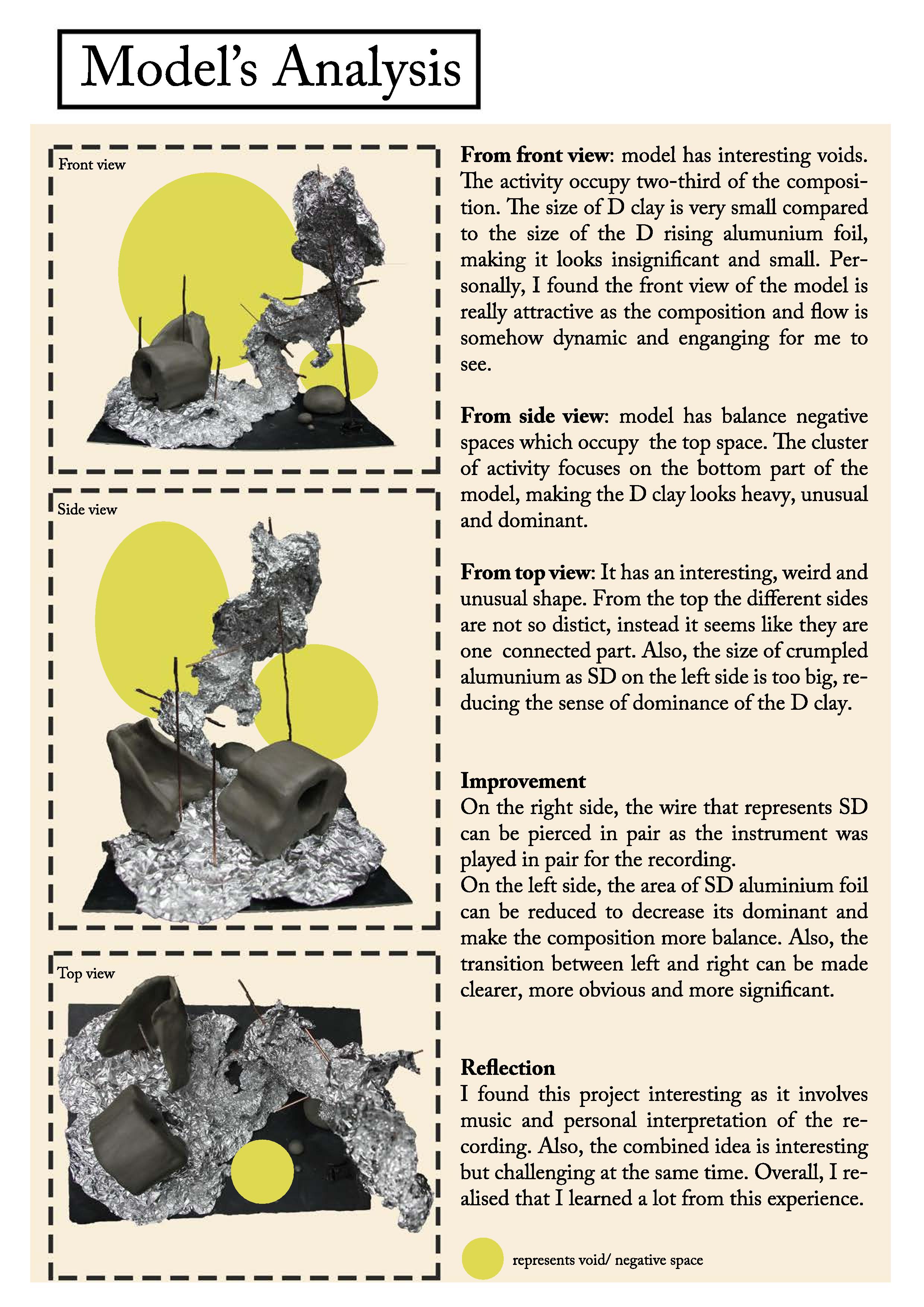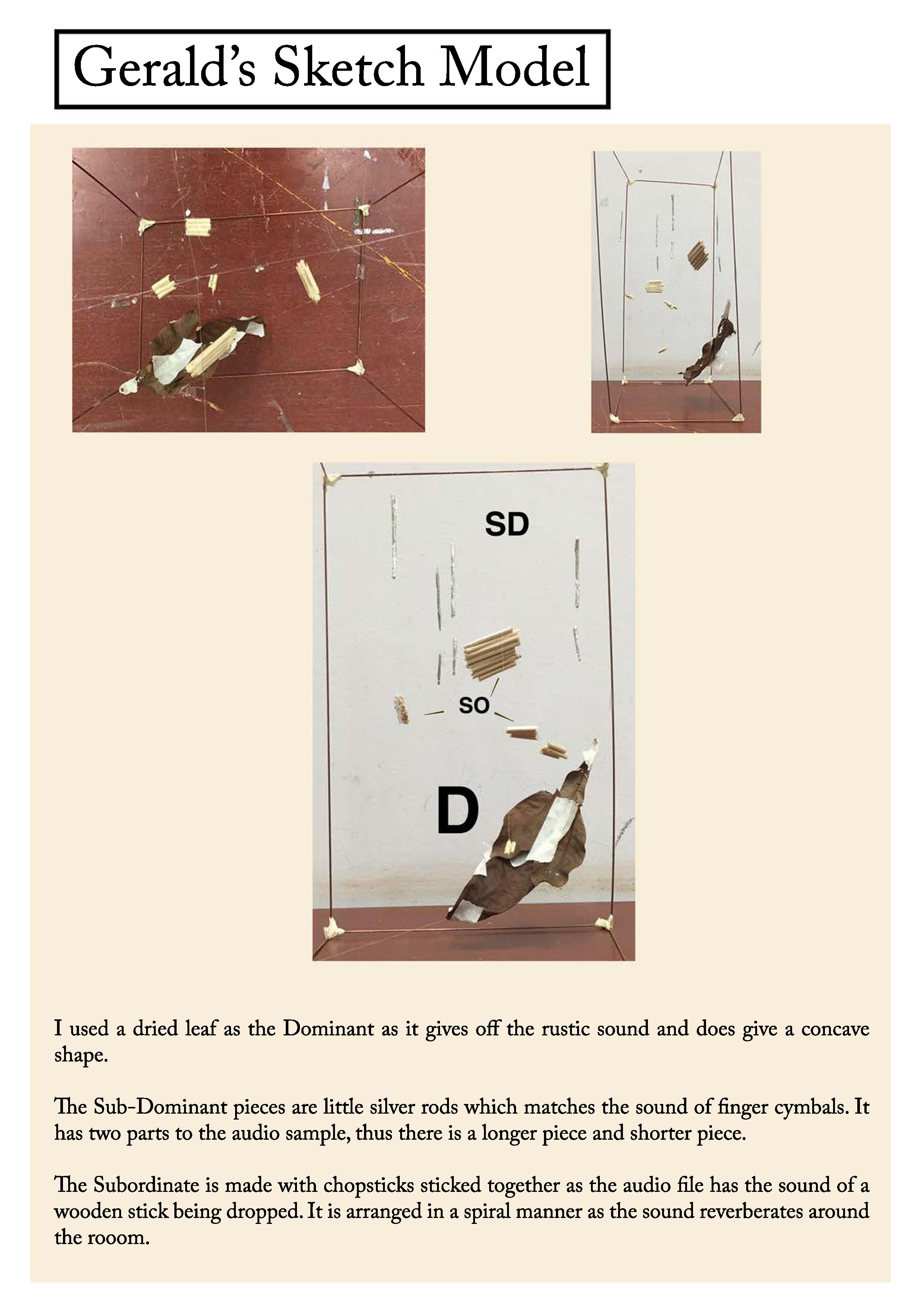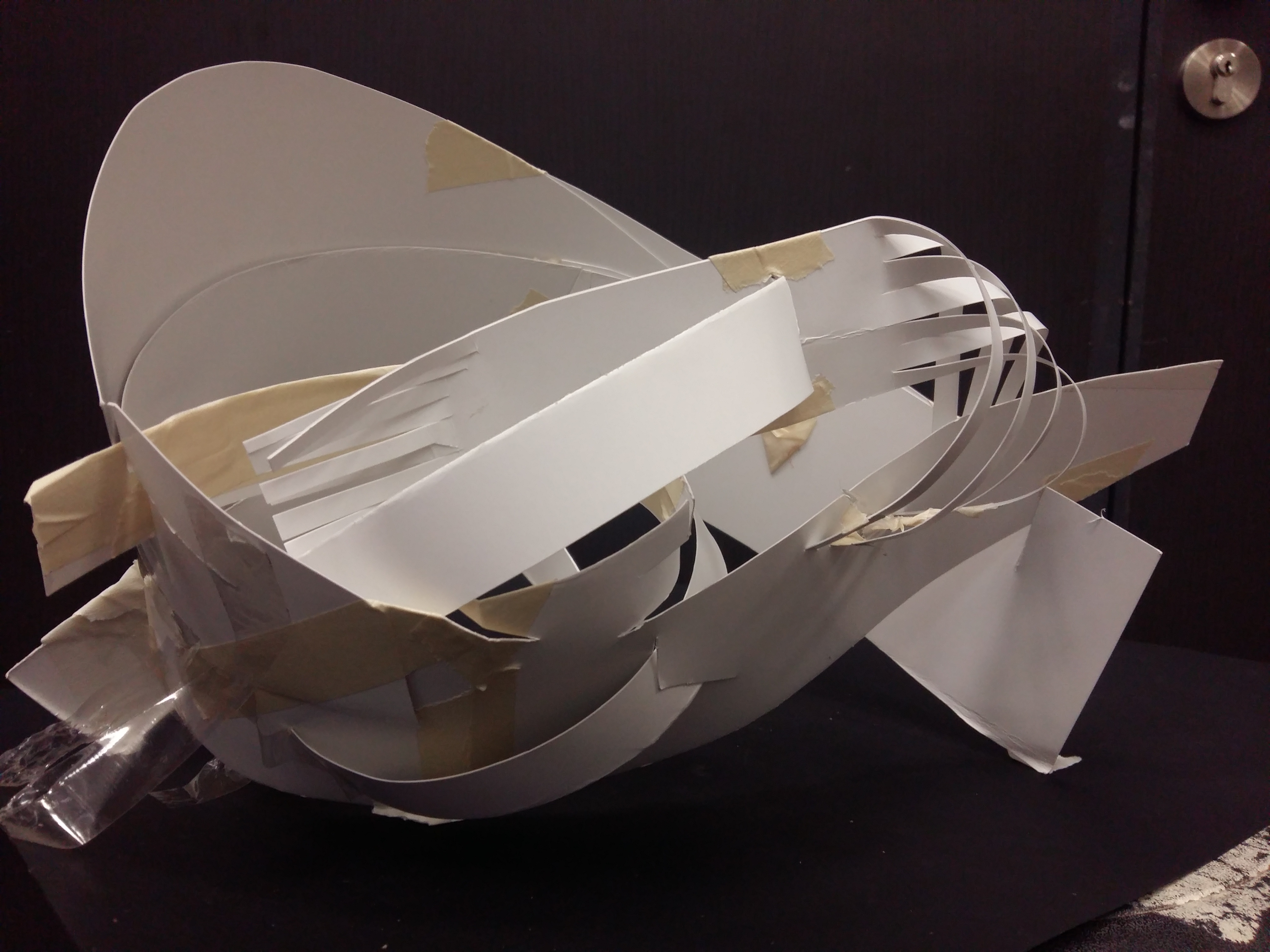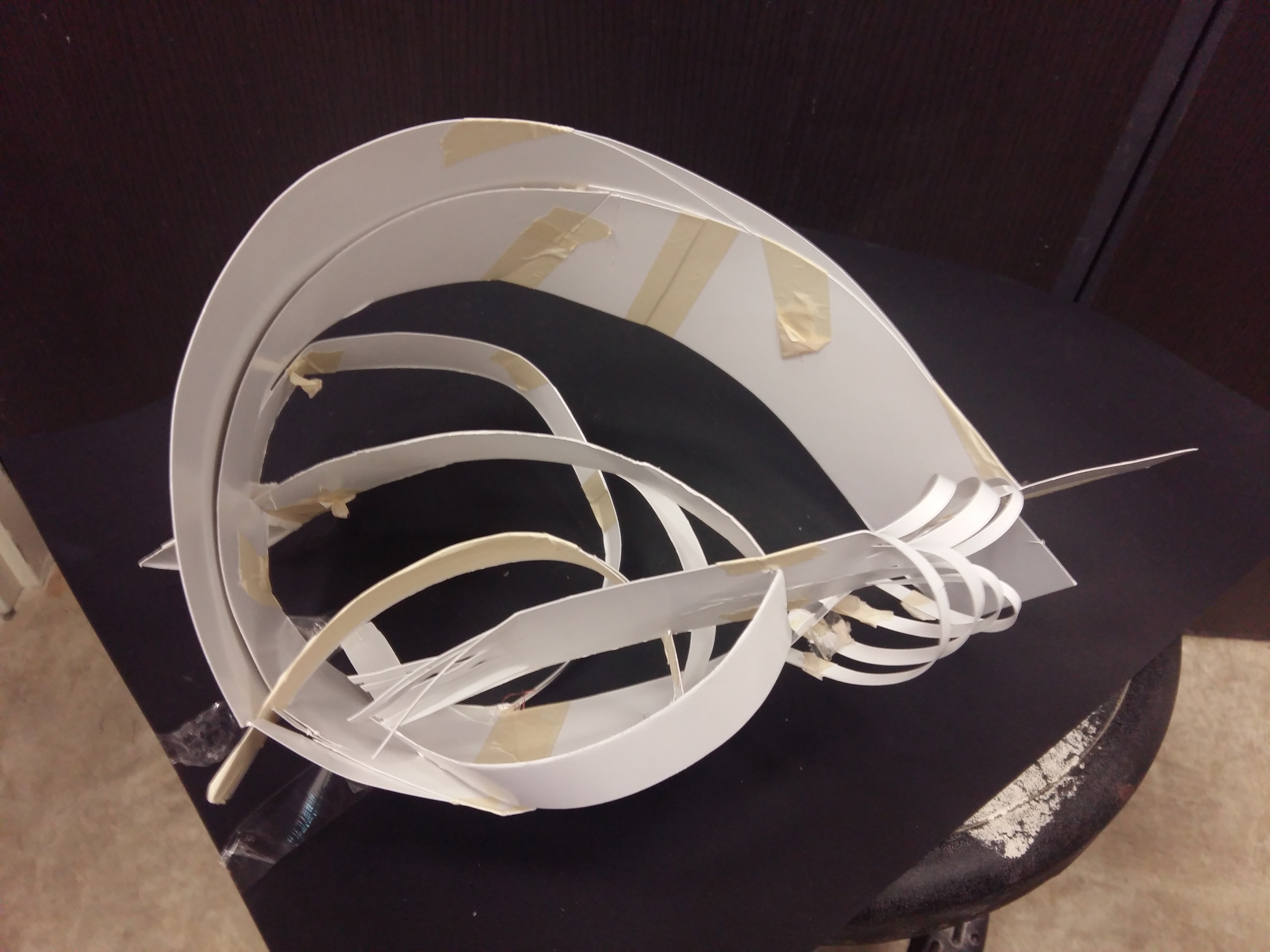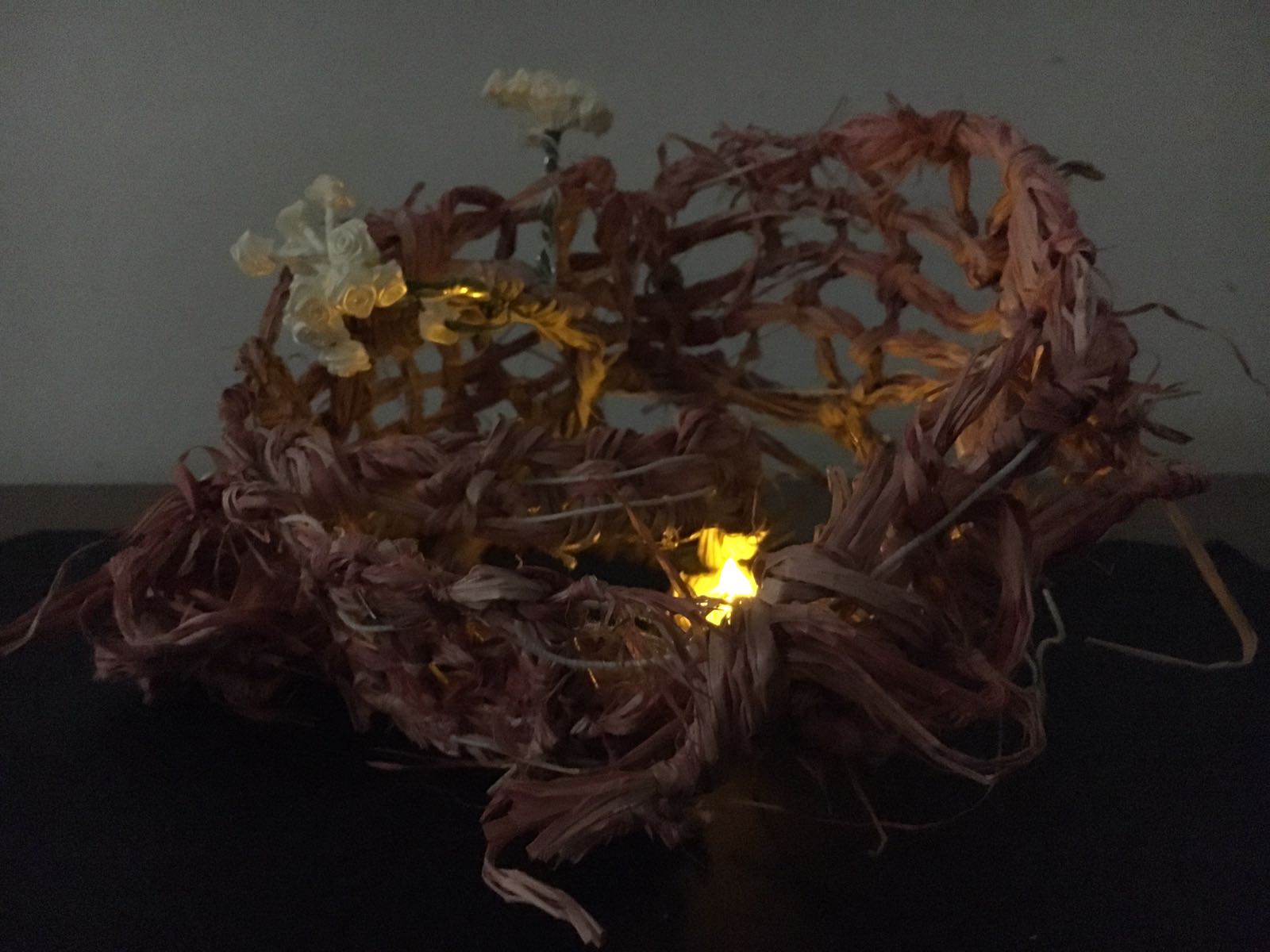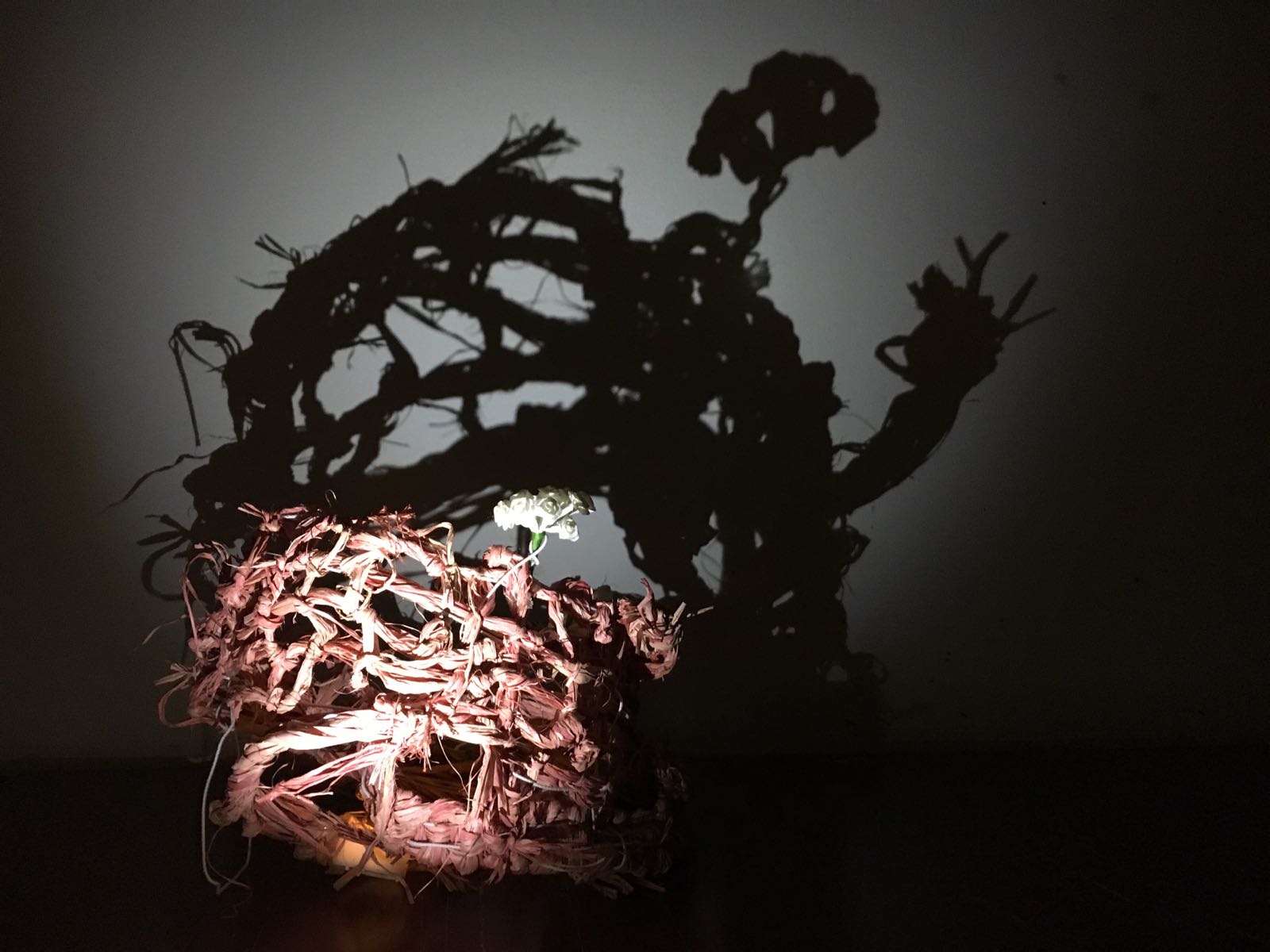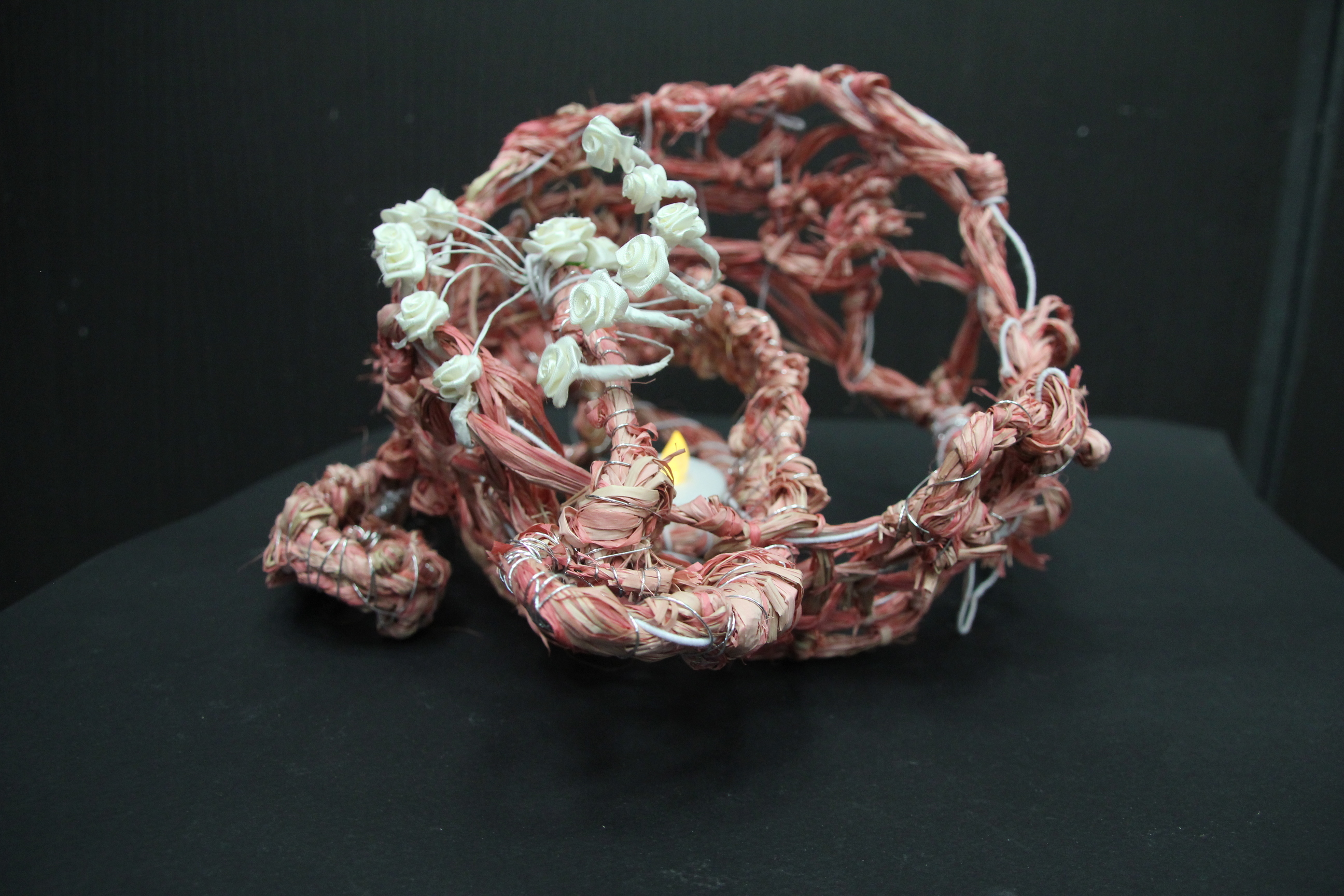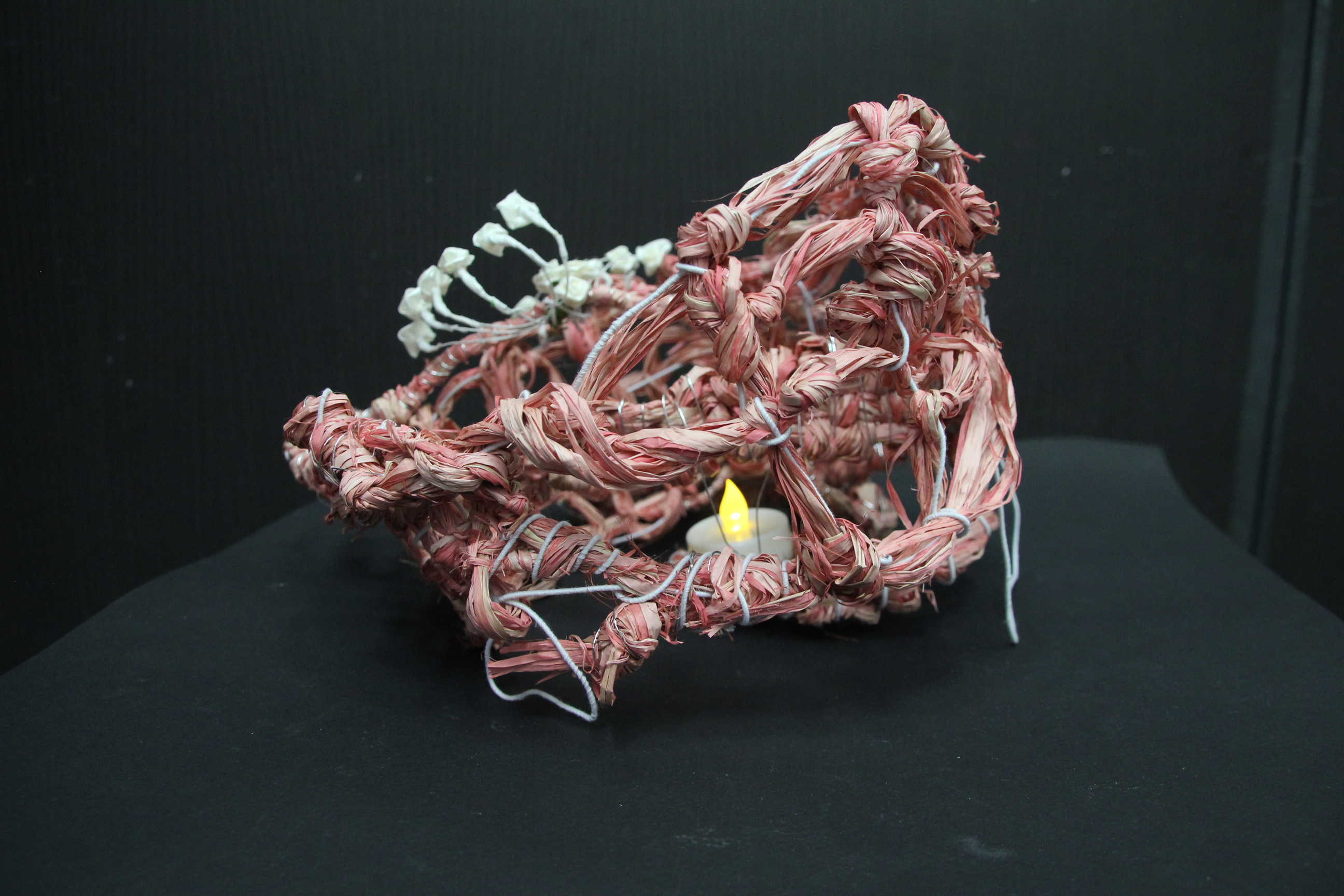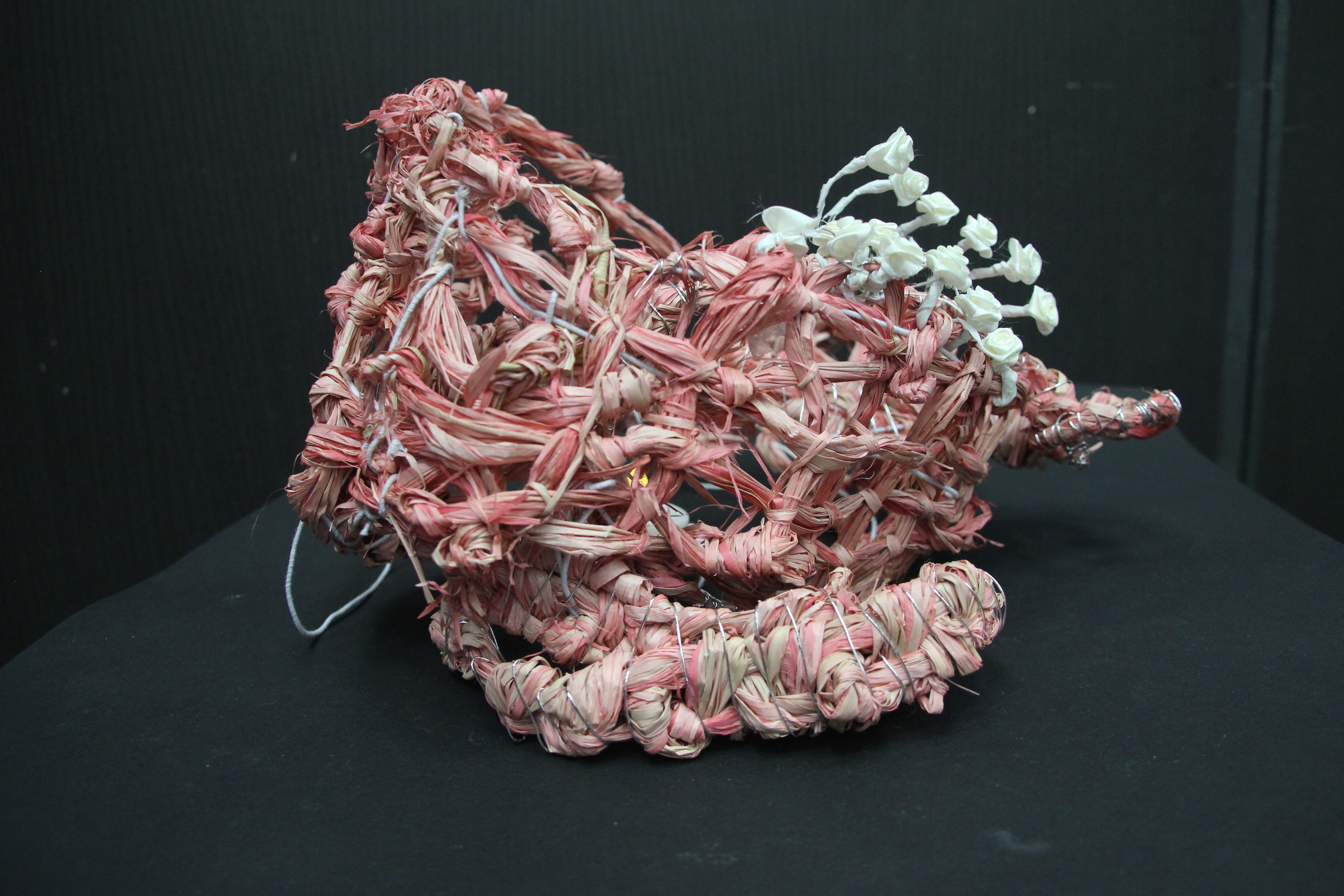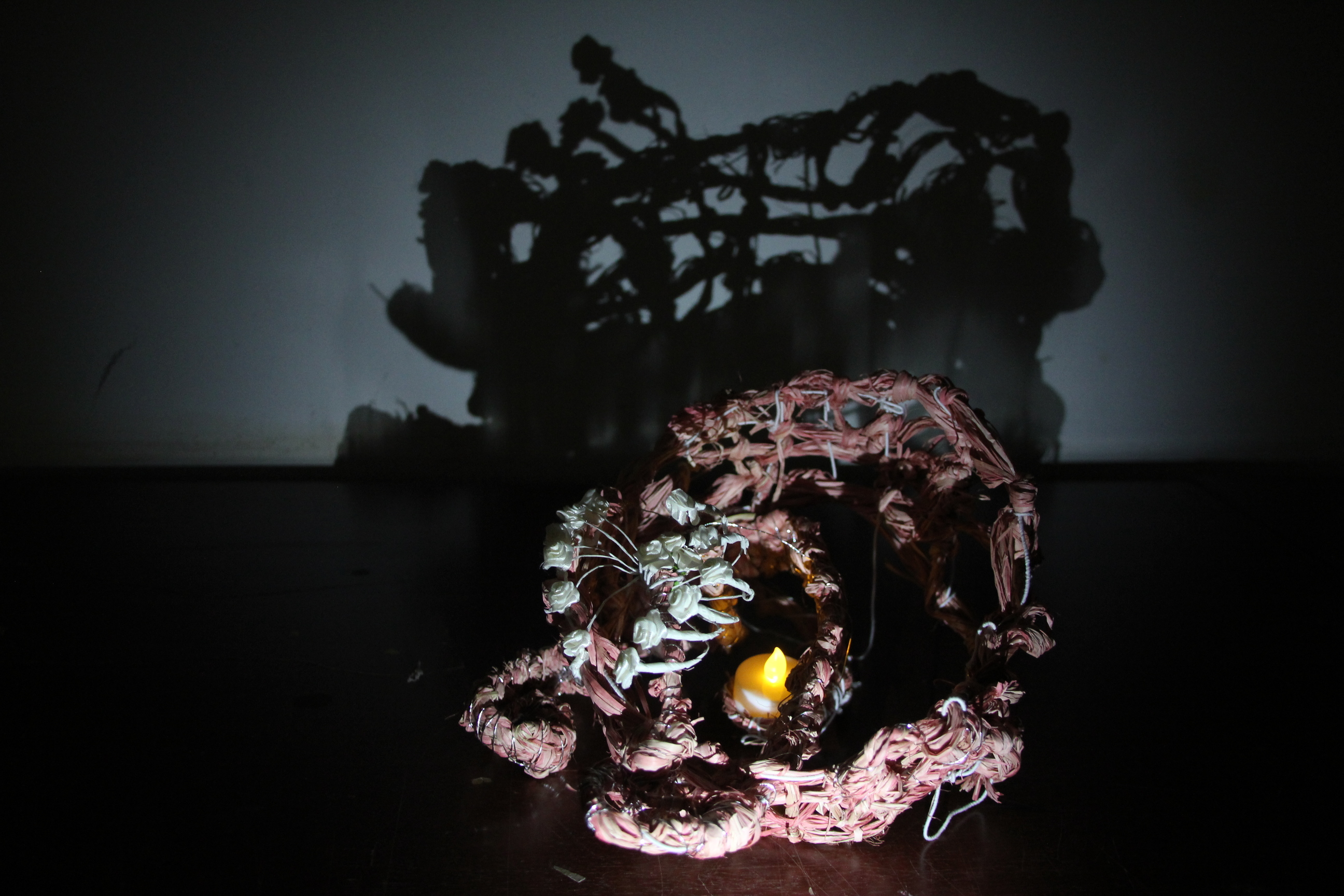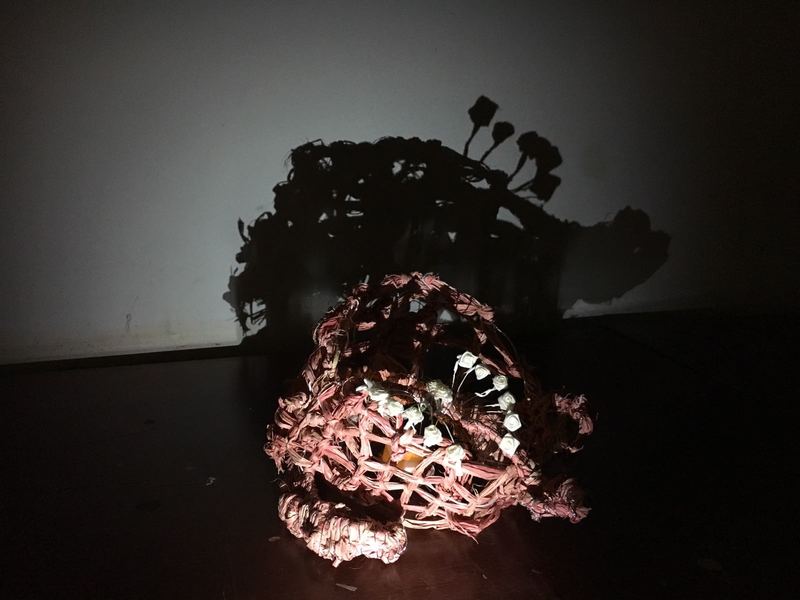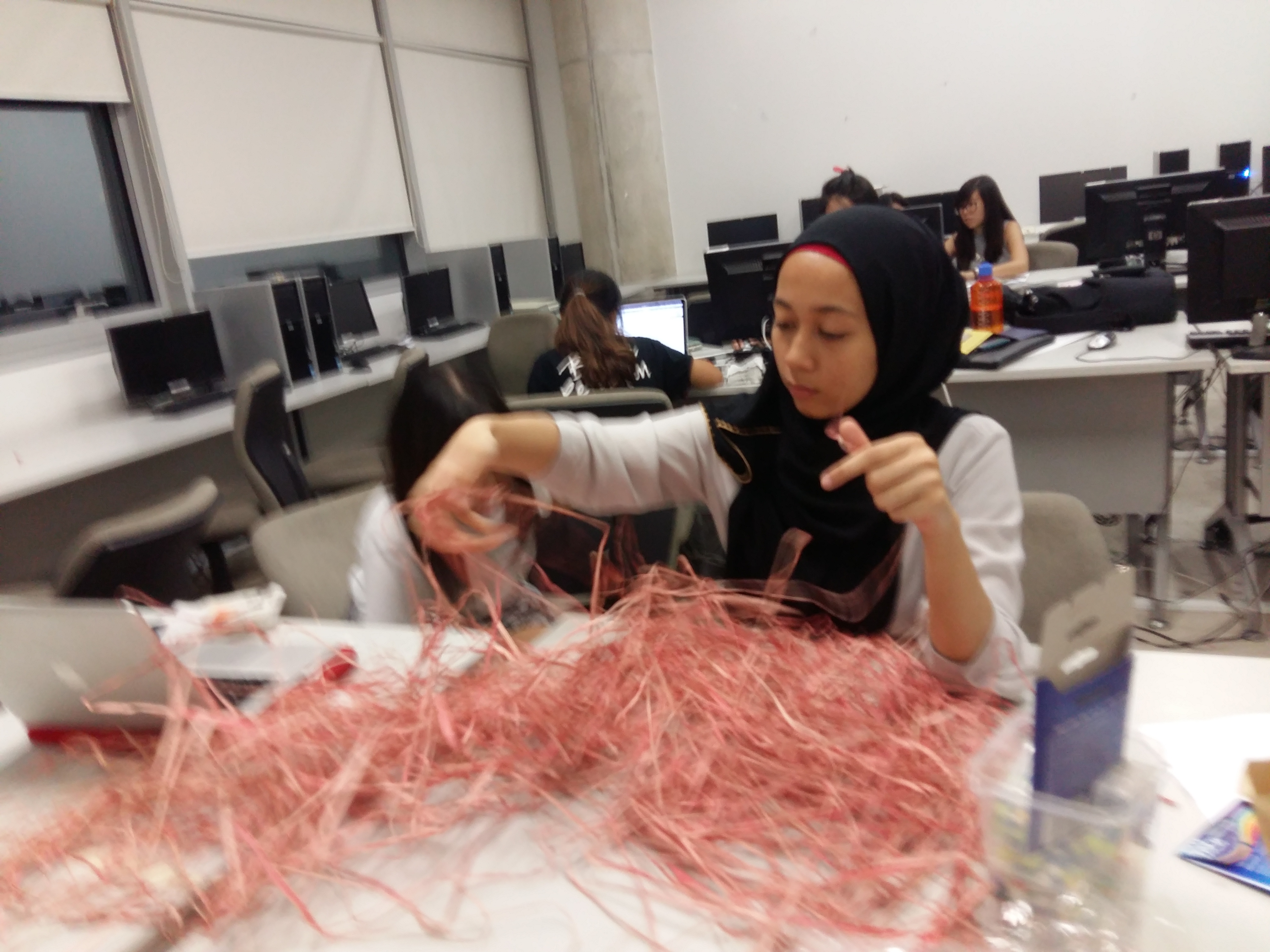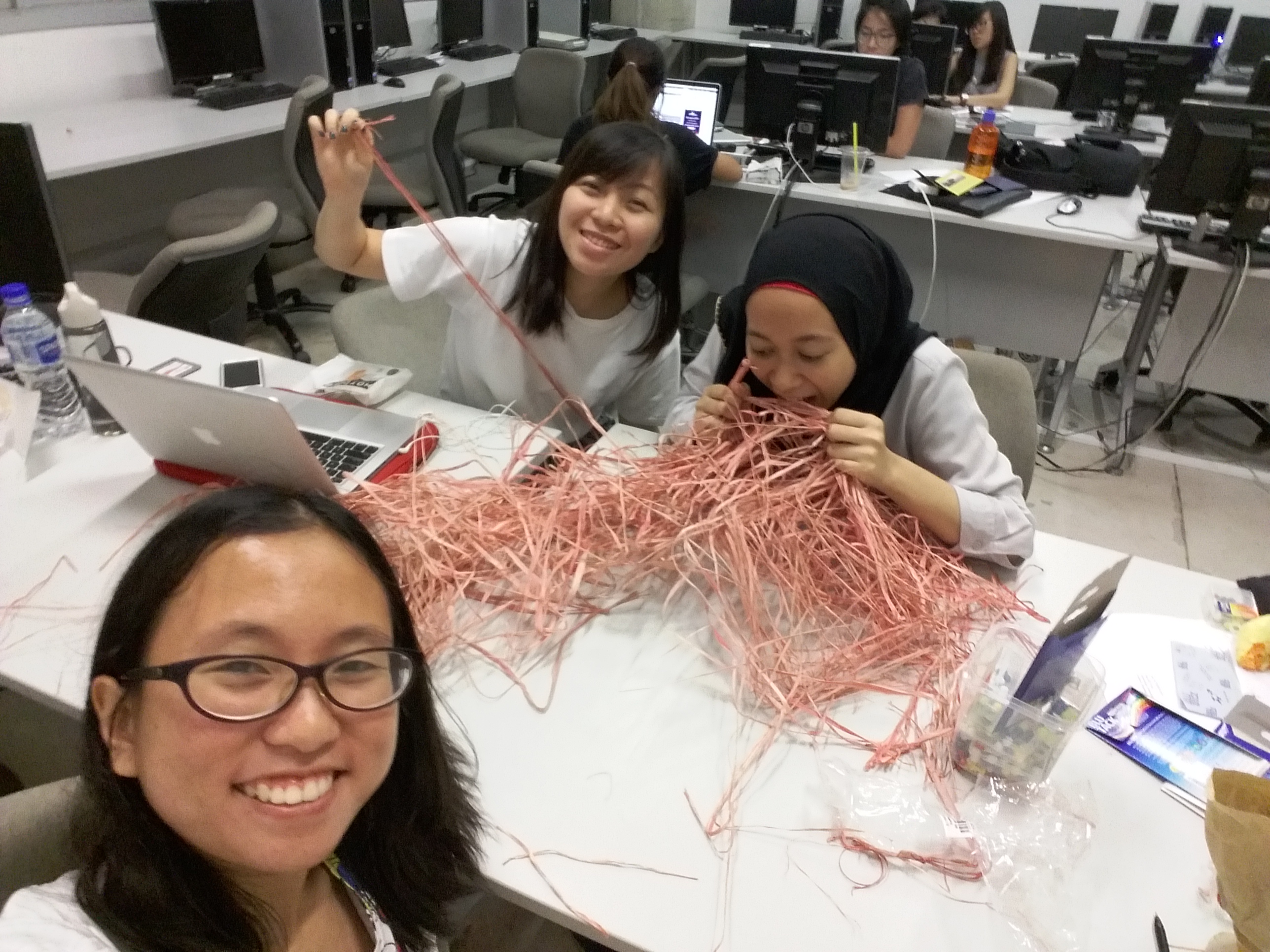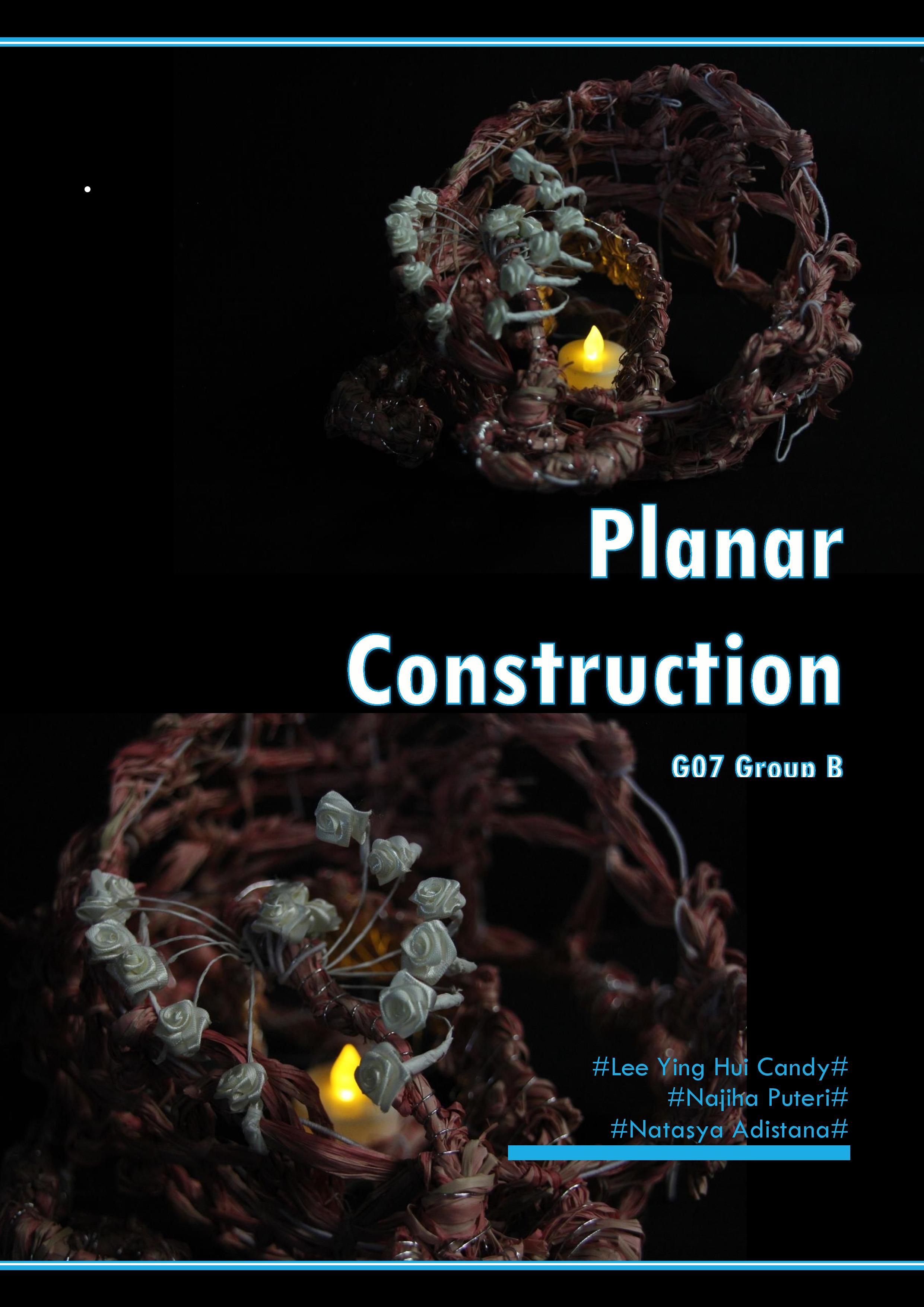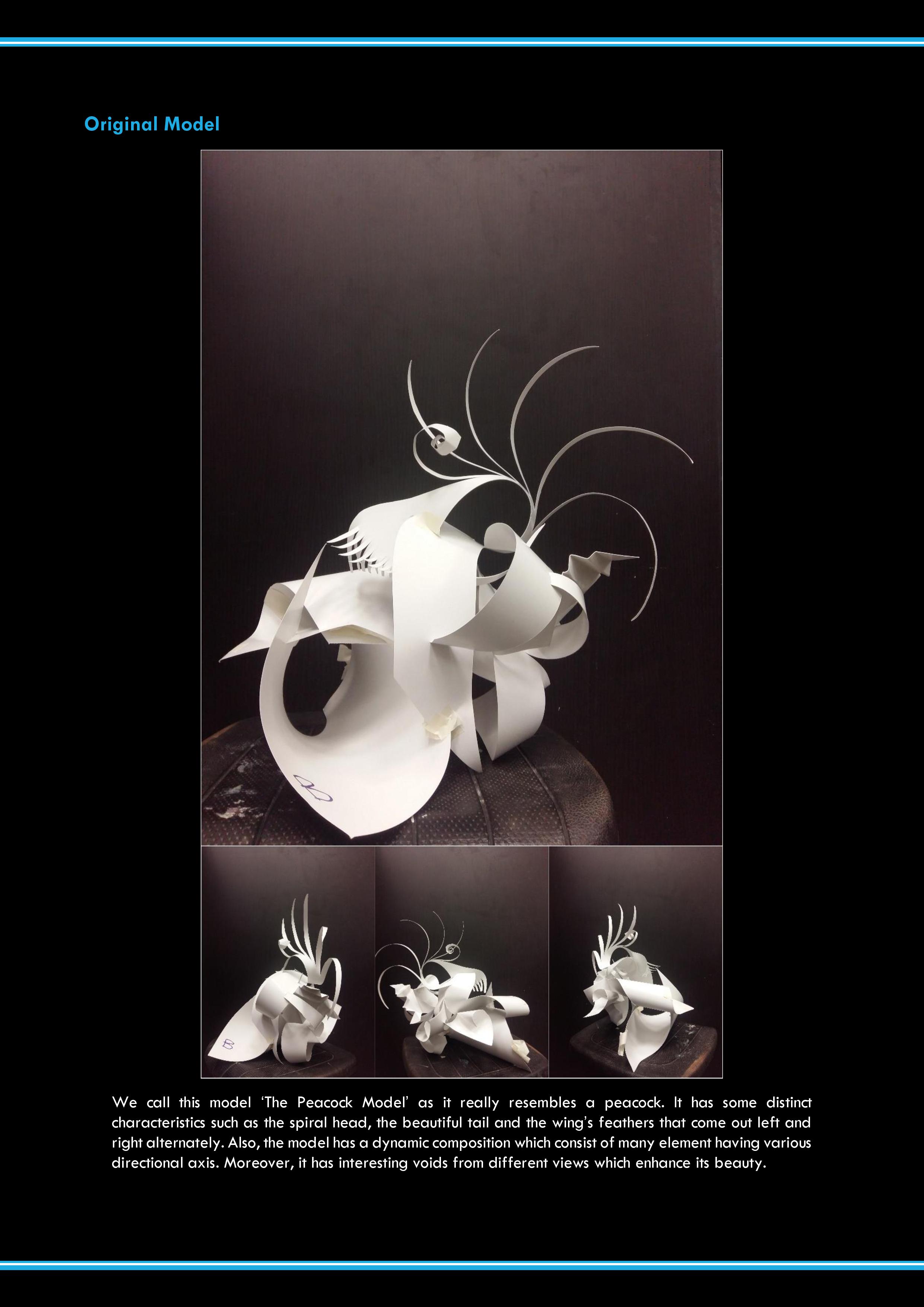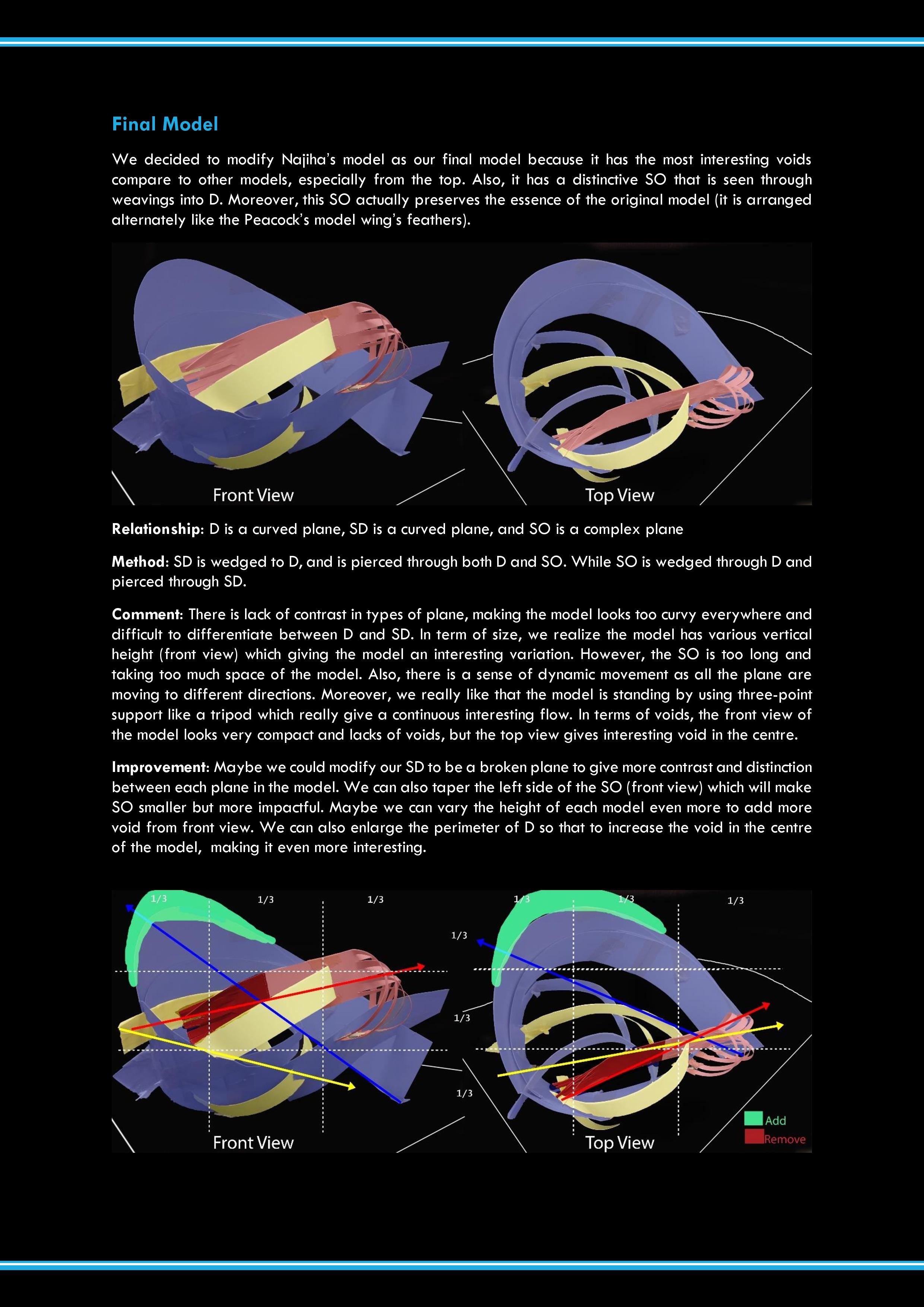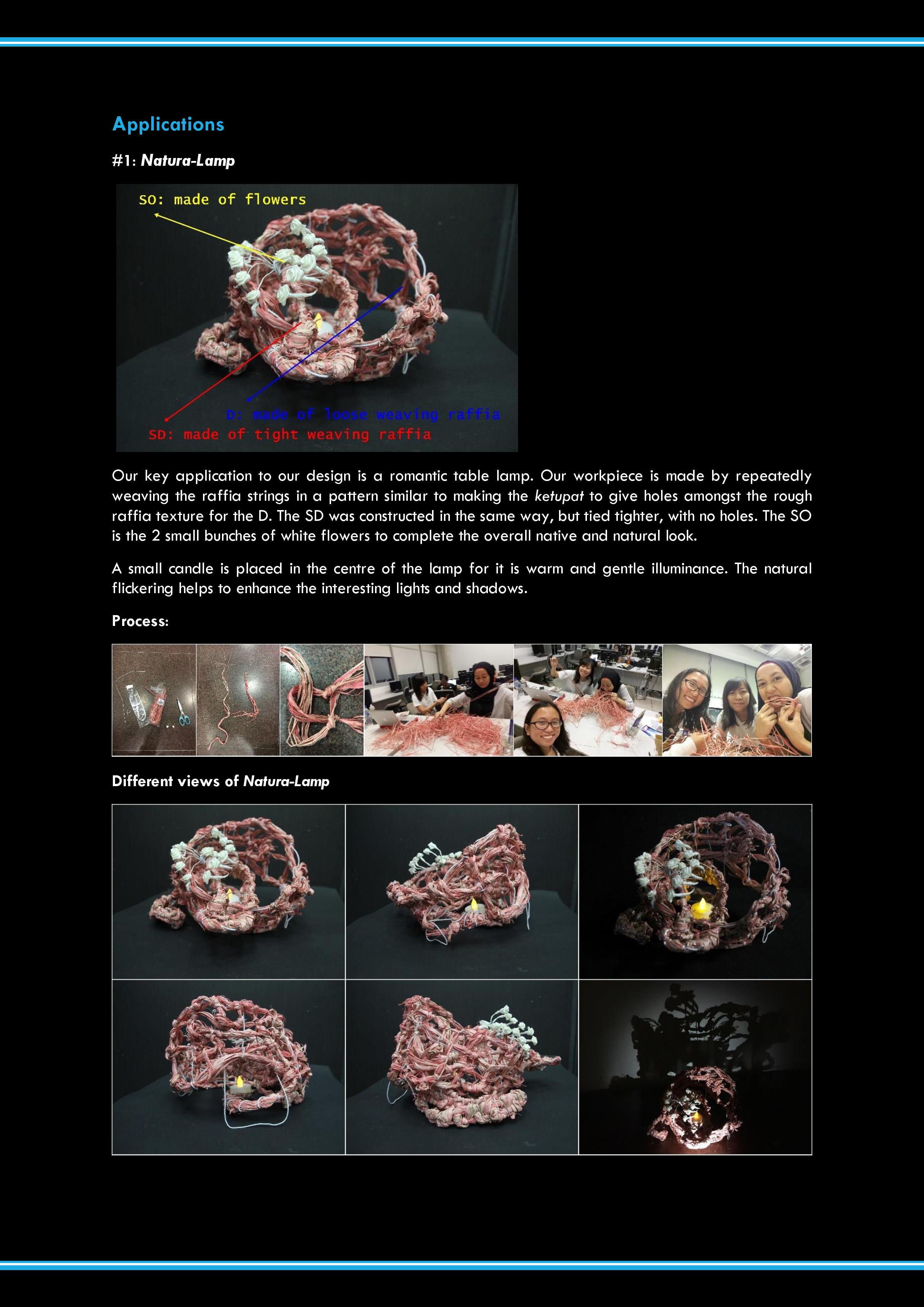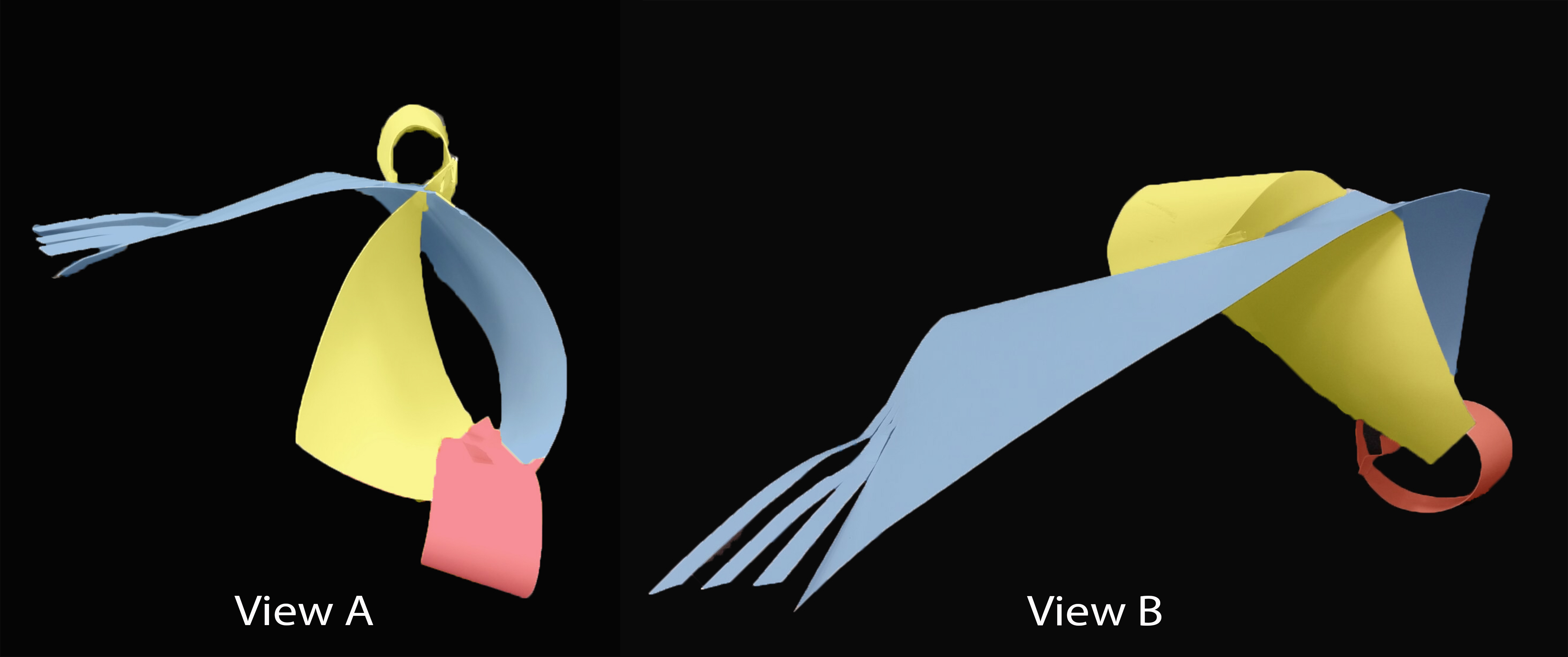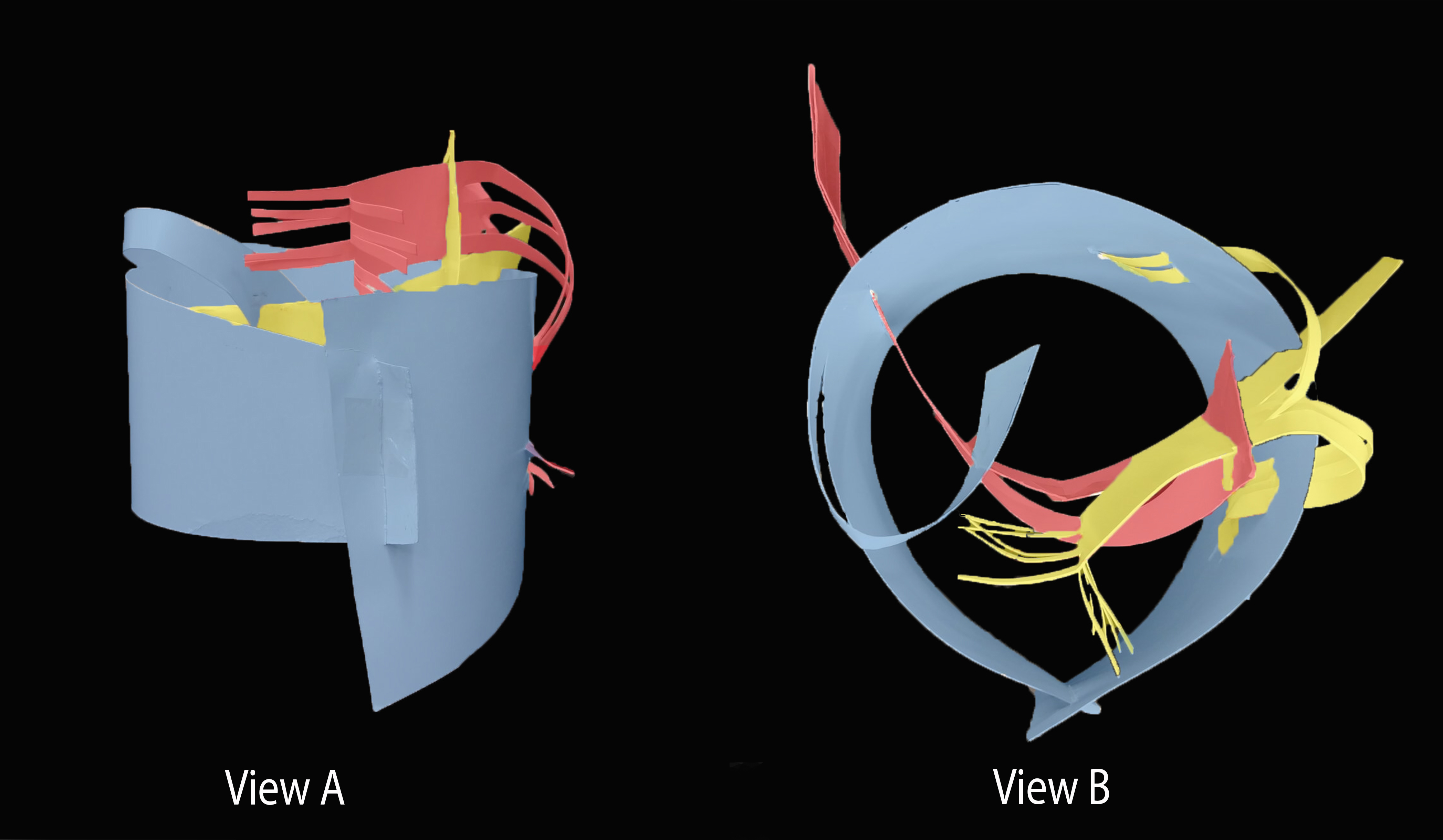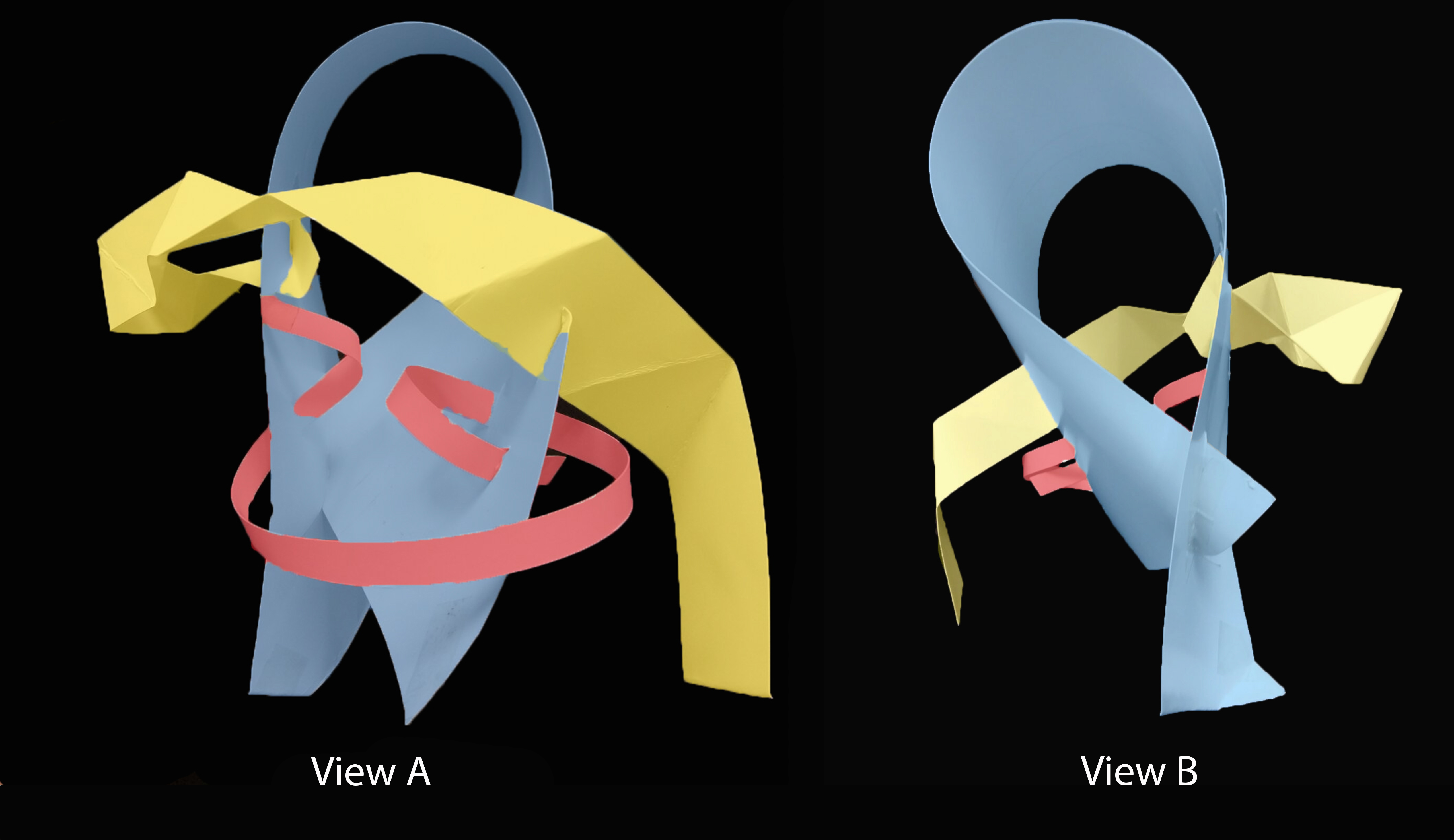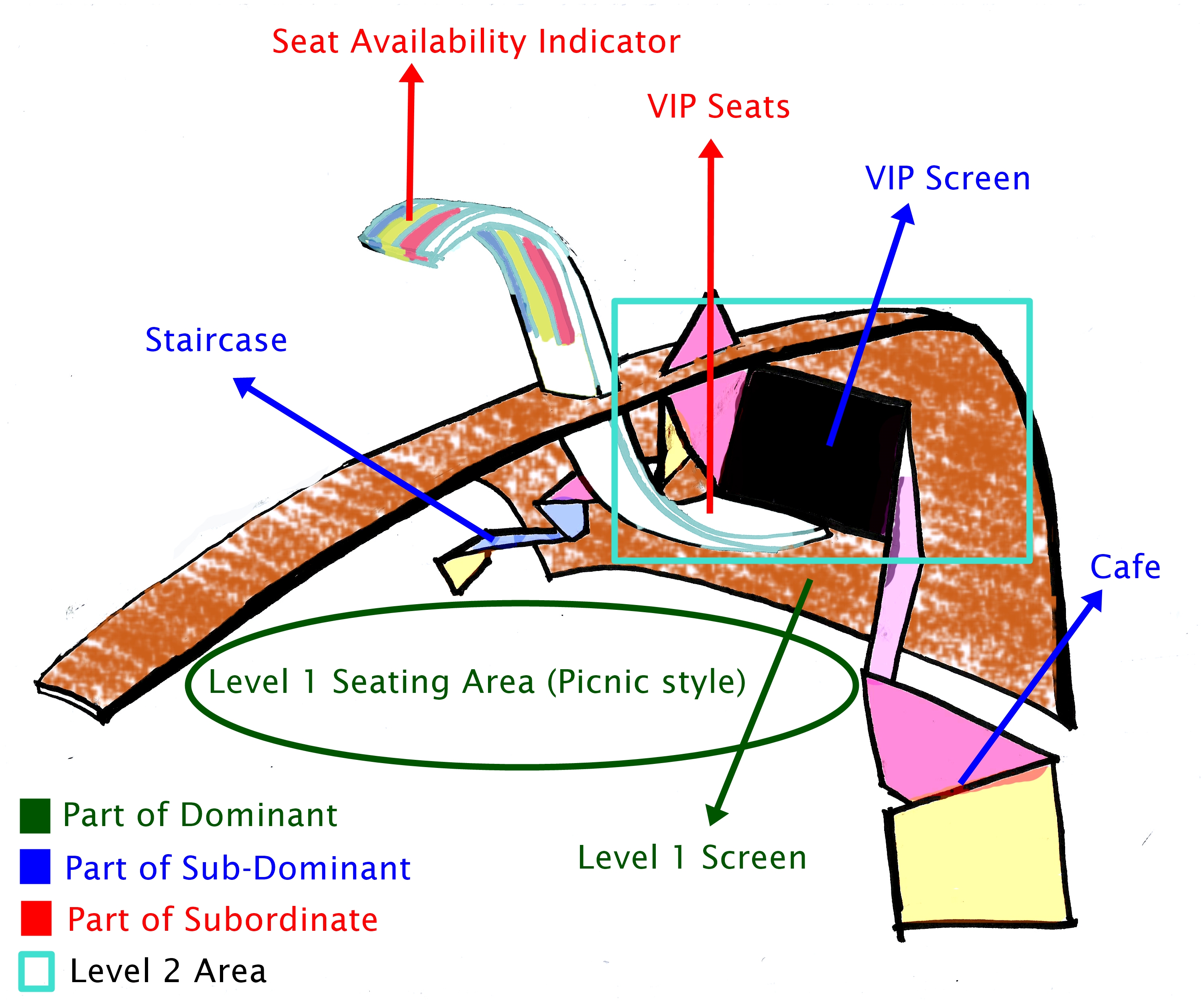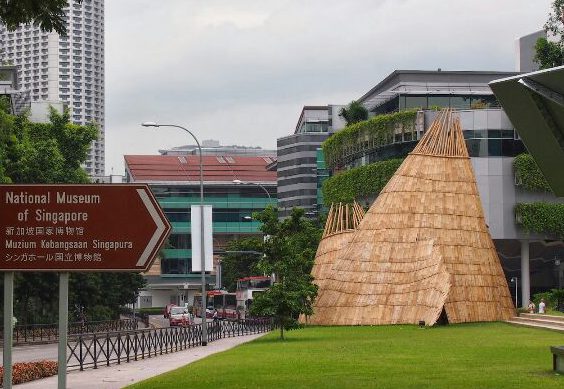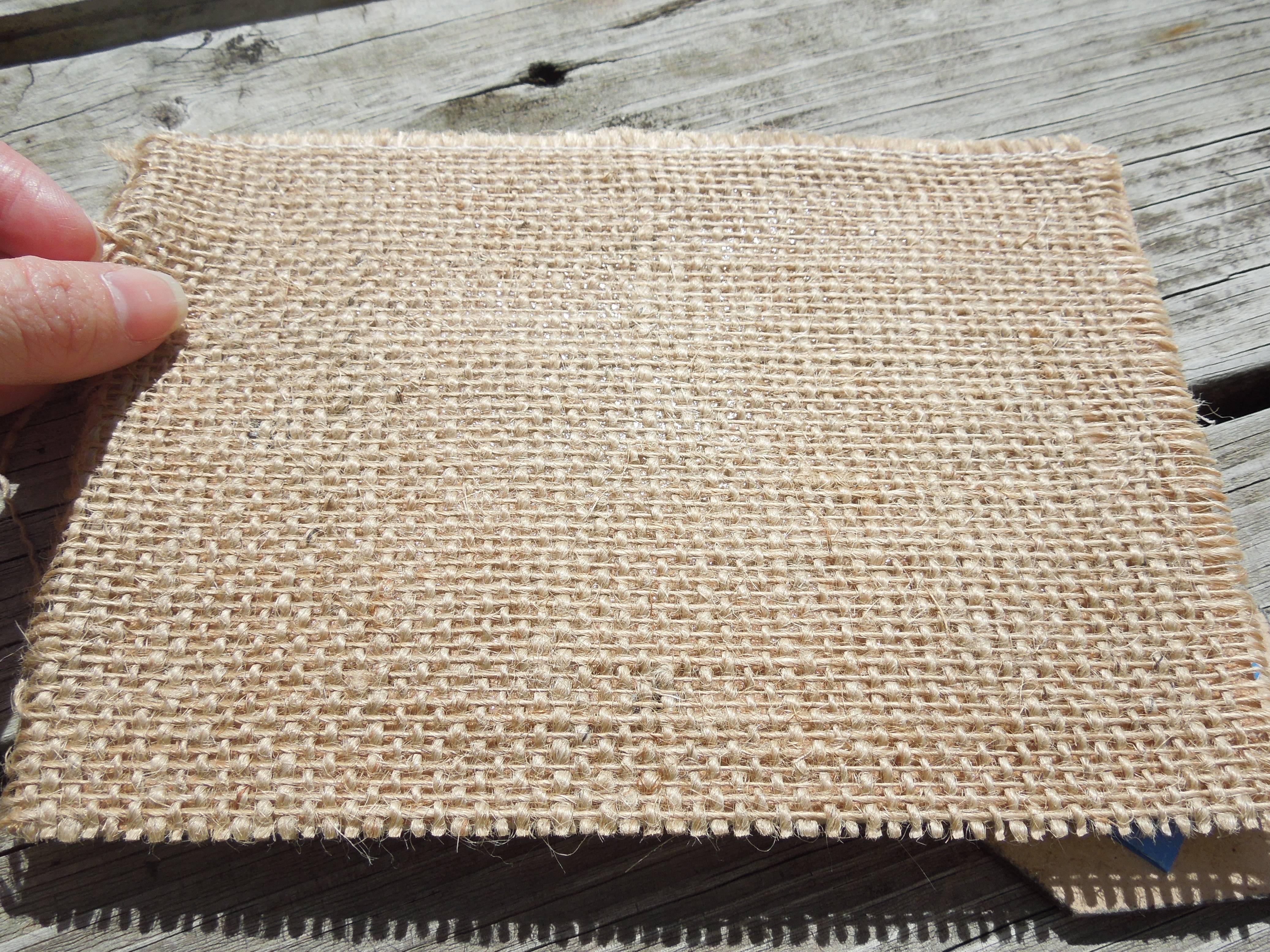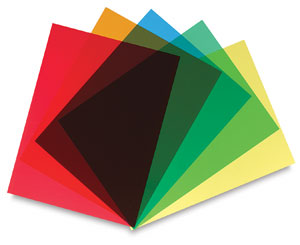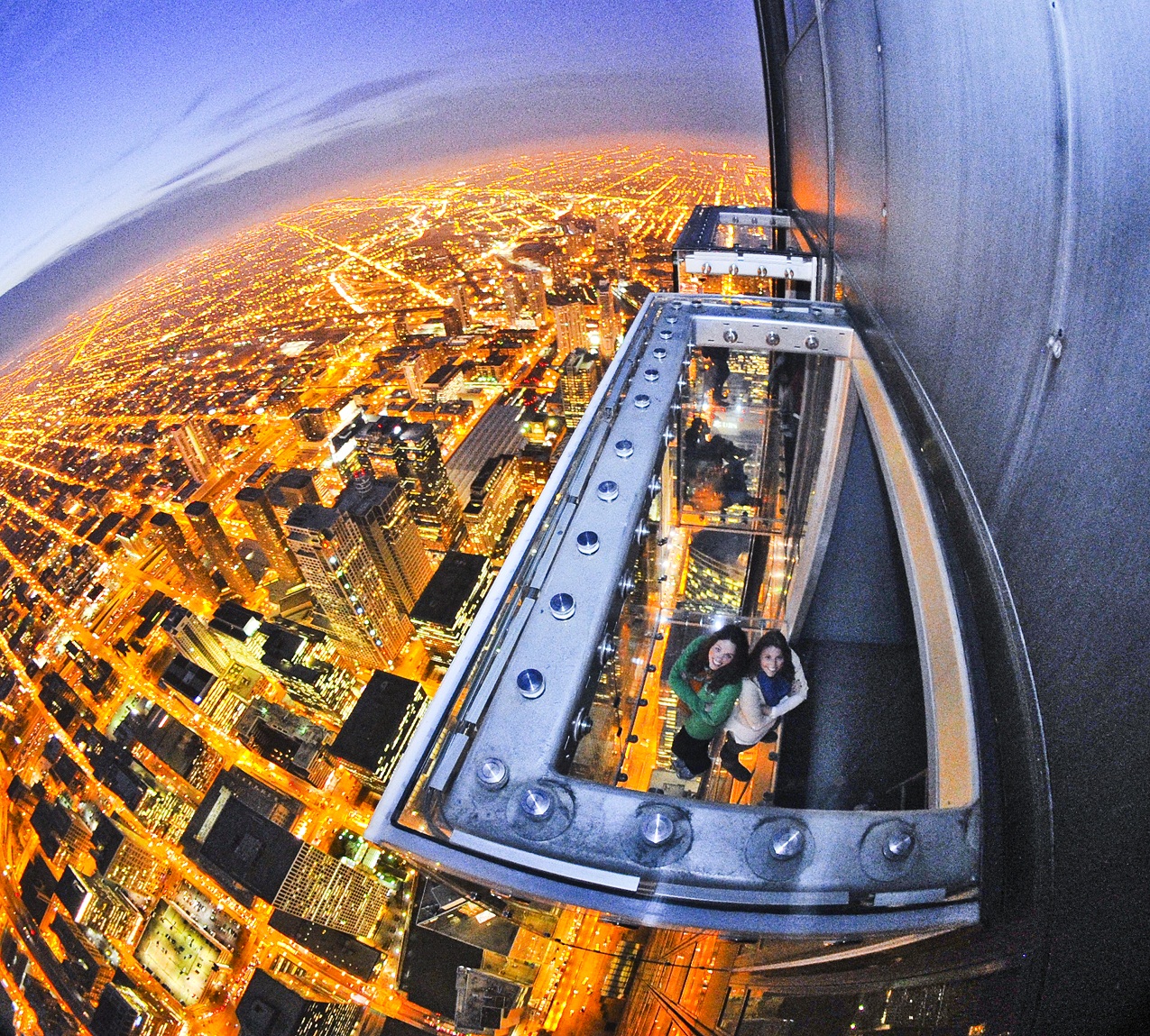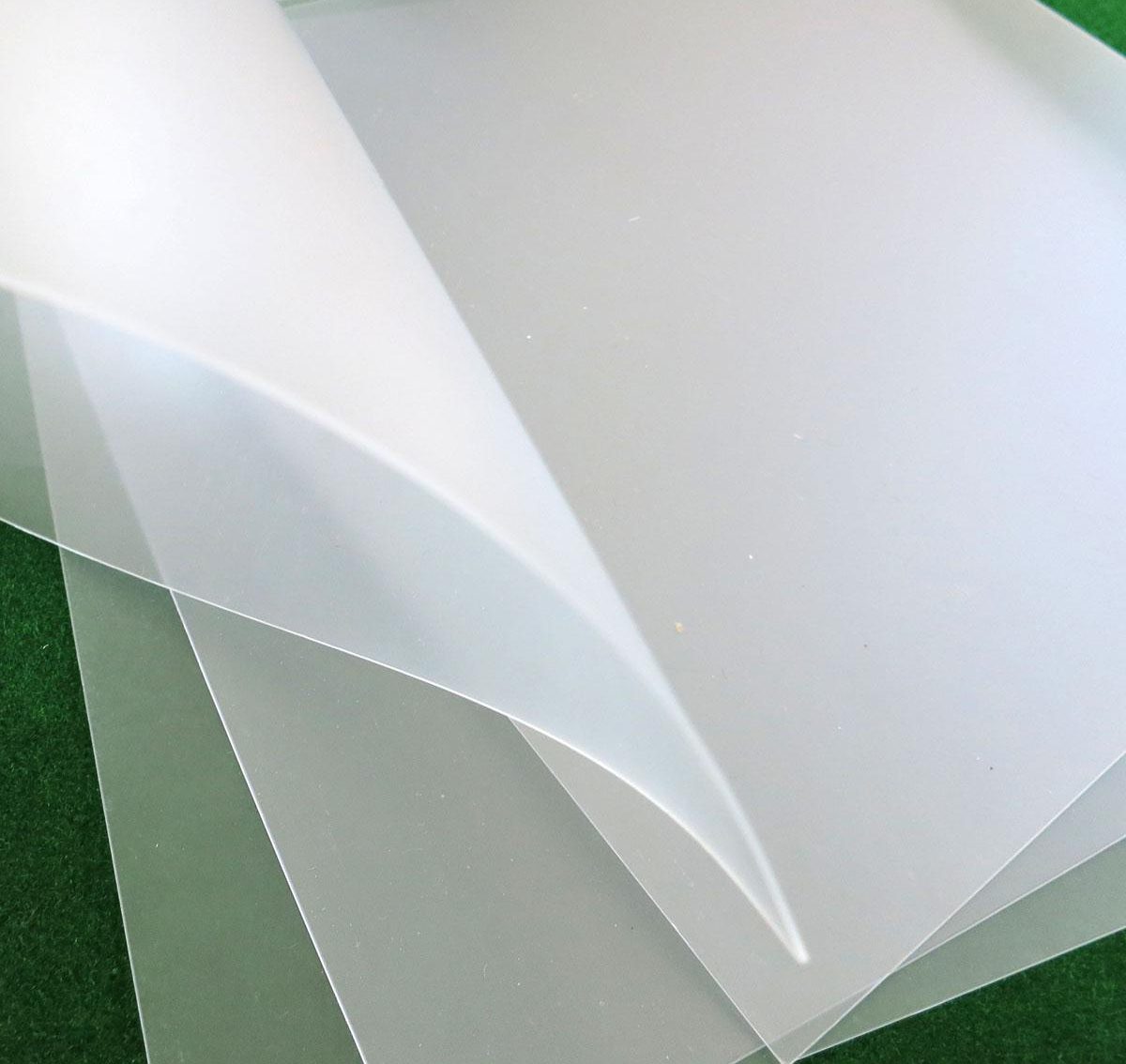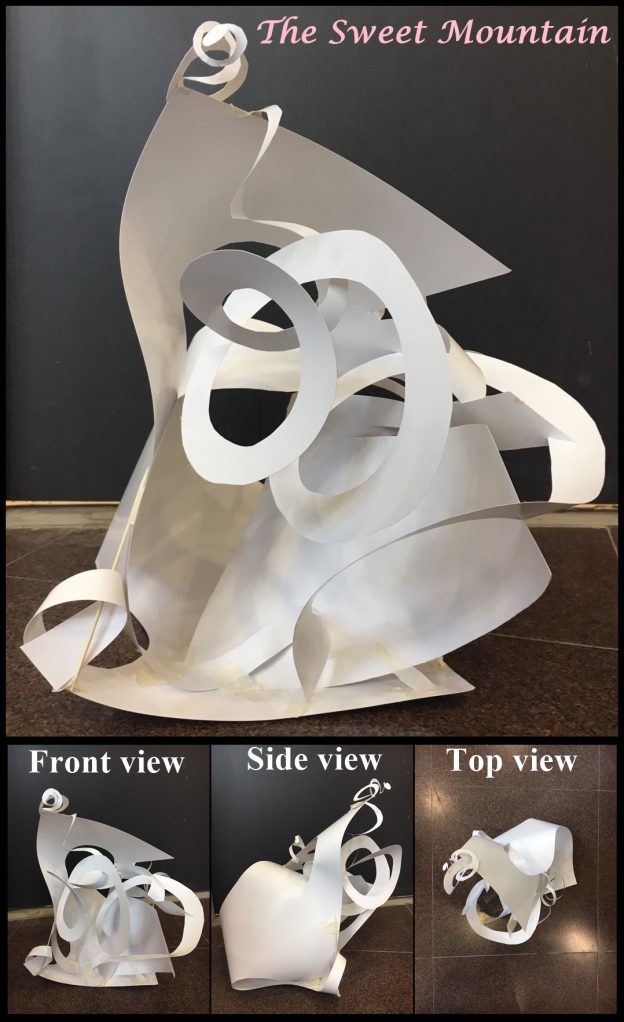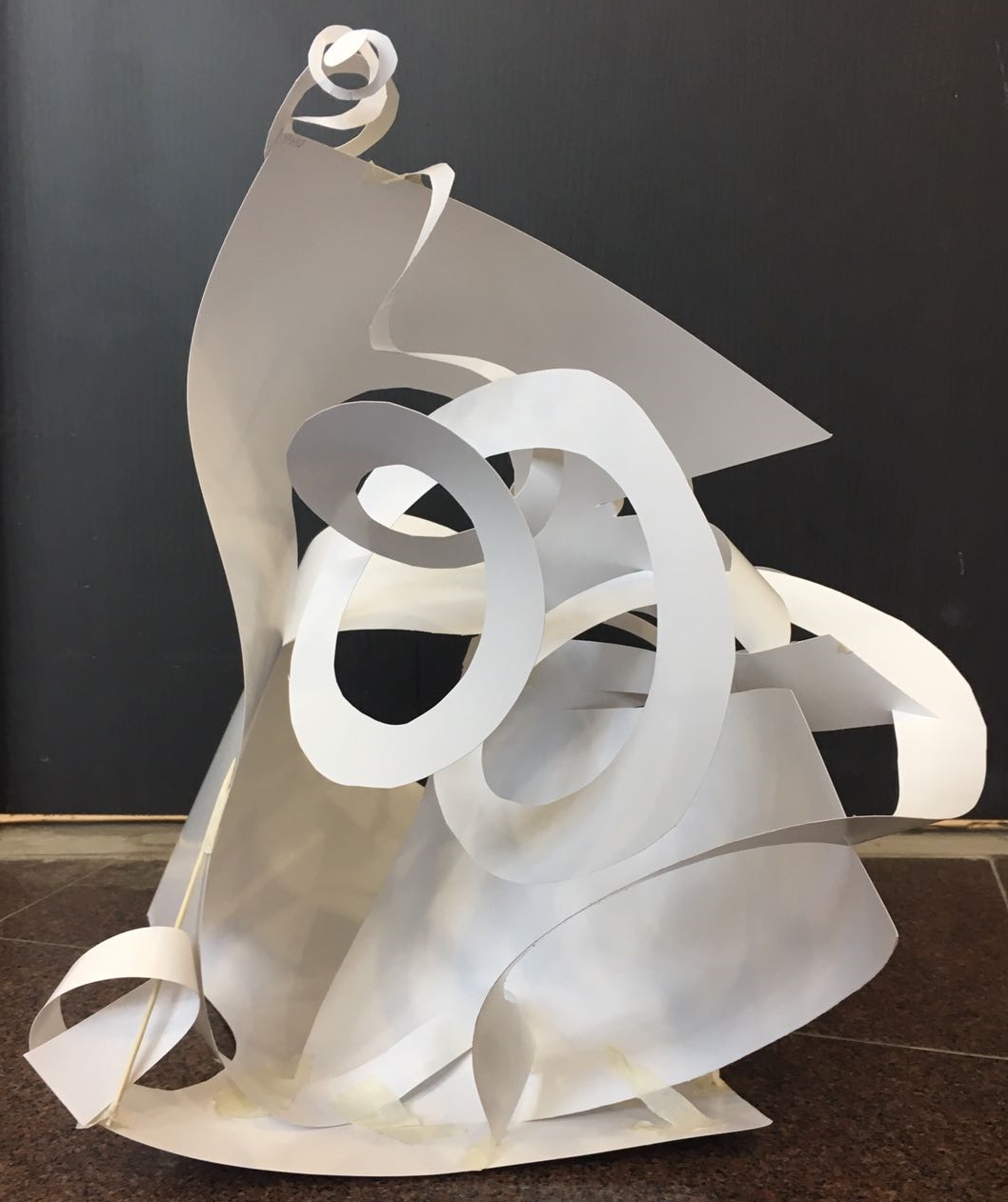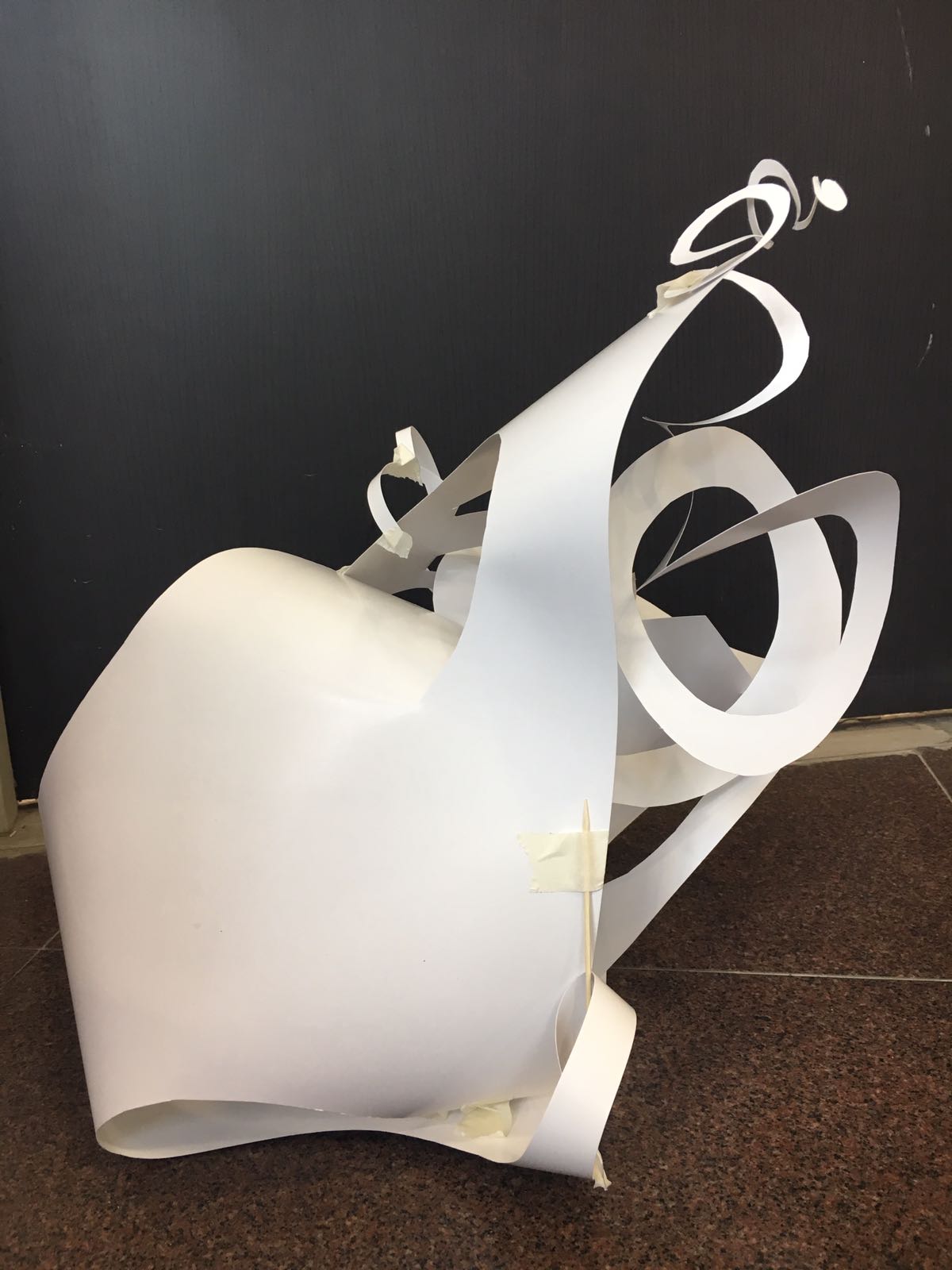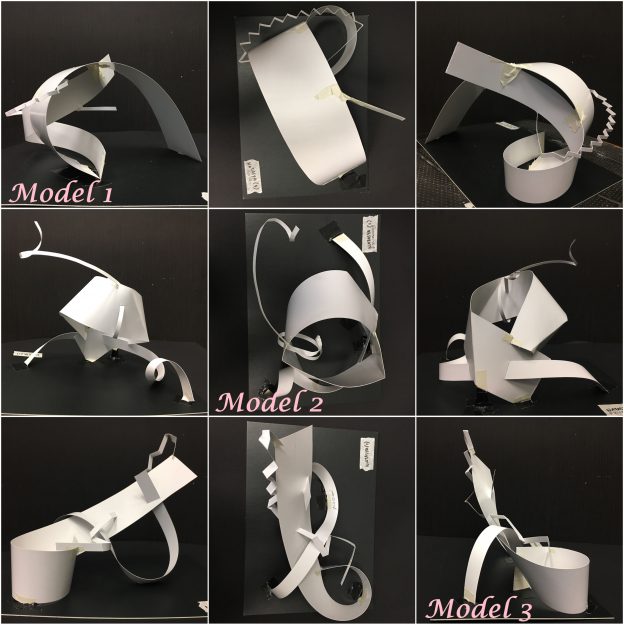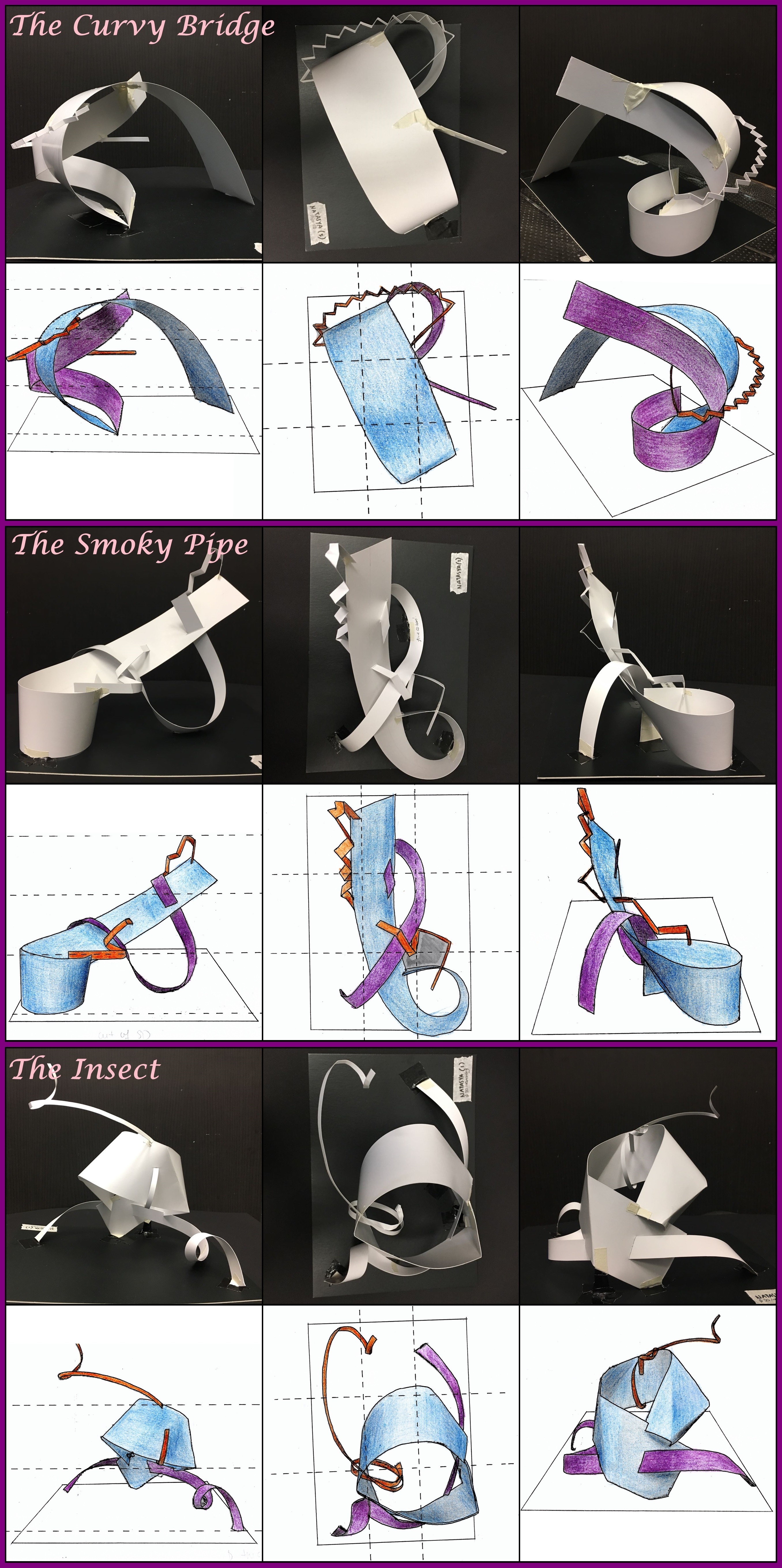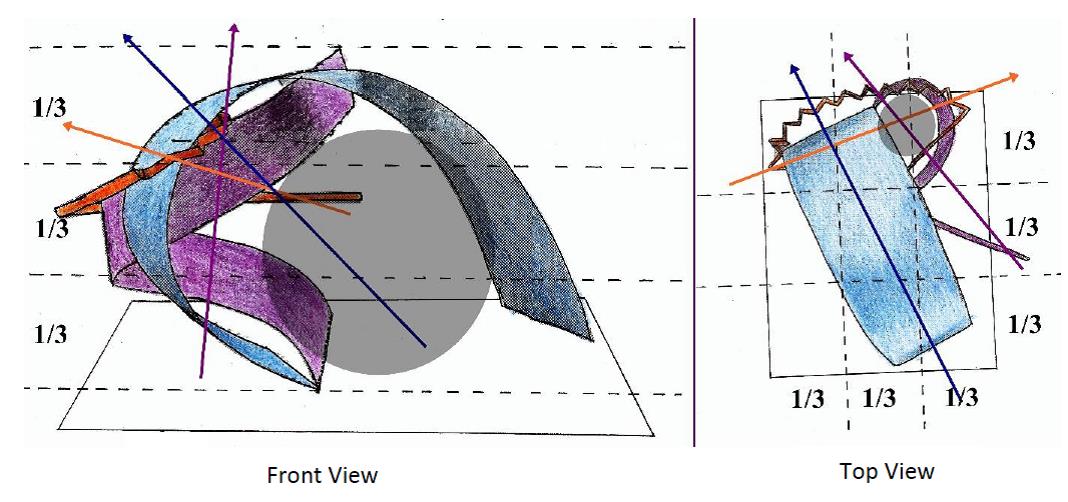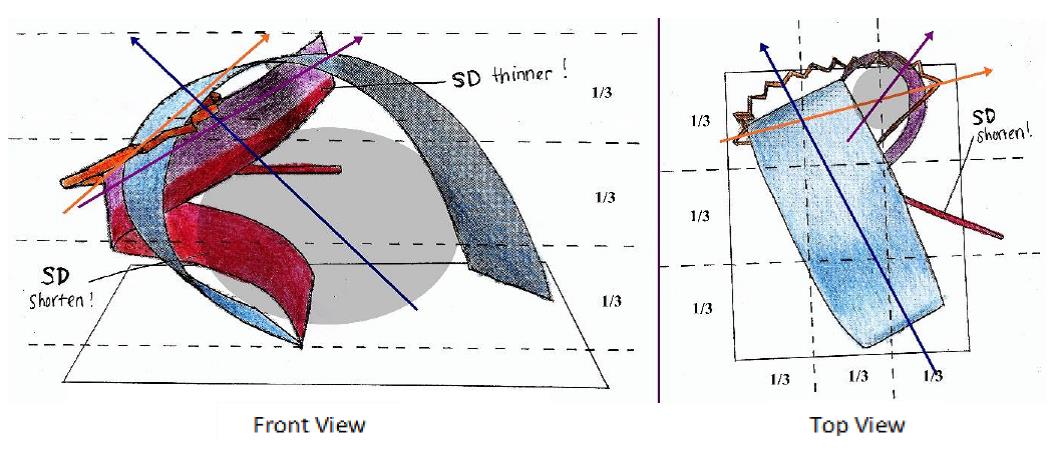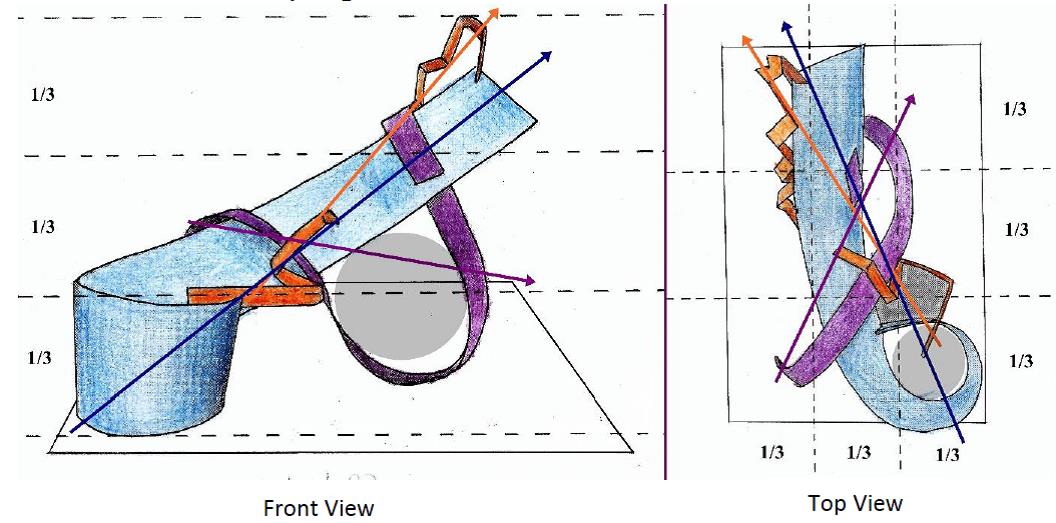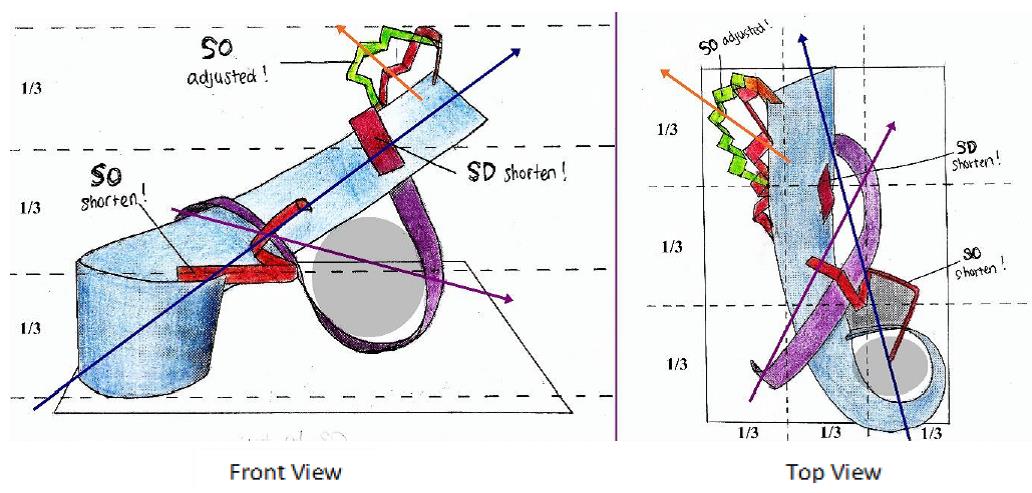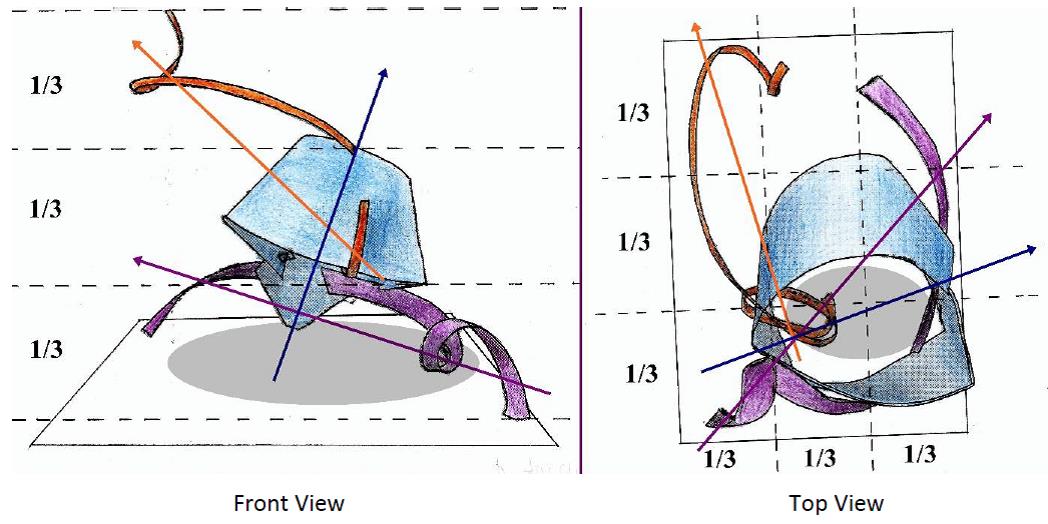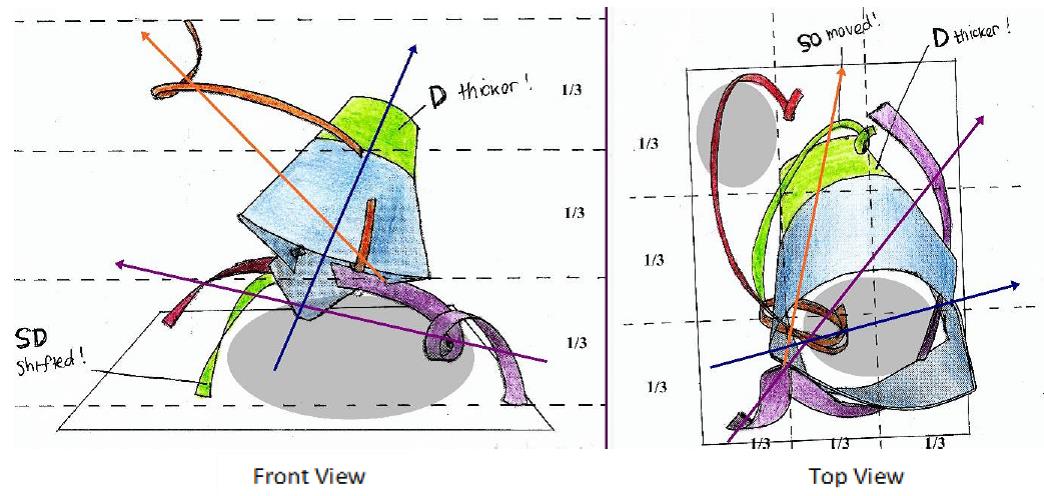Hi!
Okay so we are supposed to create our own sound texturizer, and looking through past years references, it is indeed not gonna be an easy one :’)
THE IDEATION
At first I tried to Youtube a lot of videos for inspiration.
This video is the one that somehow inspired and motivated me the most.
My favorite instrument is actually number 8 ‘Chateau Paulie’. It was not really an instrument but a village-sized art and musical installation.
It is basically the idea of using wind to move pipes which create sounds. And people can pull some ropes to adjust the ‘fan’ creating the sound they wants.
This makes me want to create a customizable sound texturizer.
My very first idea was to use water, and using the idea of water having different pitch when having different level. However as I thought more of it, I had the idea of sound travelling through water.
After some long thought, I finally decided to use the idea of sound texturized by being reflected through long tube and cylinder. And for the source of the sound, instead of the initial idea to blow something, I decided to move things around.
THE PROCESS
A. MATERIALS
First step is to find the sound reflectors: the carton cylinder and washing machine pipe.
Both have texturizing effect, with the washing machine pipe having a more hollow and deeper effect.
Next is to find the sound creator. I decided to make use of a biscuit tin can, creating a hole on the end to connect with the cylinder.
B. CREATION
Firstly, I drilled hole in the metal tin. It was quite time-consuming as we need to drill shape holes one by one before creating
Then, I created the insert part of the sound creator by dividing them into 3 different layers.
- Part 1: plastic case part to put in customisable things inside and sound is created from friction between components and plastic

- Part 2: middle part to put in chains and wire sound dragging around the metal can

- Part 3: metal part to put in customisable components and the sound is created form friction between components and metal

Next, is to create the support for the cylinder and tin, they are made of boxes.
Then the next step is to connect the can tin—carton cylinder—washing machine pipe and put them on the support! YEAY
I also created ways to take out the components and allow customising them without taking out the whole thing.
TADAA the Soundtube is created!
C. INNER COMPONENTS
I want to have various type of components made of different type of materials.
Ranging from those creating louder friction sound like coins and macaroni to those creating softer friction sound like foam balls and foam pieces.
D. HOW SOUNDTUBE WORKS
The player rotate the sound creator either to rotate it in one direction or changing the direction repetitively.
When it is rotated, the components inside the sound creator will create sound out of friction. This sound will be reflected in the carton cylinder, changing it’s frequency as the sound becomes deeper and hollower. Afterwards, the sound will further reflected inside the washing machine pipe before being heard by the listener.
The rhythm and beat are adjusted by modifying the tempo of rotation.
E. HOW SOUNDTUBE SOUNDS
(Precaution! Sound recorded are loud! Better lower your computer volume)
At first the plastic case was filled with water.
I expected the sound to be like when I shake the plastic case only:
However after realising that the plastic case kind of dampen the water sound and the rotation create much slower movement than shaking the plastic case (which result in less intense sound being created). The sound became like this:
As the water sound became really soft and almost unheard, I decided to use solid components as the friction sound is louder.
And here is some different experiments on sound recording of the Soundtube!
- Empty components for part 1 and 3 (only part 2) – empty set
- 5 macaronis (part 1) and 5 staples (part 3) – initial set
- 5 staples (part 1) and 5 macaronis (part 3) – does switching the components create much different?
- 20 macaronis (part 1) and 5 staples (part 3) – does adding components increase the intensity?
- 5 foam balls (part 1) and a pinch of loom bands (part 3) – does using softer friction sound components really dampen the sound?
Finally, out of curiosity, I put in my phone inside the whole sound creator and set an alarm and recorded the sounds.
- Alarm with no sound reflectors (no cylinder and no pipe)
- Alarm with sound reflectors (both cylinder and pipe)
Conclusions:
- Switching the components between part 1 and part 3 caused differences! (most likely only when it has loud friction sound component i.e. no affect when both are soft friction sound components)
- Adding components increased the intensity of the sound to a certain extent only i.e. the addition of component is not proportional to the increase of intensity (most likely because the surface area is already full of components and the speed of rotation is slow)
- Using soft friction sound components did not really make the sound softer and dampened (maybe because the chains and wire frictions and part 2 still contributed loud sound)
- For the alarm, the sound creator only actually amplified sound inside as it is made of metal and reflects sound! And the sound reflectors make the alarm sounds heavier and more further away, it also somehow created a limitation for the pitch of the sound i.e. sound at high pitch is limited and created like ‘echo-y’ effect (the sound reflectors really changed and texturised the initial sound!)
Thank you!
3D Project 2
Research: Hearing and Touch
In Class: Sound Fabrics and Soundscape
Inspiration and Process: Sound Texturizer Trial and Error
Final: THE SOUNDTUBE



